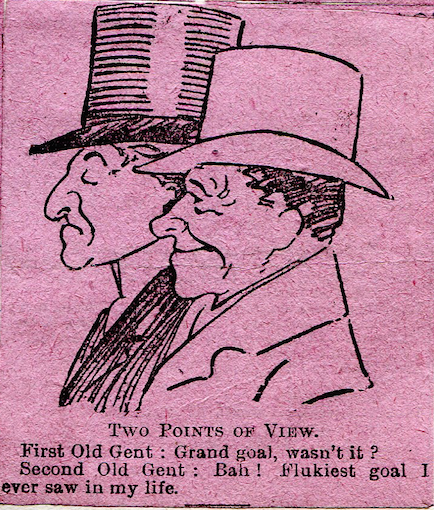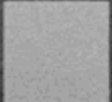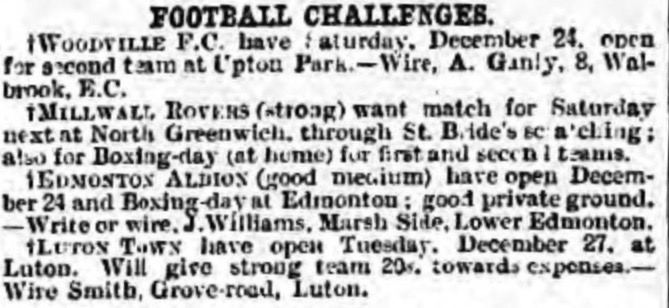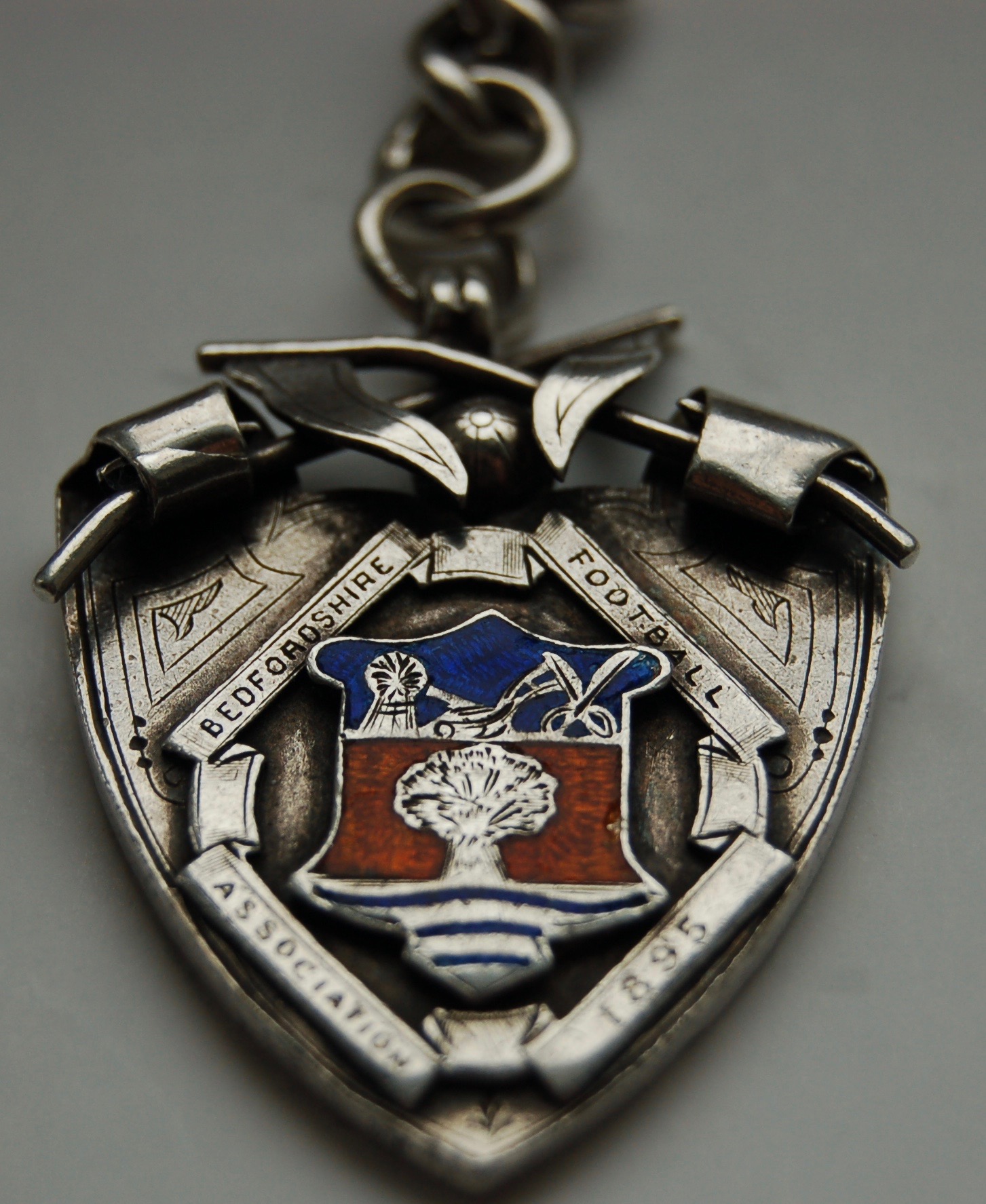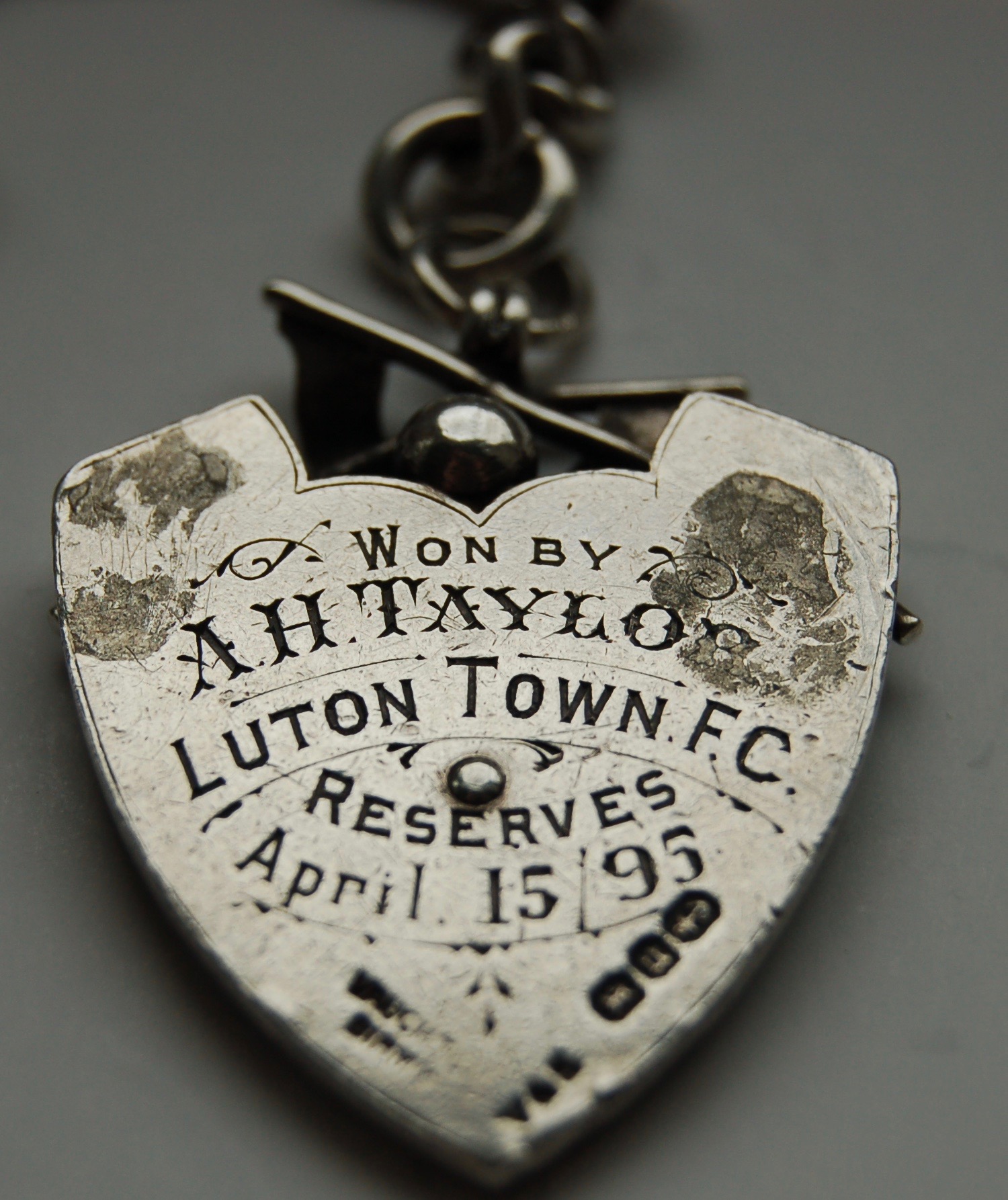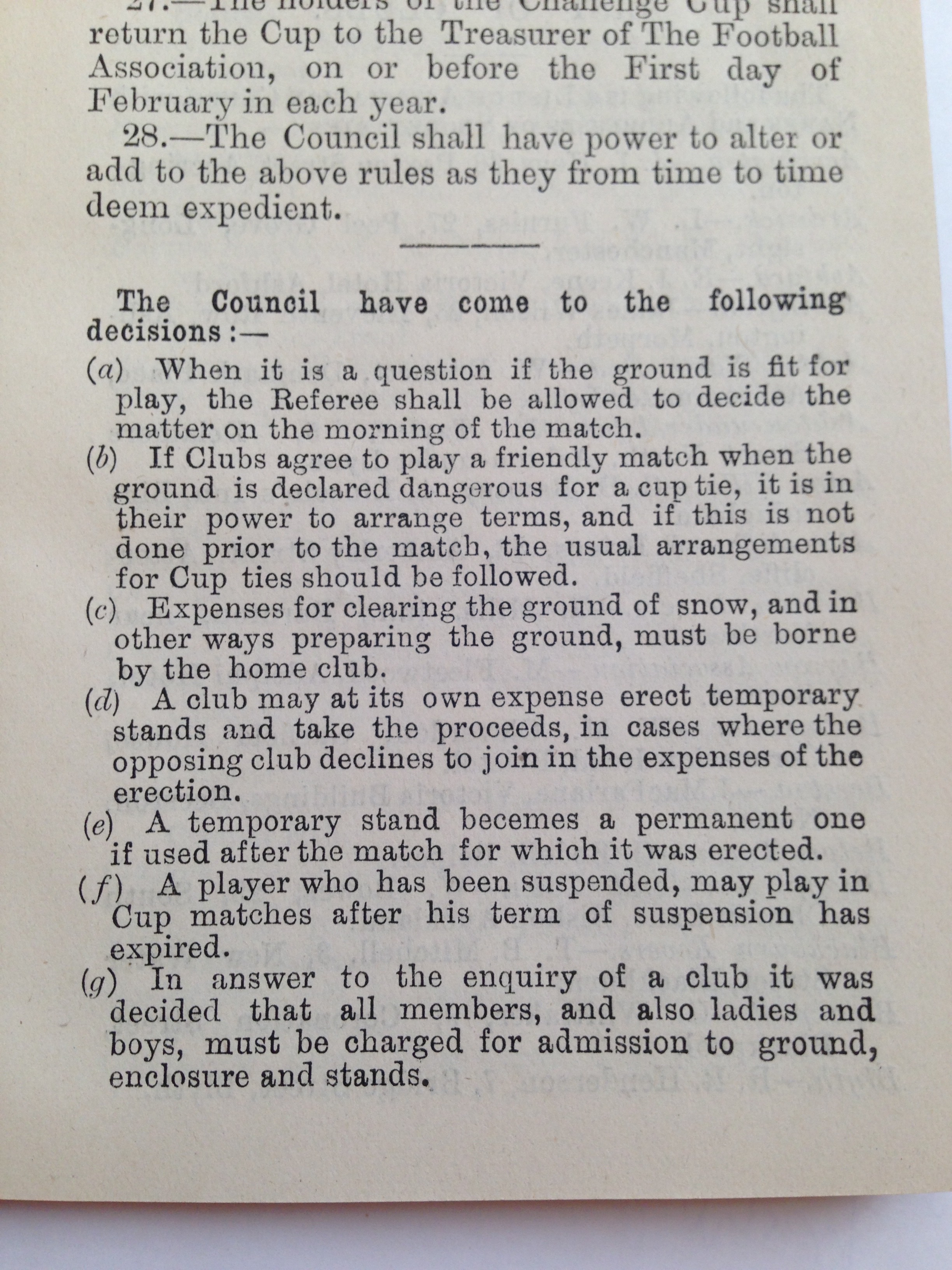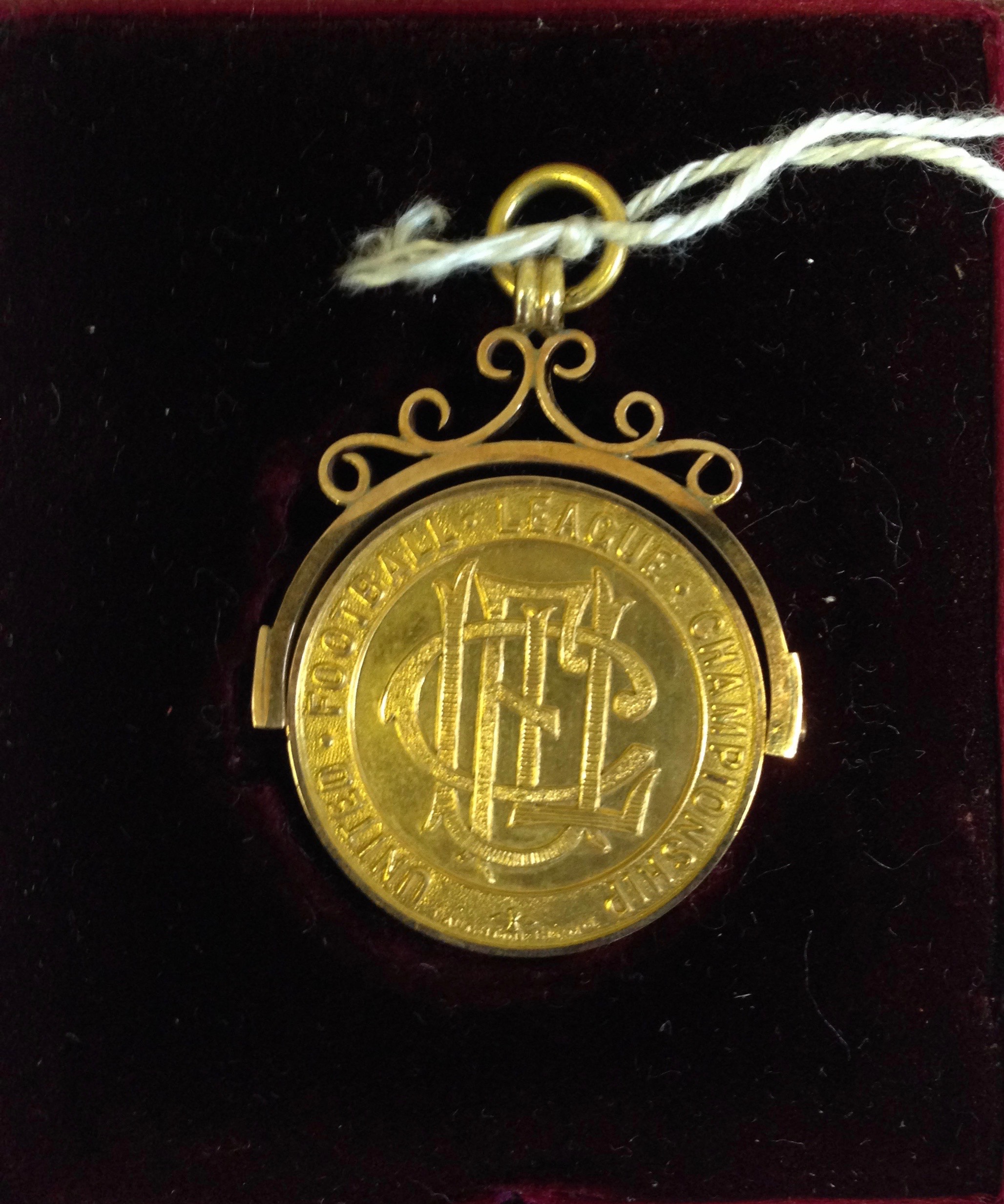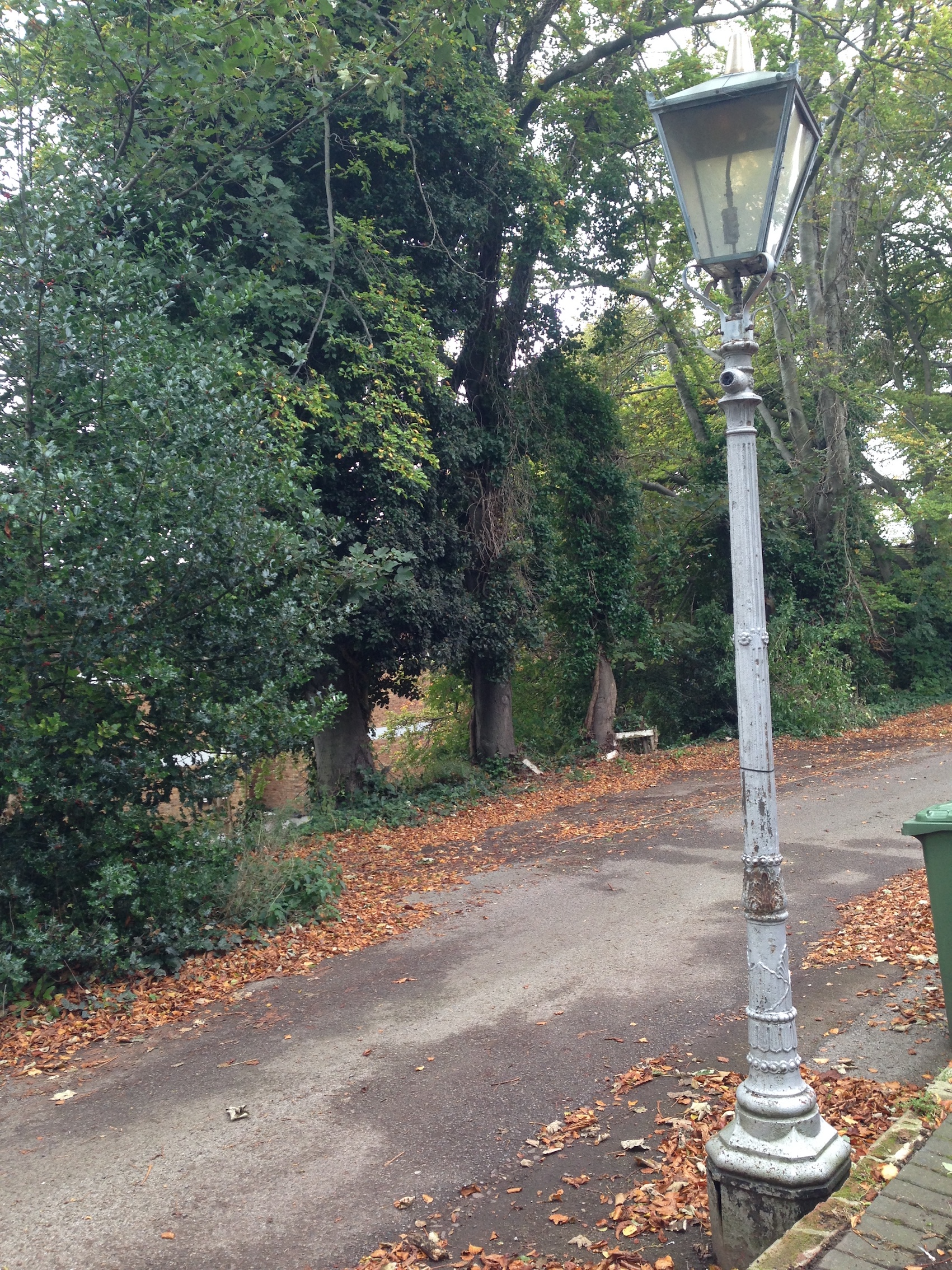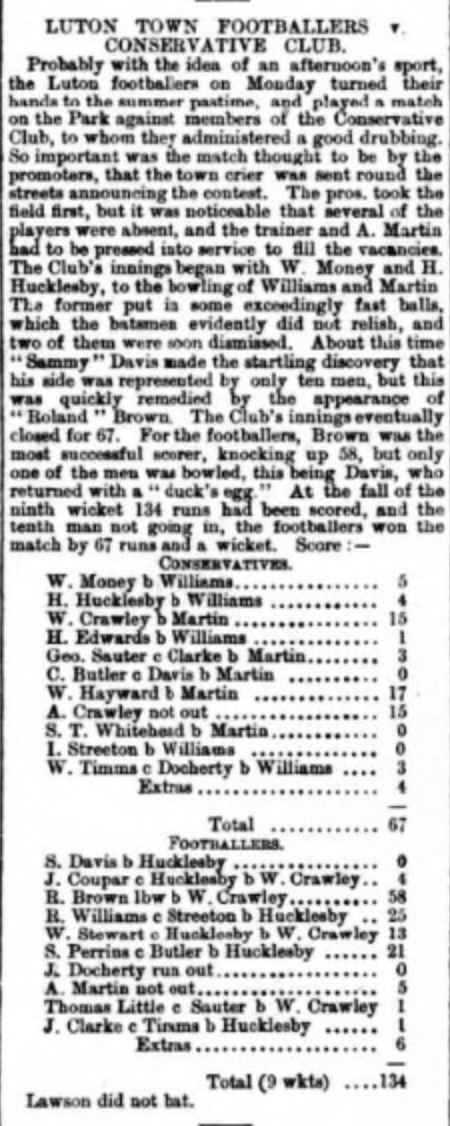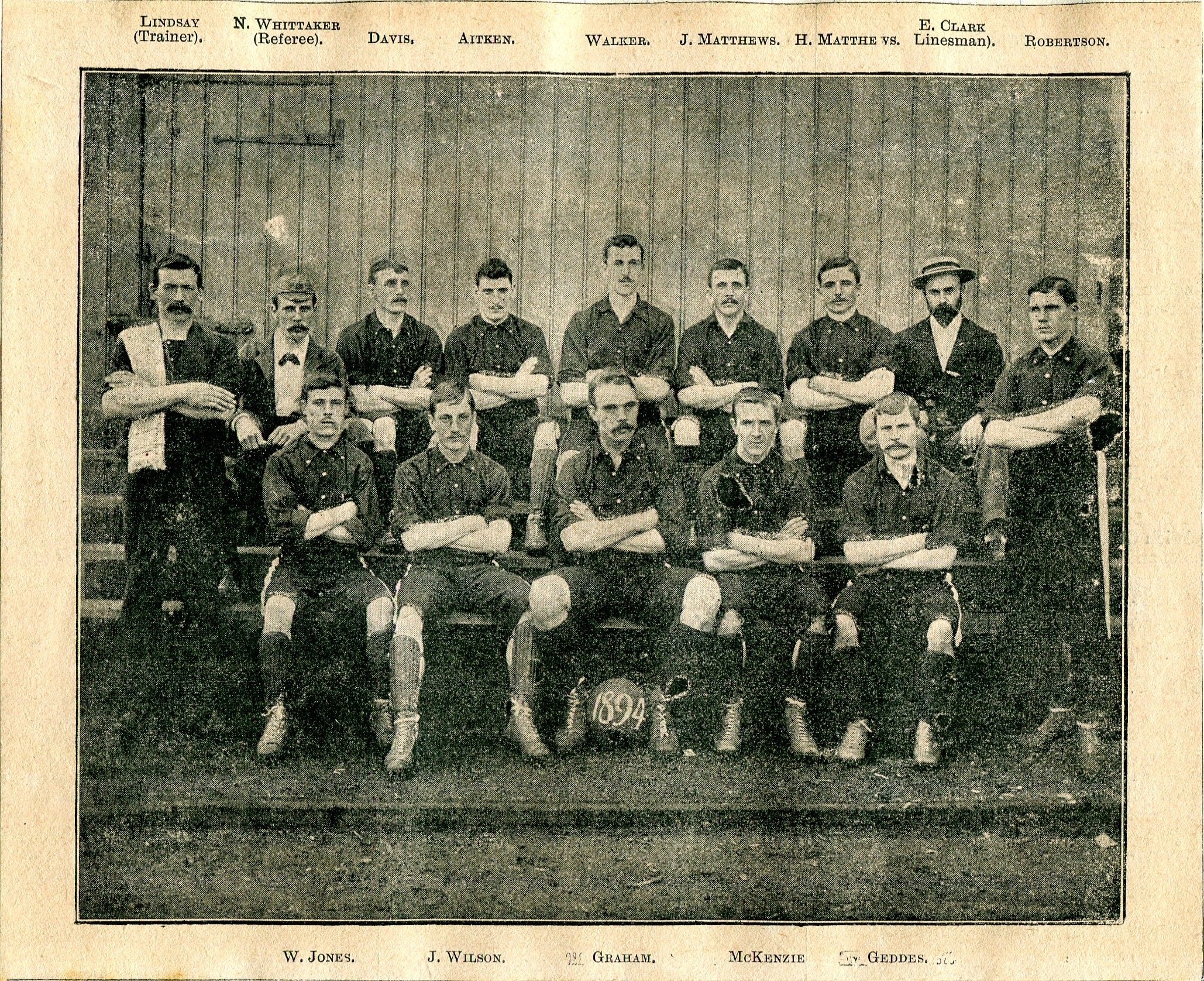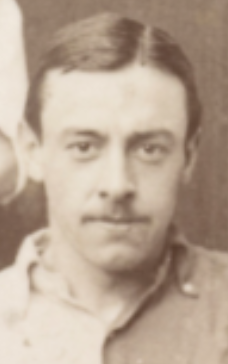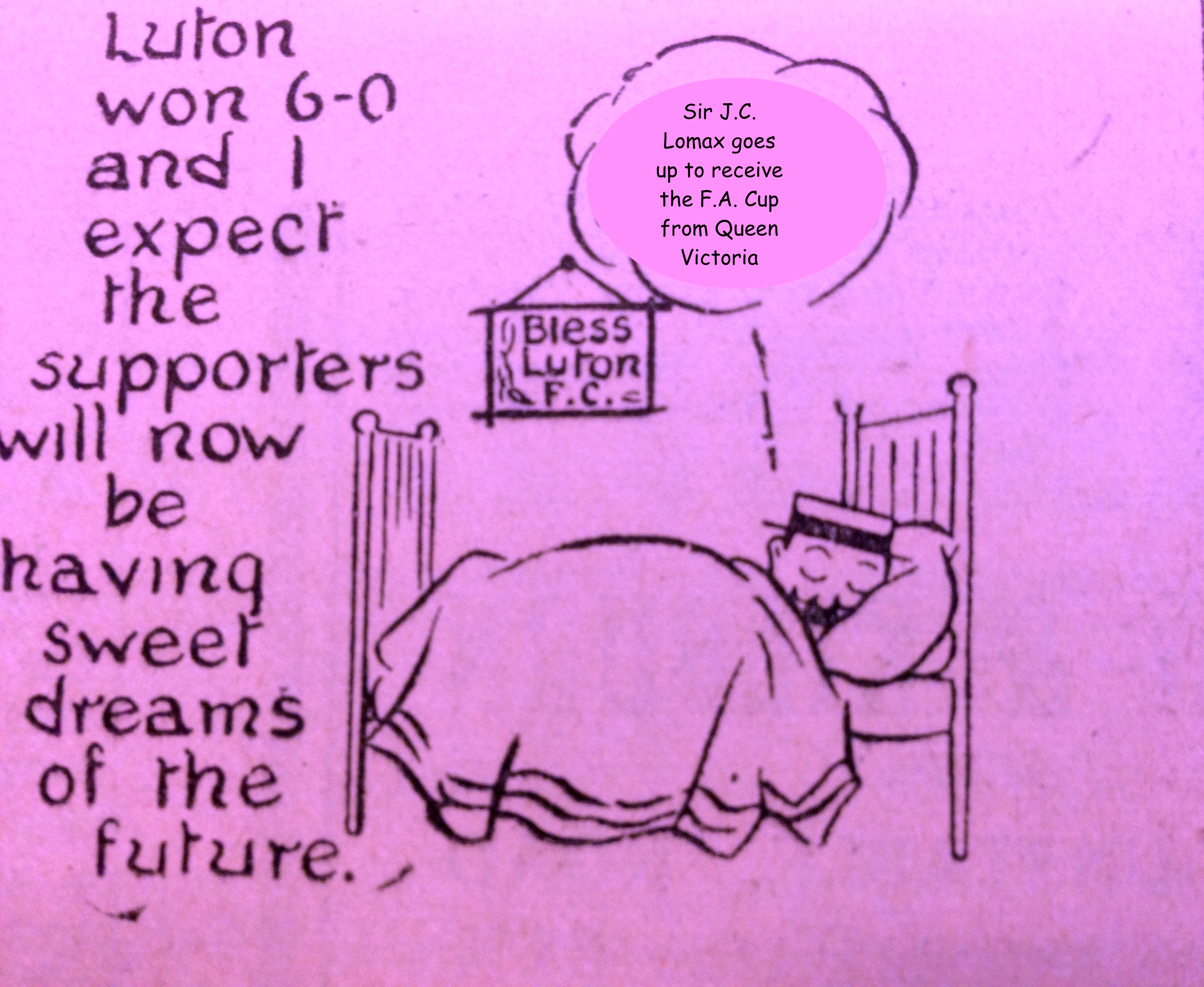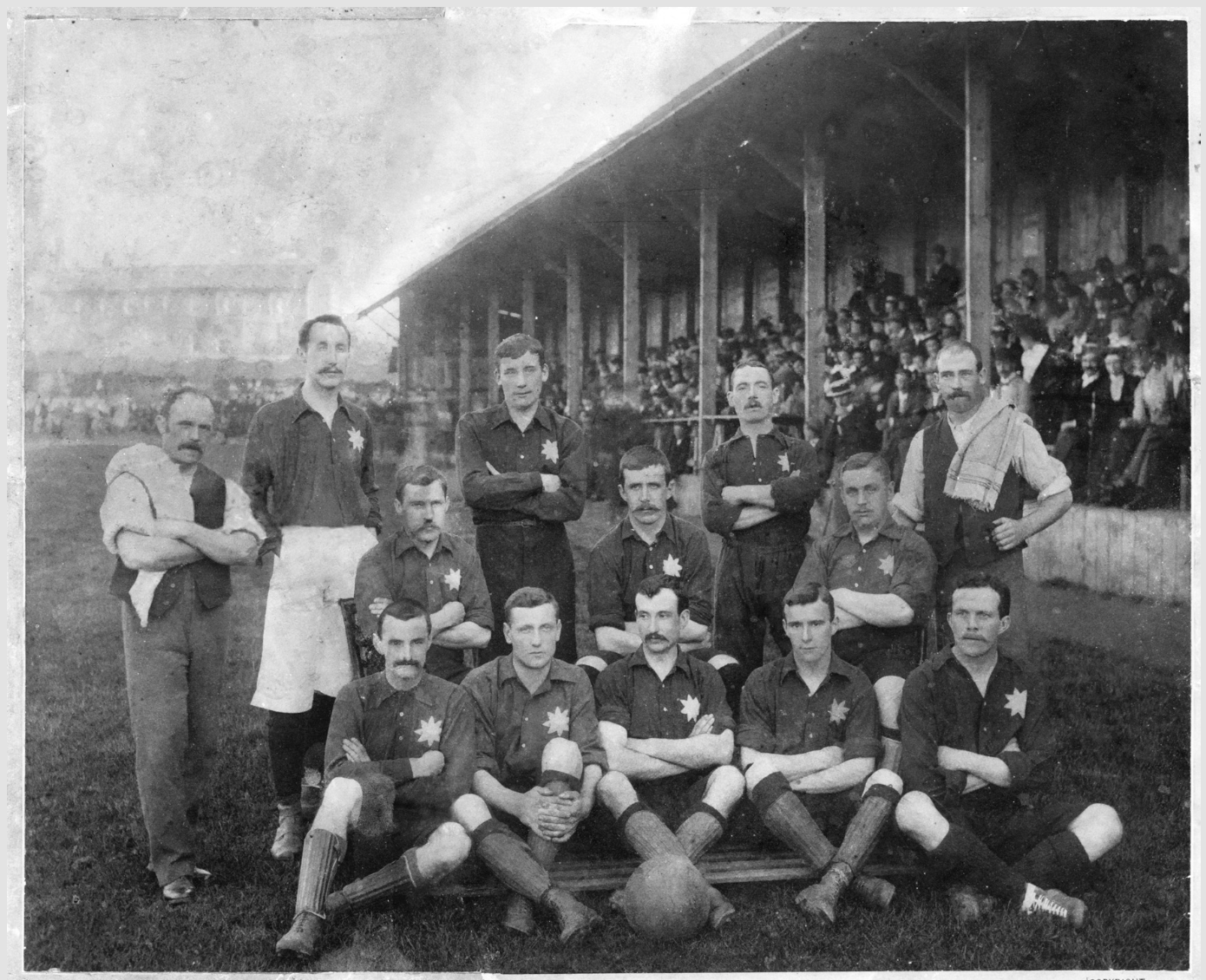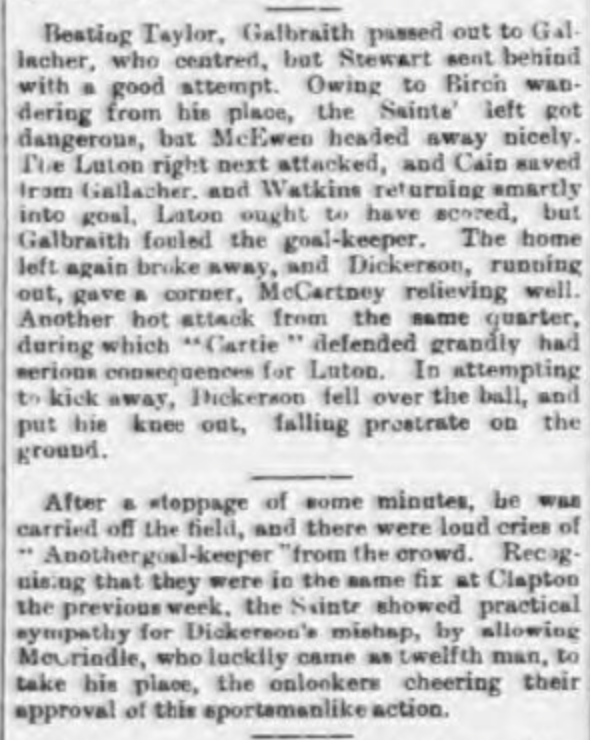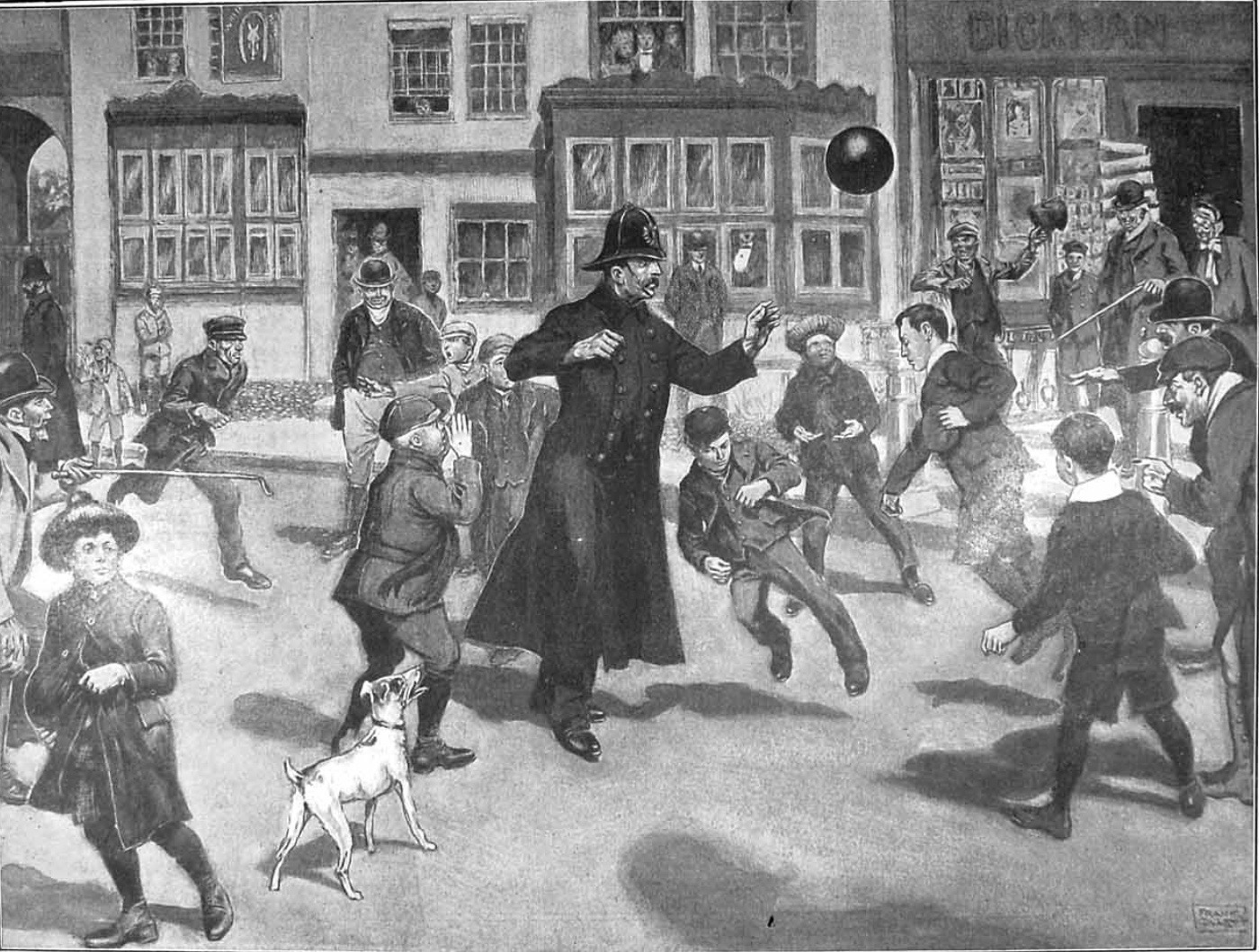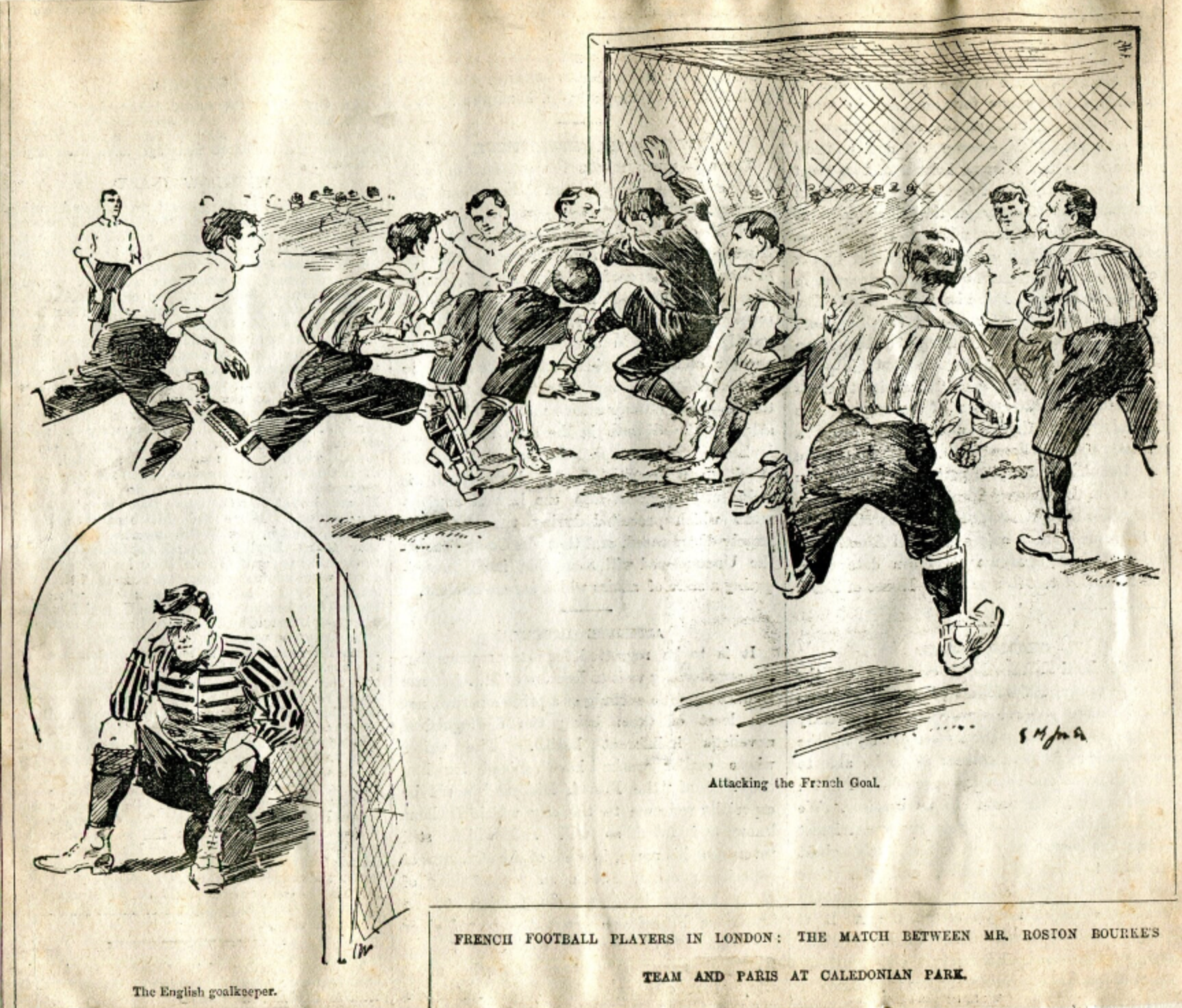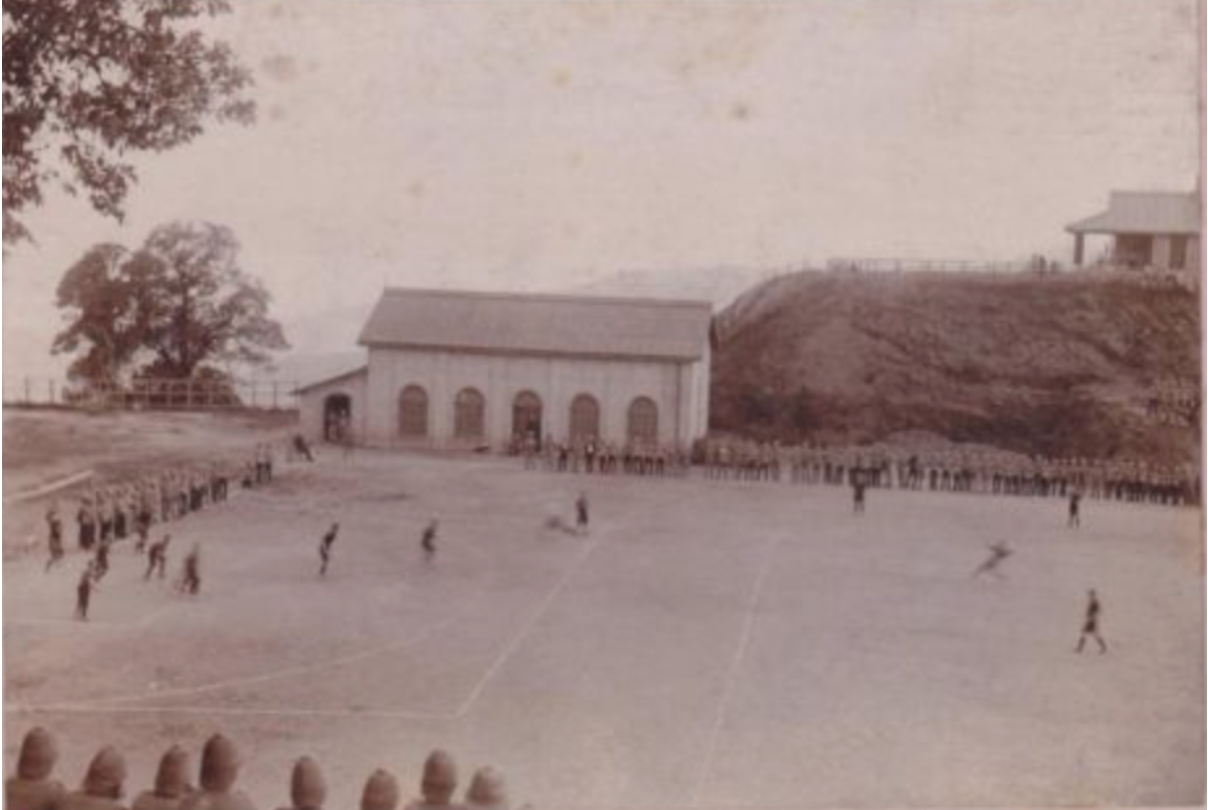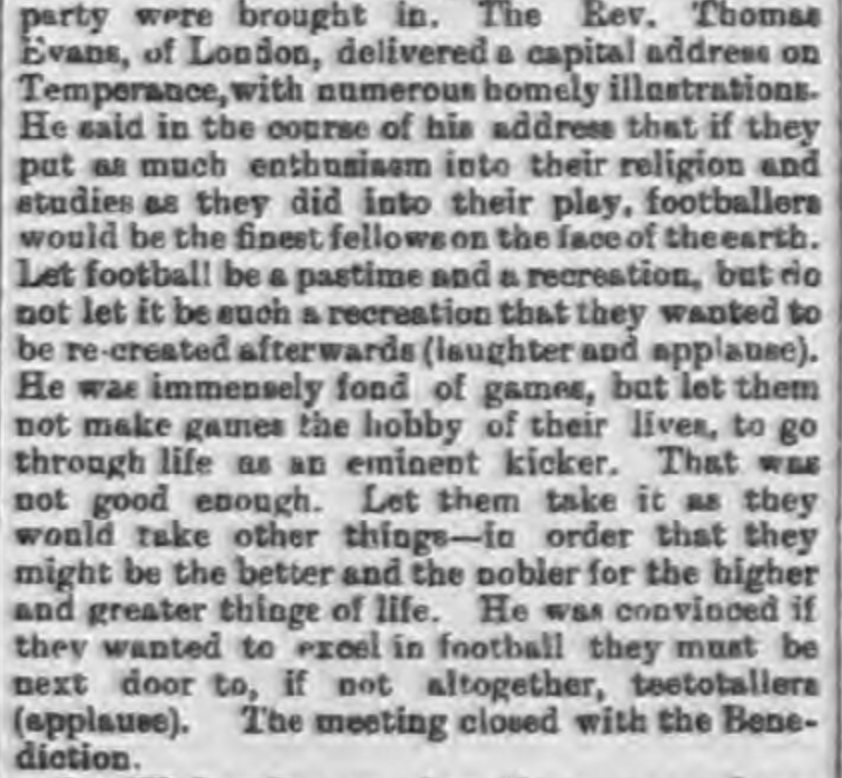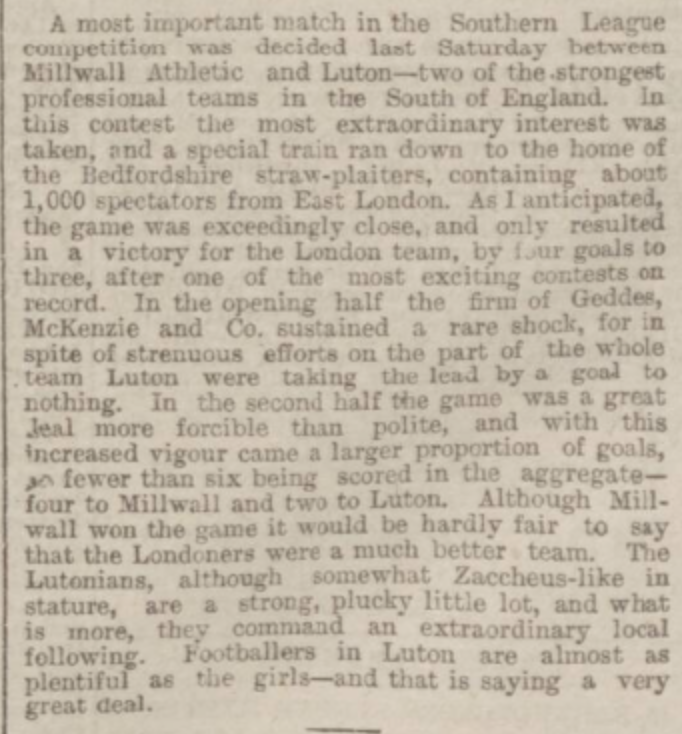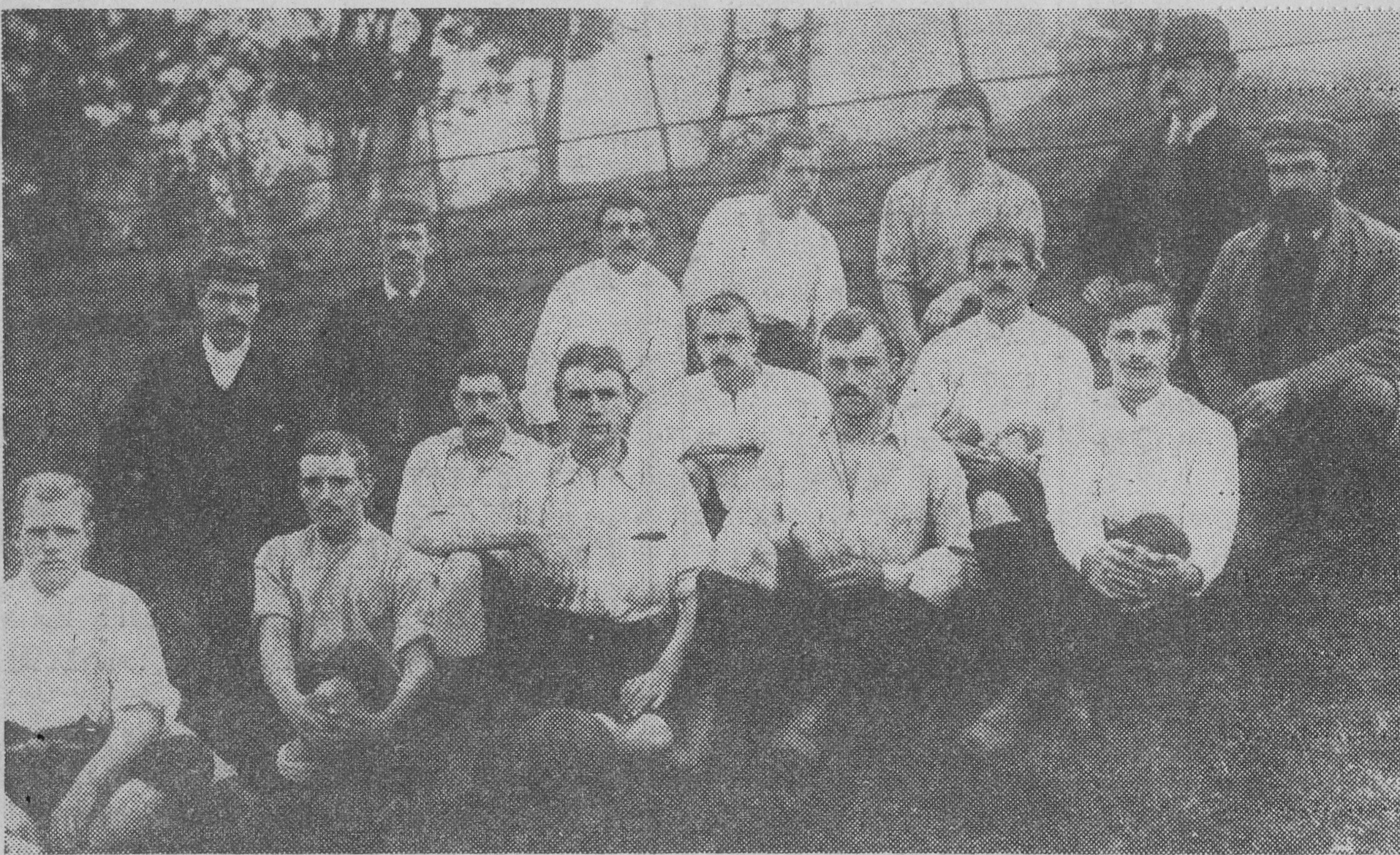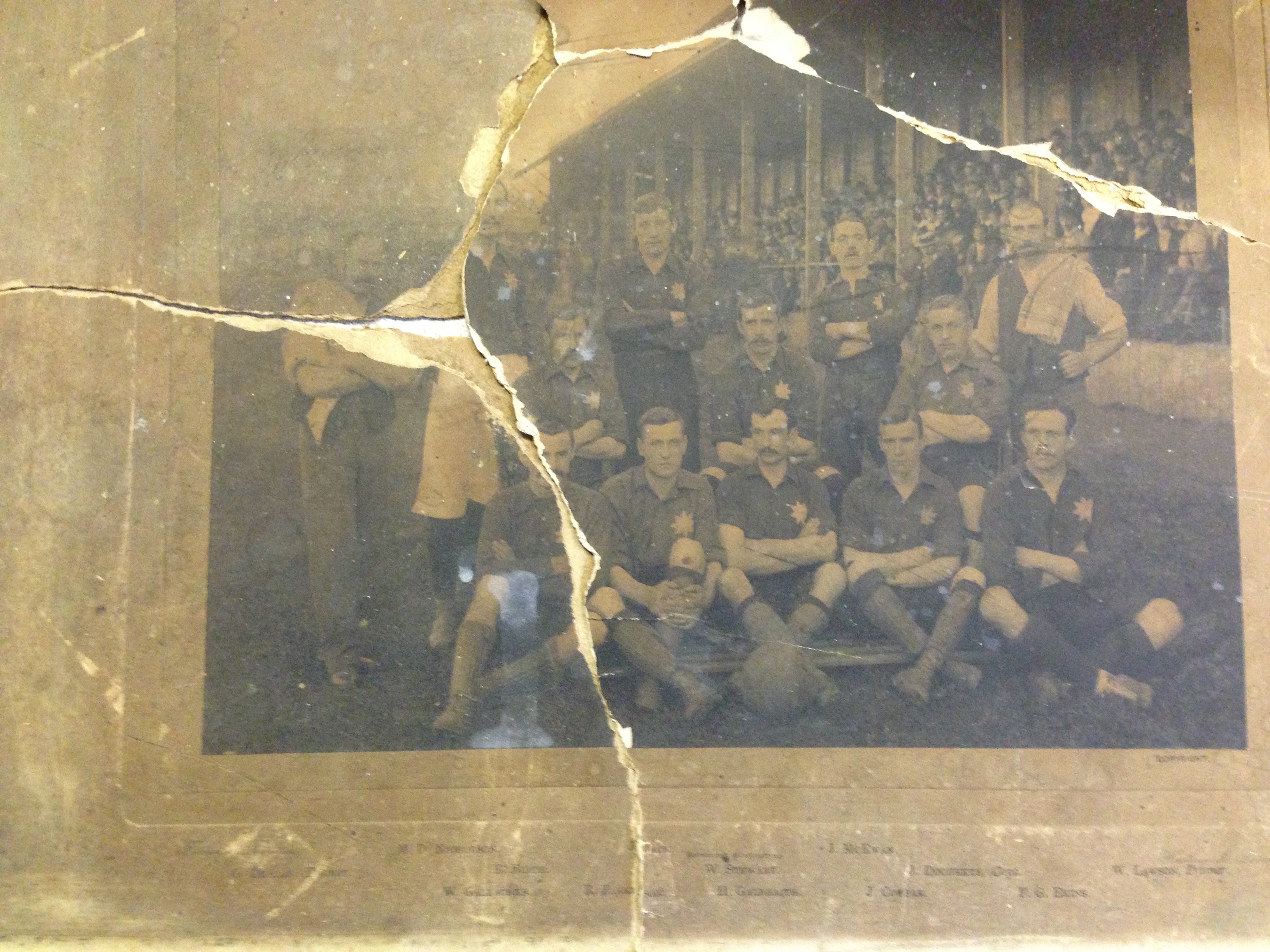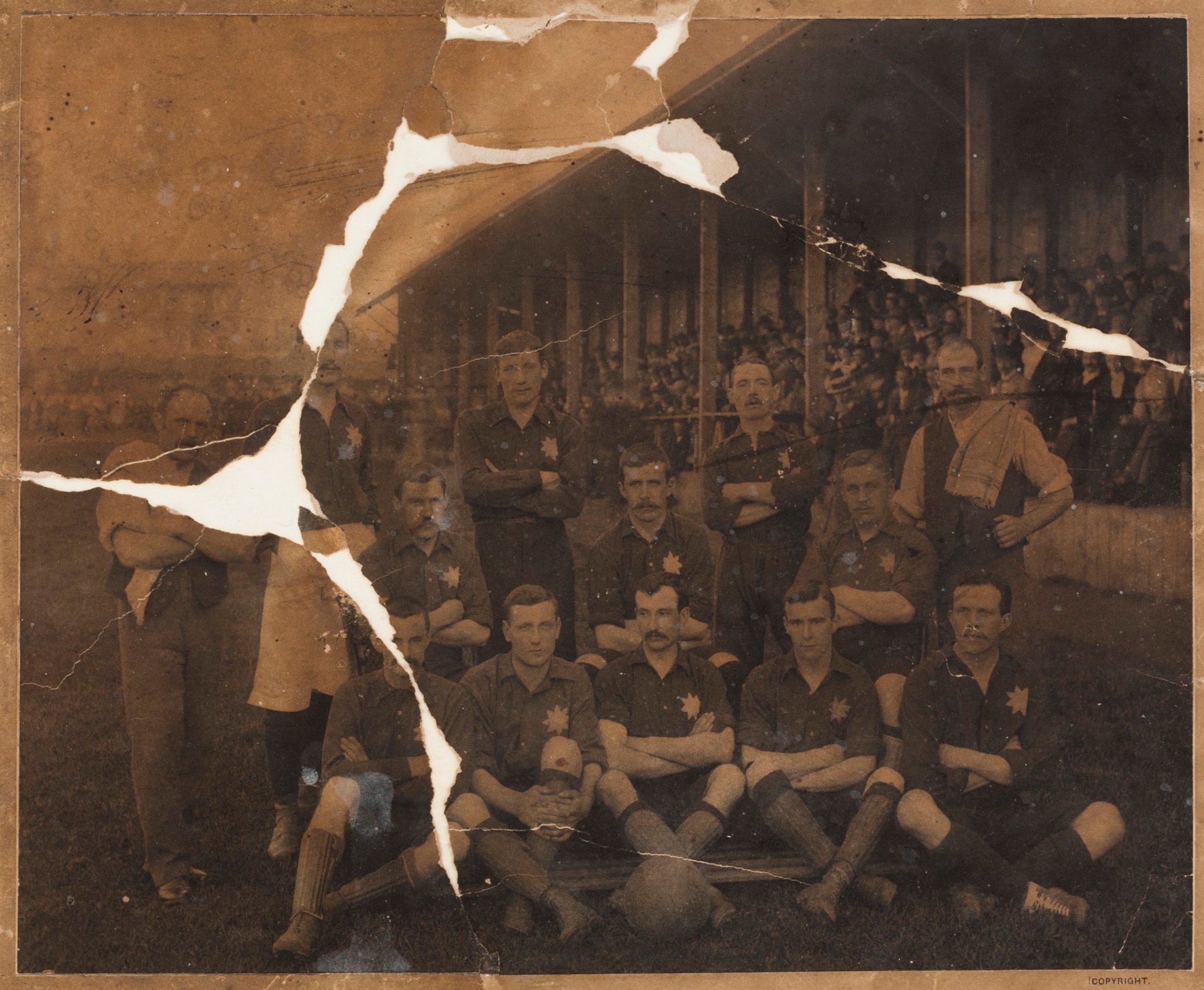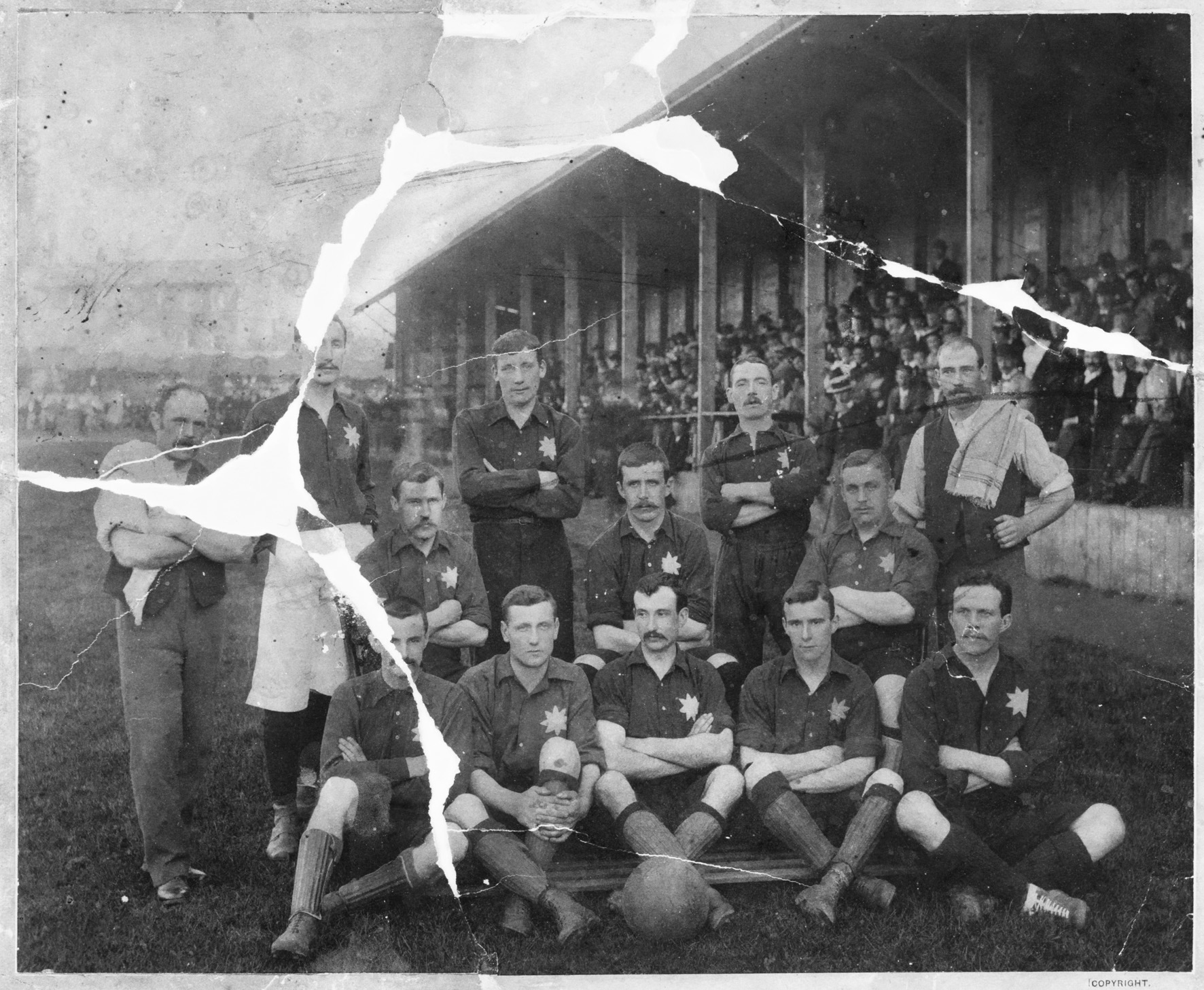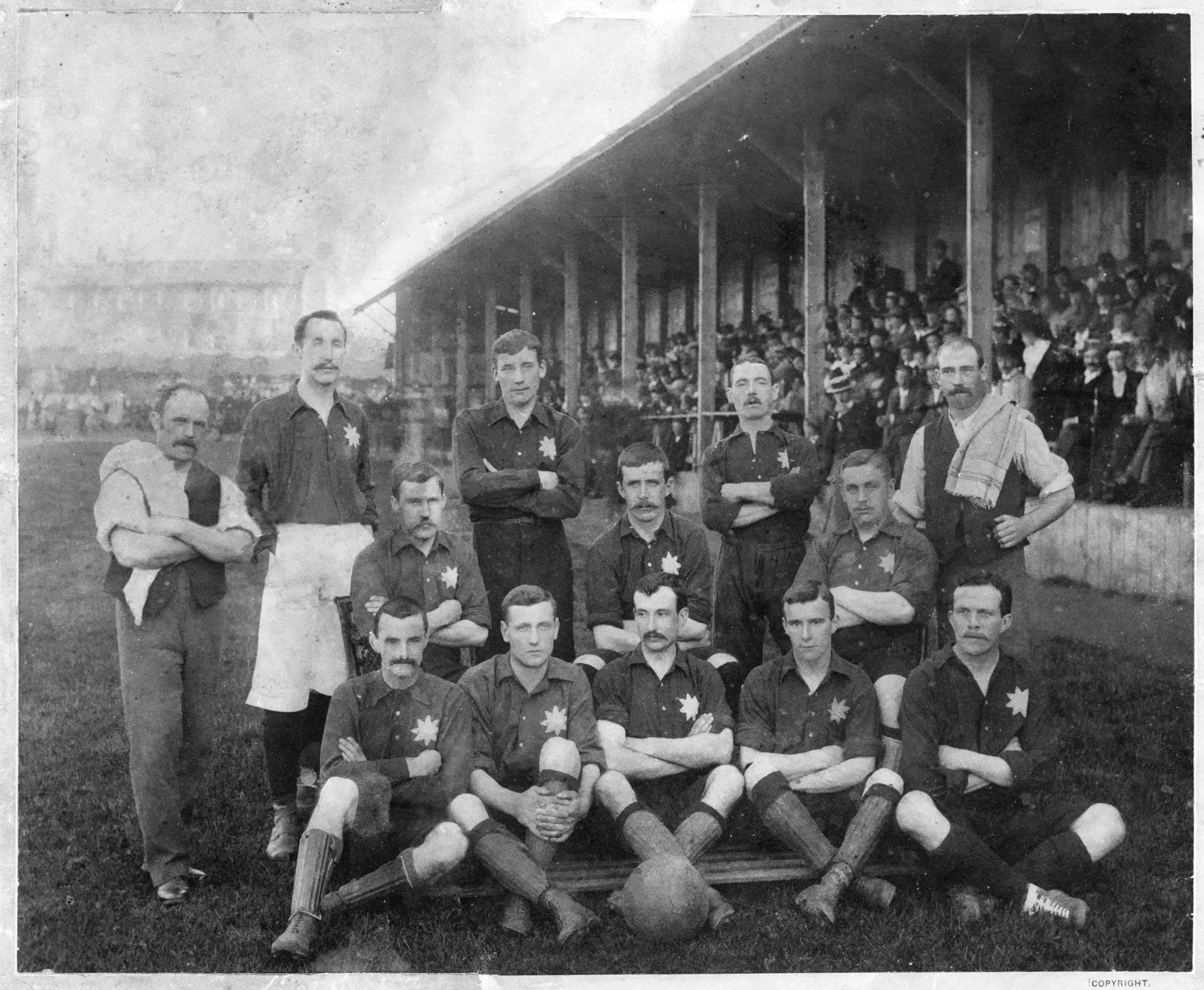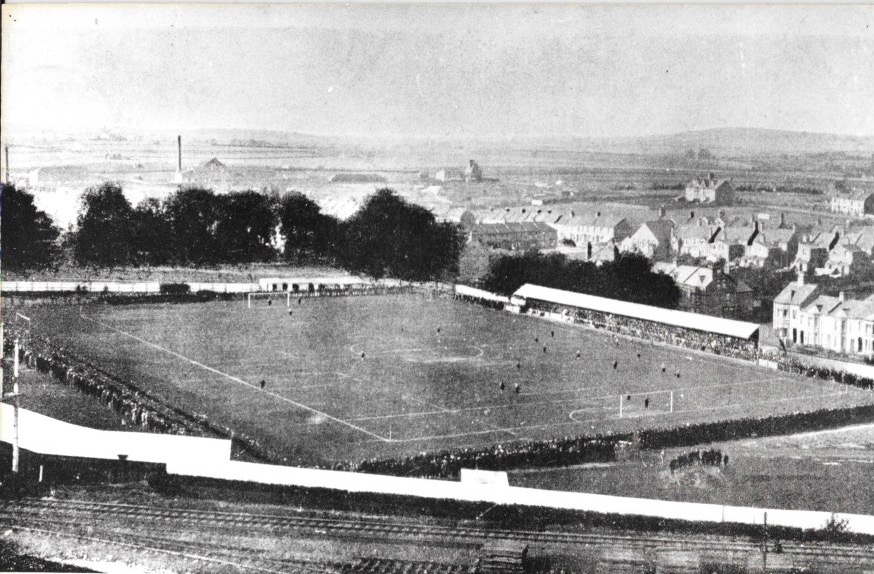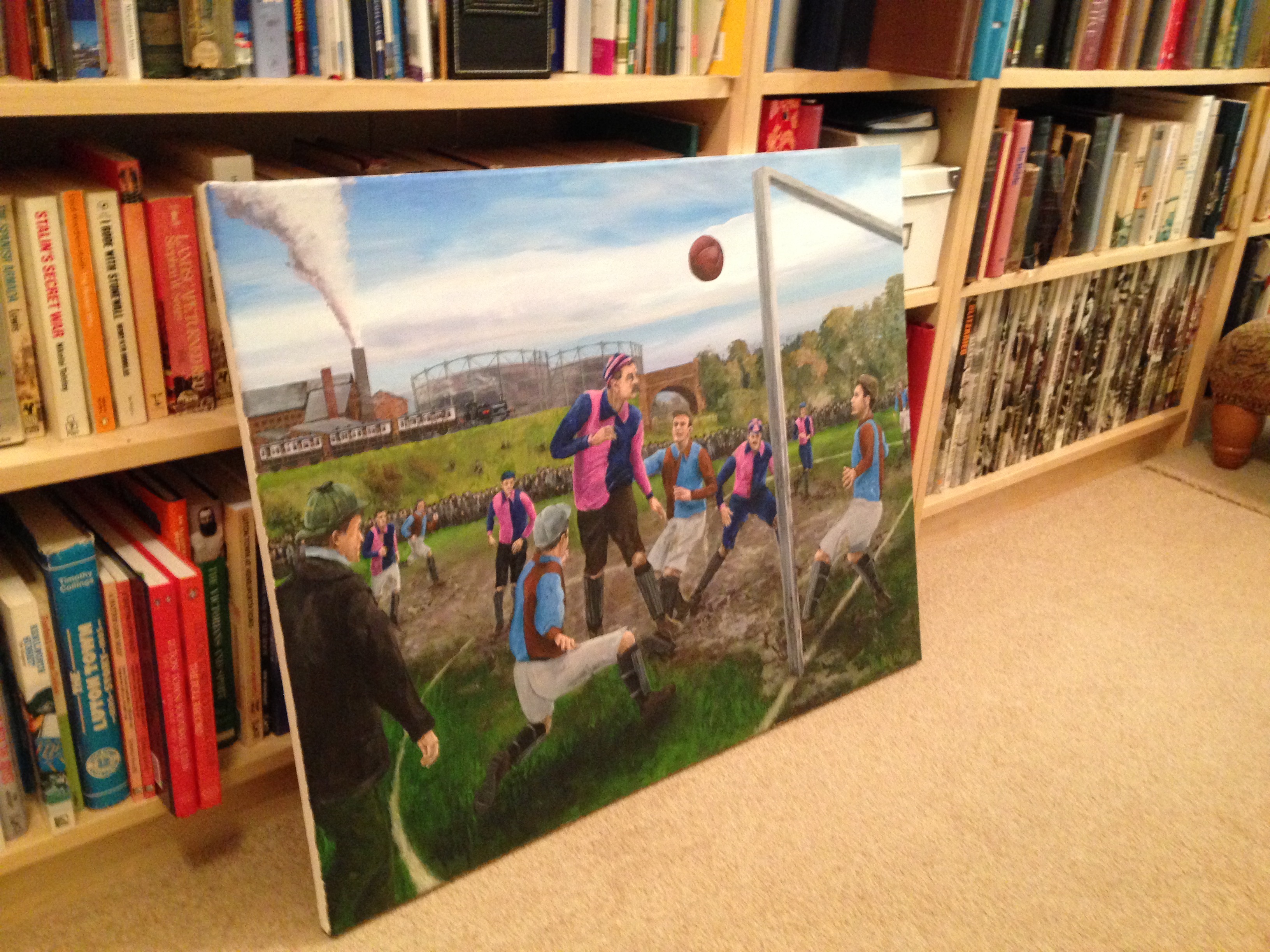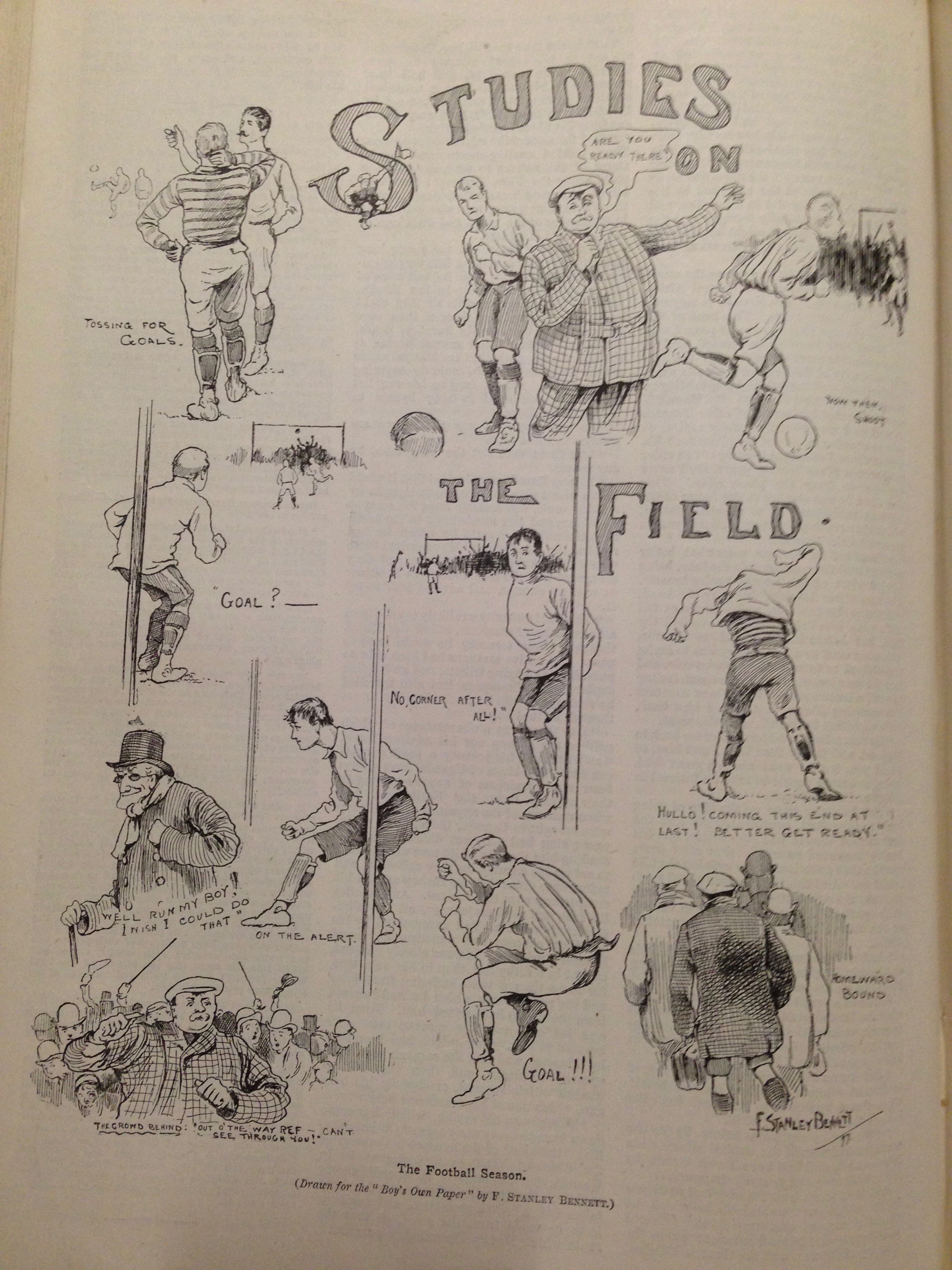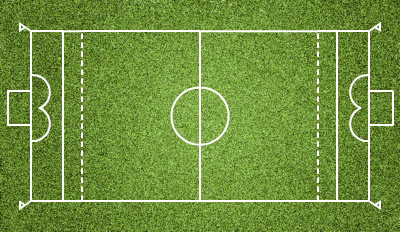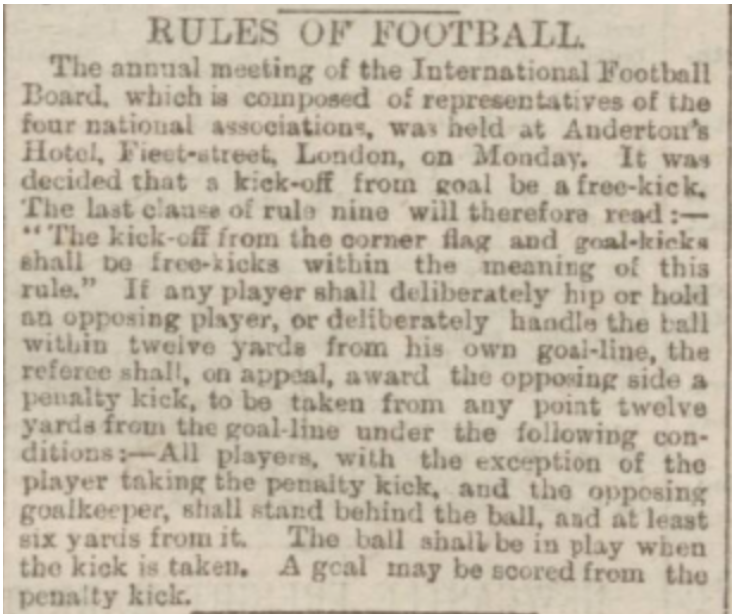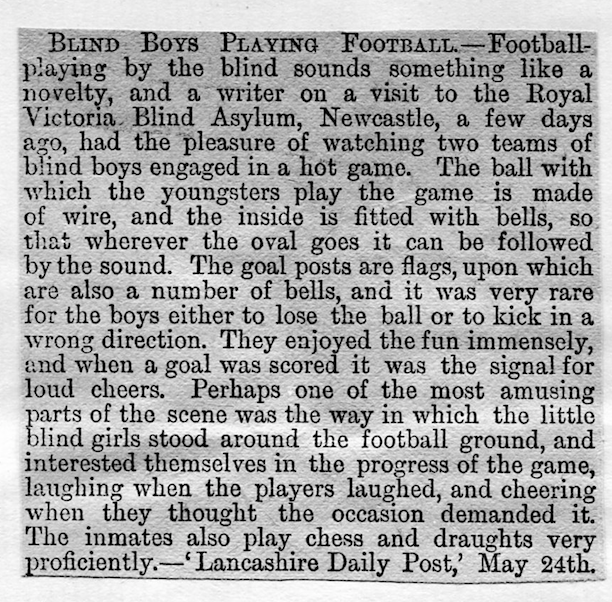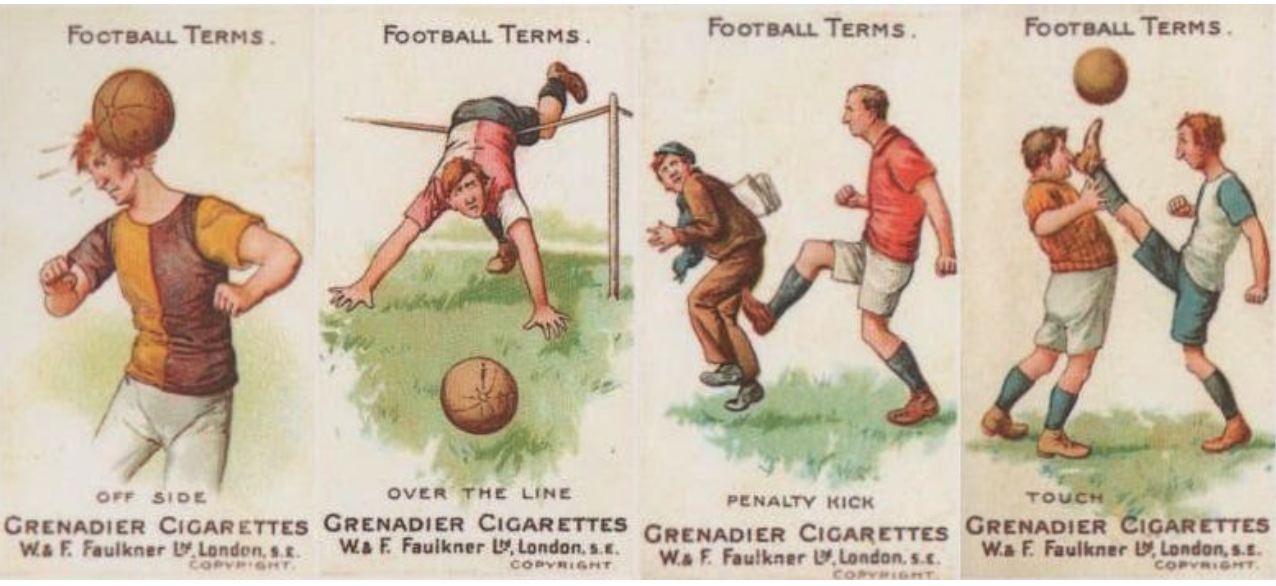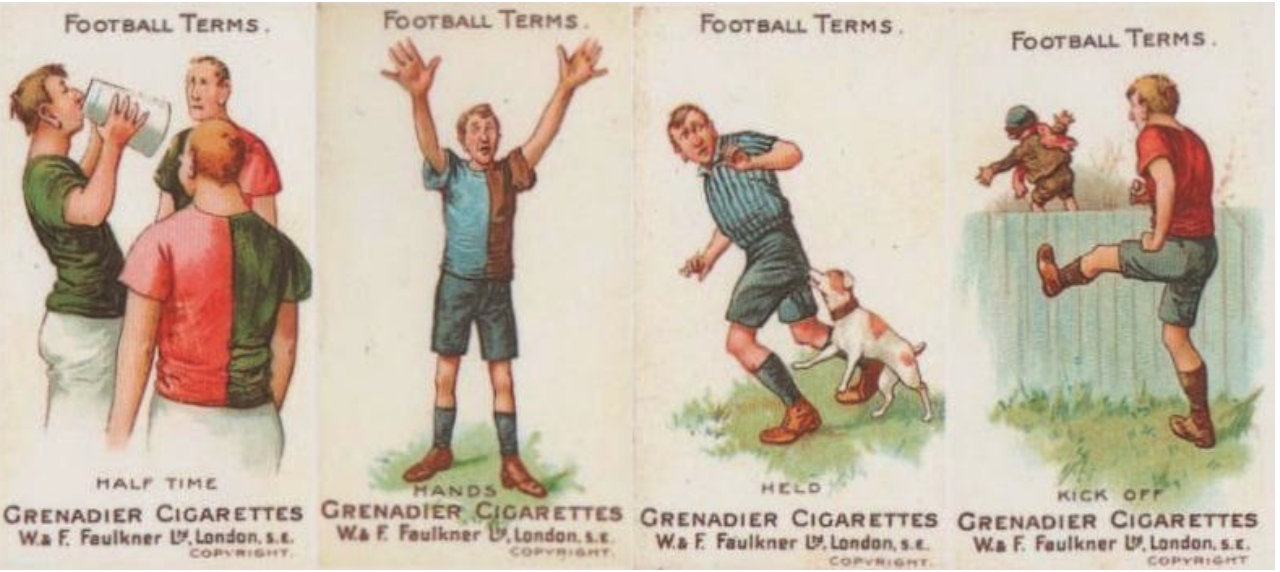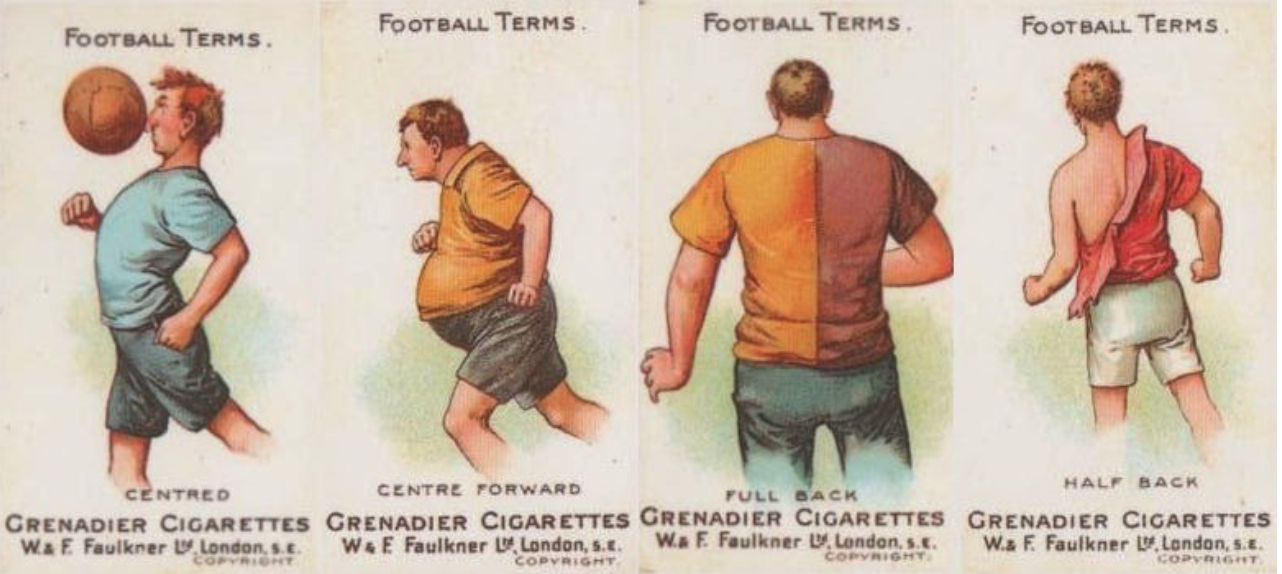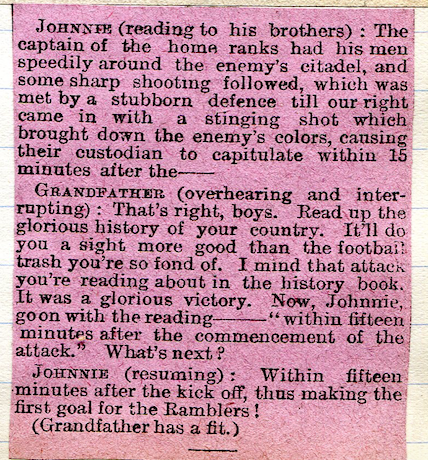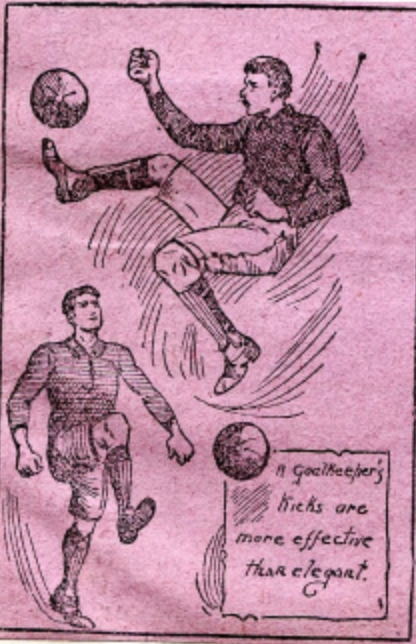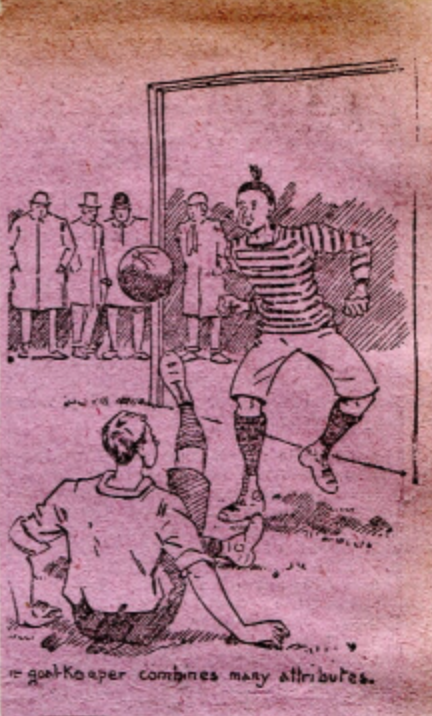Onlooker
For years newspapers were hostile to the game of football seeing it as a threat to the national game of cricket. They seized upon football reports detailing broken bones and the occasional death to demonise the game. “If it bleeds it leads” was the motto then as now. It took many years for newspapers to realise that football was a popular sport and there to stay. Good football coverage meant extra sales and revenue. So instead of attacking football as a brutal sport they decided to support football and many adopted editorial columns which contained views on games, the rules, fans, the wider football world, humour and so on. They were written by the Sports Editor under pseudonyms such as “Shooter,” “Kicker,” “Free Critic,” “Rover” and “Onlooker.” This is my column.
The articles are in a random order and in bite sized chunks.
GROUND CLOSURE
 We associate ground closures with the usual suspects but I can exclusively reveal that Luton Town’s ground was closed due to crowd trouble. This event has never been documented before in any books.
We associate ground closures with the usual suspects but I can exclusively reveal that Luton Town’s ground was closed due to crowd trouble. This event has never been documented before in any books.
On the 14th January 1899, the Straw Plaiters met Leicester Fosse at the Dunstable Road ground. The referee was Arthur Kingscott, photo attached. The game started with controversy when King scored for the visitors when all believed he was offside. The Luton Reporter stated that –
“even the grand-stand occupants were roused from their wonted calmness and in outspoken terms denounced the decision, one gentleman being heard to observe that it was the worst he had ever witnessed on the ground.”
One gentleman did support the ref by saying the ball came off a Luton player on its way to King thereby making it a legal goal. His view was in the minority and there was much booing and hooting.
Referee Kingscott then disallowed a Luton equaliser for offside which didn’t please the crowd –
“Excited cries were heard from all parts of the pitch and the game was carried on for some time amid a loud outburst of hooting and yelling which must have disconcerted referee and players alike.
When Mr Kingscott awarded a corner to Leicester when a goal kick seemed right –
“the crowd was thoroughly roused and many objargative utterances were made concerning the whistle-holder. So demonstrative indeed, were the members of the crowd at the Farm end that Mr Kingscott suspended operations for a minute or two while he went among the spectators and remonstrated. This had little or no effect, and a running fire of execration had to be borne by the referee.”
The game ended in a 6 1 victory for Leicester which didn’t help the mood of the fans.
“At the close the referee was subjected to a hostile reception. Some hundreds of excited beings congregated at the dressing room end of the ground and as Mr Kingscott made his way towards the room he was loudly hooted, the mob surging threateningly around him. The police, the local executive and some other common-sense folks surrounded the referee and protected him from the violence which would no doubt would otherwise have been used towards him. Mr Kingscott was apparently unconcerned, and he took the execration smilingly. All the same it was an anxious time for those who realised what the closing of the ground would have meant for the club.”
The Luton Reporter concluded that as the referee escaped “scatheless” there would be no bad report by him.
However, the referee did report the club and we had form in this respect. The first Southern League match in 1894 saw the referee, Nat Whittaker, mobbed at the end of the game for incompetence. We were not punished on that occasion which is surprising because Mr Whittaker was the Secretary of the Southern League. In respect of Mr Kingscott we were not so fortunate and the F.A. ordered that the ground be closed for two weeks from the 18th February 1899. As the club were away for two games in that fortnight, only Kettering at home had to be cancelled.
That is not the last we hear of the referee, Arthur Kingscott. While refereeing the 1901 F.A. Cup Final the goalkeeper was charged by a forward and the ball went behind. The linesman, well up with play, flagged for a corner. However Mr Kingscott, to everyone’s astonishment, awarded a goal saying the ball had crossed the line when the keeper caught it. As he was a long way down field he was asked to consult his linesman, but refused.
***
The first action photograph
It has always been thought that the first action photograph of Luton Town players was taken in 1897 at the Dunstable Road ground, see here for more details. However, the British Newspaper Archive recently released new editions of the Penny Illustrated and within its pages was the photo below from the 28th September 1894 edition. I was surprised that action photographs were possible this early. However, a quick search of the internet and I located an action photo of ladies playing lacrosse in Montreal in 1864!

The Straw Plaiters, in dark shirts (claret), played the London Caledonians on the 22nd September 1894. The line going right across the pitch is the penalty area, see here for more details of the pitch markings.
200 supporters made the journey from Plaitopolis to the Caledonian Park, Holloway and were amongst a 4,000 crowd who saw a 4 0 victory for the Star men. The goals came from Fred Allen, Billy Prentice, Hugh Galbraith and John Finlayson. The captain, Robert McCrindle was absent due to an arm injury – you can read Robert’s Hall of Fame entry here.
***
Need a player?
The Straw Plaiters first mention of the use an an agent to obtain a player came in 1893. This from the minute book –
“That secretary ascertain the terms of an agent for finding a player and in the event of these being unfavourable to advertise in the Athletic News for forwards”.
However, before agents, an advert in a sports publication usually produced a number of applicants for a club to sift through. The Straw Plaiters were in need of a centre forward in the Summer of 1892. The position had been a problem for some time. Herbert Oclee had played regularly in the 1891/92 season but illness prevented him playing towards the end and when he returned he was somewhat debilitated. In any case, the centre forward position had evolved into a more ruthless position. Oclee was old school, unselfish and linked play together very well but did not score enough goals. The advert below was therefore placed in the Sporting Life on the 22nd October 1892.

Hugh Galbraith, a Burnley player, wasted no time in answering the advert. The minute book entry for the 24th October 1892 says –
“It was proposed by Mr Hackett, seconded by Mr Barford that Hon Sec write Mr Hugh Galbraith offering him 30/- per week inclusive also explaining that there were several firms in the town where he might possibly obtain work but that the club could not undertake the responsibility of the same.”
The club committee meeting the following week heard some good news –
“Mr Hugh Galbraith in his letter accepted our terms. It was therefore resolved we should write to Burnley Secretary asking whether Mr Galbraith was released from that club. If so, everything being favourable, Hon Sec draw up agreement and allow him to sign.”
The following week the Straw Plaiters got their man as the minute book shows –
“It was resolved that Mr F. Hill should take Mr Galbraith’s form and agreement to Burnley and wire back when everything was satisfactorily settled”.
Hugh Galbraith went straight into the team against Millwall Athletic. The Luton Reporter said –
“Galbraith is a decided acquisition and when he settles down will be certain to give universal satisfaction. When he obtains possession there is little chance of depriving him, and his dribbling and passing are smart and accurate. I confess to having been delighted with his initial performance, and trust that he will soon be helped by a competent set of forwards. Galbraith’s style was too good to escape observation very long, and he was pounced upon by two or three men who gave him their undivided attention during the remainder of the play.”
Did Hugh Galbraith settle down? He scored 30 goals in the remainder of the season and 177 altogether in his career. Read his life story here
***
Going to a Luton match in 1894
What was it like going to a game in 1894? Let us go back to the 27th October 1894. It is the first season in the Southern League and the Straw Plaiters are playing at home to Southampton St. Mary’s at the Dallow Lane ground. Follow this spectators experience which comes from The Luton Reporter of the 3rd November 1894. The reporter, who was clearly classically educated, we know only as “the Observer.” I have added the artists sketches but they are not very clear. McCrindle was the Luton captain and we played in red shirts. My comments are in square brackets.
“Like the measles, all have to go through it, there is no escaping the football fever. It seizes alike the merchant and the mechanic, the baker and the butcher’s boy, the matron and the maid. It is the one topic of conversation from Saturday till Monday, and for once are forgotten the changing condition of the weather and the flaming details of the war between China and Japan. Even the grocer’s boy and milkman compare notes on the merits of the latest match as they hand in their orders at the door. But the acute stage of the fever is reached on Saturday evening, when the points of the game are eagerly discussed at street corners, and the tension is only relieved at the appearance of the paper boys, whose cries are heard rising clear above the noise of the streets.
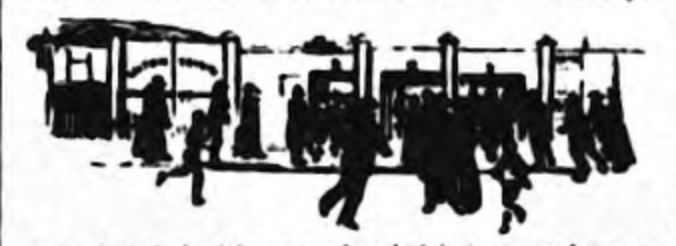
The rush to the football field on the afternoon of a match is a novel sight. As if at a given signal thousands wend their way from all quarters along George-street and on to Dunstable-road. You notice that some leave the ranks of the crowd when they come to Dallow-lane [the entrance to the ground was in Dunstable Road so if you were going down Dallow Lane you were going to try to watch the match over the fence/hoardings for free]. They are seemingly bound for the shady nooks of Daffy Wood, but as you will see later on they form themselves into what may be called the blackleg brigade, who hang themselves onto the hoarding, and with some bold urchins, view the operations on the field as such moments as the back of the gentleman in blue [Policeman] is turned on them. Should you not be fortified with a members’ ticket, you take your place at the rush at the turnstile and pay your plebian sixpence along with the crowd. It is in such a gathering as this that the small boy asserts his individuality. Several times was that touching tune “After the Ball” whistled into my ear, and then as he stopped short and struggled to insert a hand in his back pocket, he cried to his companion, “I’m blowed Bill, but I can’t reach my tanner’ [sixpenny piece]. You may consider yourself fortunate if you escape a prodding in the ribs or are not elbowed against the jamb of the gate. At the pay-box progress is easy, and once passed it was a wild skelter across the field. A burst of applause now fills the air, and behold
With some good ten of his chosen men
McCrindle hath appeared,
On the broad plain by Dallow Lane
Southampton “Saints” to beard [boldly confront]
The ropes are lined by thousands of spectators, and looking along the sea of faces you notice a display of millinery prominently set off by an occasional red feather, showing that many fair ones are present to see and be seen. The grand stand, where everybody seems to be in holiday attire, is packed. There, too, you notice a profusion of colours proclaiming the large number of ladies assembled no less than the variety of their costumes. As for the sporting gents [bookmakers], there is no mistaking them in their long brown coats, dotted with large white buttons, as they show their figures off in front of the stand. They love the crowd be it at a horse or football meeting, and right royally do they strut round the ground. Query – Why is it that that class of coat is made as if with the idea of plenty of room to grow is, and who has ordained that its colour should be brown? On the railway line standing against the sky is a small group who, while they enjoy a free view feel themselves elevated by their position, but are correspondingly low down in the estimation of the crowd on the field. They are much more comfortably situated than their brethren at the fence at the Dallow-lane side who, in the face of the police-constable have occasionally to describe figures which Euclid [Ancient Greek mathematician] himself by no manner of means could demonstrate. Sometimes in this corner of the field a number of heads present themselves as if spiked on top of the hoarding for the criminal offence of surreptitiously witnessing the game. A vigilant constable is posted there, and when he directs his attention to the group the youngsters are awed by him, while the more bold companions look unutterable things, and gratuitously tell him, in football as she is spoke, that he is simply ‘off-side.’
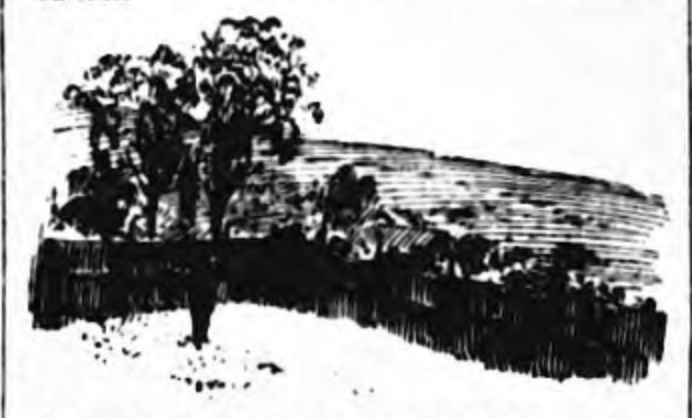
My artist colleague, who was making a thumb-nail sketch of the scene, ventured to remark that if such language was deemed ‘fit utterance for the gods,’ but I could only reply that i believed the world was now resigned to the fact that football had given us another language. What a wealth of literary embellishments is there not in the terms and record of the manly game. There is the phrase ‘It’s a beauty’ to describe a smart, scientific kick. As for the ball itself, you may call it by a half-dozen names. Should you be of a mathematical turn you will no doubt term is the ‘sphere’ or the ‘oval’; if possessed of the commercial instinct you simply call it the ‘leather,’ and bring to mind its origin by dubbing it the ‘hide’ or ‘bladder.’ A storm of cheering now sweeps over the ground directs attention to the scene of the fray. The name “Gally” [Hugh Galbraith] is on everyone’s lips, for that gentleman, whose marked characteristic is shooting the ball, has scored a goal for the ‘Reds.’
Wandering round by the skirts of the crowd one may note its passing humour. Some of those who stand in the front row at the ropes occasionally display a degree of politeness that is very touching, and will assure you that you cause them not the least inconvenience by going in front and shielding them from the cutting wind! A grave moment in the course of the play is when a corner kick is about to be given, everyone seems to hold his breath for the issue, when lo, the solemnity of the occasion is rudely broken by the apple and pear man singing out ‘Williams [pear] like wine, a penny each.’ The young man from the grocer’s purchases a sample and demonstrates its quality by grinning as if he were biting a snowball. The fruit dealer never tires of asseverating [stating] as he holds up a pear. ‘her, gents, there’s a pen’orth; the juice will run off your elbor when you bite this.’ But there are times when he is superseded by rivals on the field. The man with the chocolate is an old institution, and as he reaches each corner of the ground he lays down his stock with a display of business importance and tells you all about it. Then there is the man with ‘Doncaster – all the way from Doncaster, gents – butter scotch, a penny the whole tablet.’ One would imagine that a barrow of hot potatoes or chestnuts would be far more fetching on the field, swept as it is by the cold blasts of winter. Now that the days of ‘ice cream’ are passed, sweet and comforting would be the sound of ‘hot potatoes.’
The passing moods of the crowd are at times amusing. With the familiarity that is quite delightful you will hear some of the favourites saluted as ‘Gally,’ ‘Finny’ and ‘Conny’ [Galbraith, Finlayson and Watkins]. Not a few will work themselves into a high pitch of excitement, and at a spurt in mid-field will call out ‘Where’s Prentice,’ ‘What is Allen doing,’ and then a long ‘Oh!’ is sent up as the fickle ball skims the net. A voice then pathetically pleads’ Gally, let’s have another goal,’ and next you hear a visitor from the opponents’ town pass an eulogium on the play of one of his own men, while another will eagerly appeal to you to ‘look at Barrett’s kick.’ When the referee’s whistle sounds for half-time there is a rush in all directions. Many cold and panting seek all that is grateful and comforting at the coffee stall, and the scene sometimes there is not unlike that at a railway station. The band then takes up a position opposite the stand and play during the interval, and later the box will be duly presented and rattled at you with the plea of the collector, ‘Any of you gents, encourage the band.’
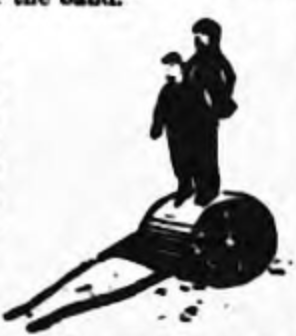 At this end of the field a large roller is occasionally made to pay a double debt. Placed at a distance beyond the lines, it forms a grand stand for a few tricky chaps with whom the poetry of motion is a strong point, while young folks find exquisite enjoyment on a similar but smaller article in the game of see-saw. It is a moot question among some whether these coigns of vantage should not be taxed, but after all it is only a matter of a few people being sharp-witted enough to ‘see above the heads of the others.’ The same interest does not seem to be taken in the second as in the first half, the spectators do not shout as loud or display that warm enthusiasm so noticeable in the early stages of the match. This no doubt is attributable to the spell being broken at the interval. It is no less due, perhaps, to the atmospheric conditions, for of the thousands who are exposed to the cold and damp not many can put a bold front on in face of a biting wind. The contest lasts for nearly two hours, and when at length the sound of the referee’s whistle is heard over the field, we gladly pull ourselves together and go home for our tea.”
At this end of the field a large roller is occasionally made to pay a double debt. Placed at a distance beyond the lines, it forms a grand stand for a few tricky chaps with whom the poetry of motion is a strong point, while young folks find exquisite enjoyment on a similar but smaller article in the game of see-saw. It is a moot question among some whether these coigns of vantage should not be taxed, but after all it is only a matter of a few people being sharp-witted enough to ‘see above the heads of the others.’ The same interest does not seem to be taken in the second as in the first half, the spectators do not shout as loud or display that warm enthusiasm so noticeable in the early stages of the match. This no doubt is attributable to the spell being broken at the interval. It is no less due, perhaps, to the atmospheric conditions, for of the thousands who are exposed to the cold and damp not many can put a bold front on in face of a biting wind. The contest lasts for nearly two hours, and when at length the sound of the referee’s whistle is heard over the field, we gladly pull ourselves together and go home for our tea.”
The game was won by the Straw Plaiters by 4 goals to one, with Hugh Galbraith scoring two, William Prentice one and Lutonian, Fred Allen, the other.
***
Who was the first…..?
A question often posed by football fans. Who was Luton Town’s first foreign player? The answer is J.R. Benavides who went to St. John’s College in Old Bedford Road which attracted students from all over the world. He played football and cricket for the College and also football for Luton Wanderers. He played in at least one Luton Town game when the reserves beat City Ramblers 5 0 in February 1886. He scored two goals. Match reports at this time did not always give the teams so he probably played in a few more games.
His name was unique in the UK at that time so it was not difficult to trace him in the British Newspaper Archives. He joined the Royal College of Mining in South Kensington in 1887 and played football and cricket for them and football for Chiswick Park also. The College record of students says –
“Benavides, J.R. 1890. Student in Mining.
127, Calle de la Coca, Lima, Peru.”
When researching people it is usually a big bonus to have your subject attending a College, University or Institution. They normally have an Archivist who has access to the records including team photos of the football and cricket teams. Frustratingly the Archivist at the Royal College of Mining came up with nothing except to confirm J.R. Benavides was a student as per the record mentioned above.
He disappears from British Newspapers in 1890. There is an entry in the passenger log of 1890 that a Jose R Benavides took the ship Wyoming to New York. It is therefore highly likely that our first foreign player was Jose Benavides, a Peruvian.
***
A bad memory or a memory that is bad?
Frank Whitby, below, was a High Town lad but chose to play for Rovers rather than the other strong High Town side, Wanderers. He joined Luton Town after they were formed in April 1885 and was a valued member of the side scoring regularly in his forward role. Frank continued to play for the club as a forward until the 1892/93 season. He was dropped to the reserves in December 1892 as the Luton side began its rise from also-rans to one of the top three sides in the South of England.
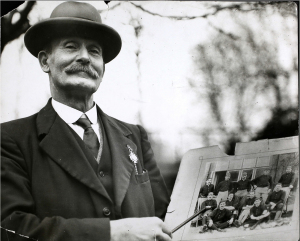 Frank emigrated to Australia but came back for a visit in 1936. The photo above shows him pointing to himself in the 1889/90 team photo. See that photo in the gallery here and see Frank’s medal that he is wearing as a watch fob here . As recorded in “The Luton Town story 1885-1985”, Frank visited the offices of the Luton News and talked about being offered to turn professional. Frank, said he and his brother Harry along with Thomas Read, were offered professional terms of 5 shillings a week. Frank, in 1936, said he signed at once thus beating his brother and Read to become the first professional footballer in the South of England. The truth is, however, somewhat different.
Frank emigrated to Australia but came back for a visit in 1936. The photo above shows him pointing to himself in the 1889/90 team photo. See that photo in the gallery here and see Frank’s medal that he is wearing as a watch fob here . As recorded in “The Luton Town story 1885-1985”, Frank visited the offices of the Luton News and talked about being offered to turn professional. Frank, said he and his brother Harry along with Thomas Read, were offered professional terms of 5 shillings a week. Frank, in 1936, said he signed at once thus beating his brother and Read to become the first professional footballer in the South of England. The truth is, however, somewhat different.
The club minute book of the 15th December 1890 confirms that the Whitby brothers and Read were offered 5 shillings a week. However, the team selection meeting of 12th January 1891 recorded that “Mr Thring be asked to fill the place of F Whitby as forward failing him Mr Dickson.” Why was Frank not playing while his brother Harry and Read were in the team? As the weeks, and games passed, Frank continued to be absent from the team. The minute book entry for the 9th February 1891 reveals all –
“the Hon Sec stated he had received a communication from Mr F Whitby through his brother H. Whitby that he would be willing to play for the Town providing the club paid him 1/- in advance of his brother in order to pay travelling expenses and loss of time.
A lengthy discussion followed on professionalism in general as it affects our club. When it was clearly shown that if 1 or 2 were paid, the remainder had a perfect right to ask for payment on the same lines. Most of the committee present were of the opinion that enough money had already been spent on professionalism and if continued it undoubtedly would prove disastrous to the club.
It was therefore proposed, seconded and carried unanimously that the club could not see its way to spending any more money on professionalism as finances stood at present.”
A few weeks later Frank was back playing for the Straw Plaiters without his addition shilling.
I will be kind and say that time had played tricks on Frank’s memory and his 1936 recollections were a genuine mistake. However, the fact is that his brother Harry Whitby was the first player in the South of England to sign as a professional footballer, Thomas Read was the second and dear old Frank the third.
***
The First Black Player?
Please note that I always use the language of the day – i.e. that used in the Victorian era.
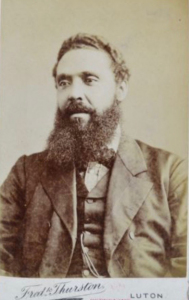
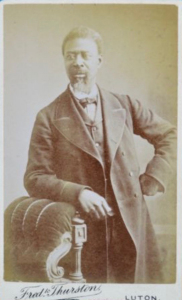
There may well have been a black Luton Town player in the Victorian era but I cannot be certain. I have only seen one report in the local newspapers (1876-1901) which specifically mentions a “man of colour” and that was a sailor who was passing through the town. Like most sailors he got drunk and became rowdy, was arrested, fined and escorted to the town boundary. There were black people in the town in the Victorian era, as per the two Carte de Visites shown, and some must have played the beautiful game.
We have a possible claim to our first black player, a goalkeeper. On the 22nd October 1887, Limehouse came to Dallow Lane and a player named in the newspaper only as “Darkey/Darkie” appeared in goal for the London side. He played so well that the Straw Plaiters invited him back for trials in two reserve games against the Engineers (Luton) and Luton Rangers. The newspaper reports of those games again called him by his nickname “Darkey.” He appears to have been a little eccentric and made a mistake in the second game which cost a goal so he did not appear again.
My first thought was that the eccentric goalkeeper was Arthur Wharton, one of the first black players in the country and a top athlete. His nickname was “Darkie” Wharton. However, it appears he was playing elsewhere on the days the club played Engineers and Luton Rangers. John Cother, the Watford St. Mary’s back, was also known as “Darkie.” When St. Mary’s amalgamated with West Herts in 1898, he was the first black player to play for the newly formed club, Watford F.C..
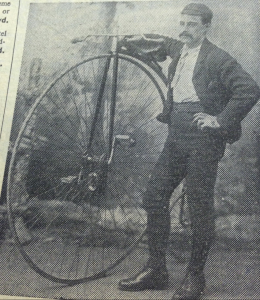
As is often the case with history, we cannot be 100% certain that our goalkeeper was a “man of colour.” We are faced with uncertainty as the nickname Darkey/Darkie was also applied to white people with black hair, often accompanied by stubble, a moustache or beard, such as the Luton cyclist George Walker – see photo left of Darkie Walker with his penny farthing. George won many medals and his supporters could often be heard at cycling competitions shouting “Come on Darkie, come on.” I have also read that the nickname, often applied as a child, was given to someone with dark rings around the eyes.
Therefore, until another piece of the history jigsaw appears, we cannot say for certain that the goalkeeper was Luton Town’s first black player.
***
Victorian Text message
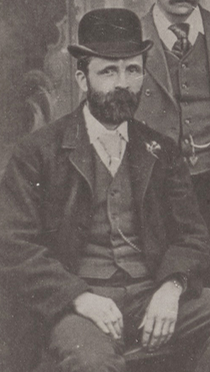 The Club Secretary acts as the glue which holds together any club. Isaac Smith, photo left, was Luton Town Club Secretary from 1886 until 1900 and I have dedicated Chapter 14 to him. He advised the club committee, took the minutes and implemented their decisions. He said that his Luton Town duties took up one day every week. The club committee ran the club and made decisions on every aspect including team selection. Isaac Smith would have to contact all the players selected to play and make sure they were available and aware of the time and place of the game. Below is a letter to Jack Dickerson, the St. Albans and Crouch End goalkeeper who very nearly signed for Everton. One of the best keepers in the south, the Straw Plaiters sought his services in the 1894/95 season.
The Club Secretary acts as the glue which holds together any club. Isaac Smith, photo left, was Luton Town Club Secretary from 1886 until 1900 and I have dedicated Chapter 14 to him. He advised the club committee, took the minutes and implemented their decisions. He said that his Luton Town duties took up one day every week. The club committee ran the club and made decisions on every aspect including team selection. Isaac Smith would have to contact all the players selected to play and make sure they were available and aware of the time and place of the game. Below is a letter to Jack Dickerson, the St. Albans and Crouch End goalkeeper who very nearly signed for Everton. One of the best keepers in the south, the Straw Plaiters sought his services in the 1894/95 season.
Other players would have received similar letters. Some would have been delivered by post or personally, either by the spritely Isaac Smith himself or by messenger. Isaac had a full time job so I am sure a messenger was used regularly. The postal service was quick and efficient but an errand boy, running quickly across the town, was another solution. The census of 1891 reveals many errand boys and the odd girl existed in the town. Besides individuals needing messages sending very quickly, many hat businesses needed to keep in contact with suppliers, transportation and customers. The answer was a Victorian text message, the errand boy.
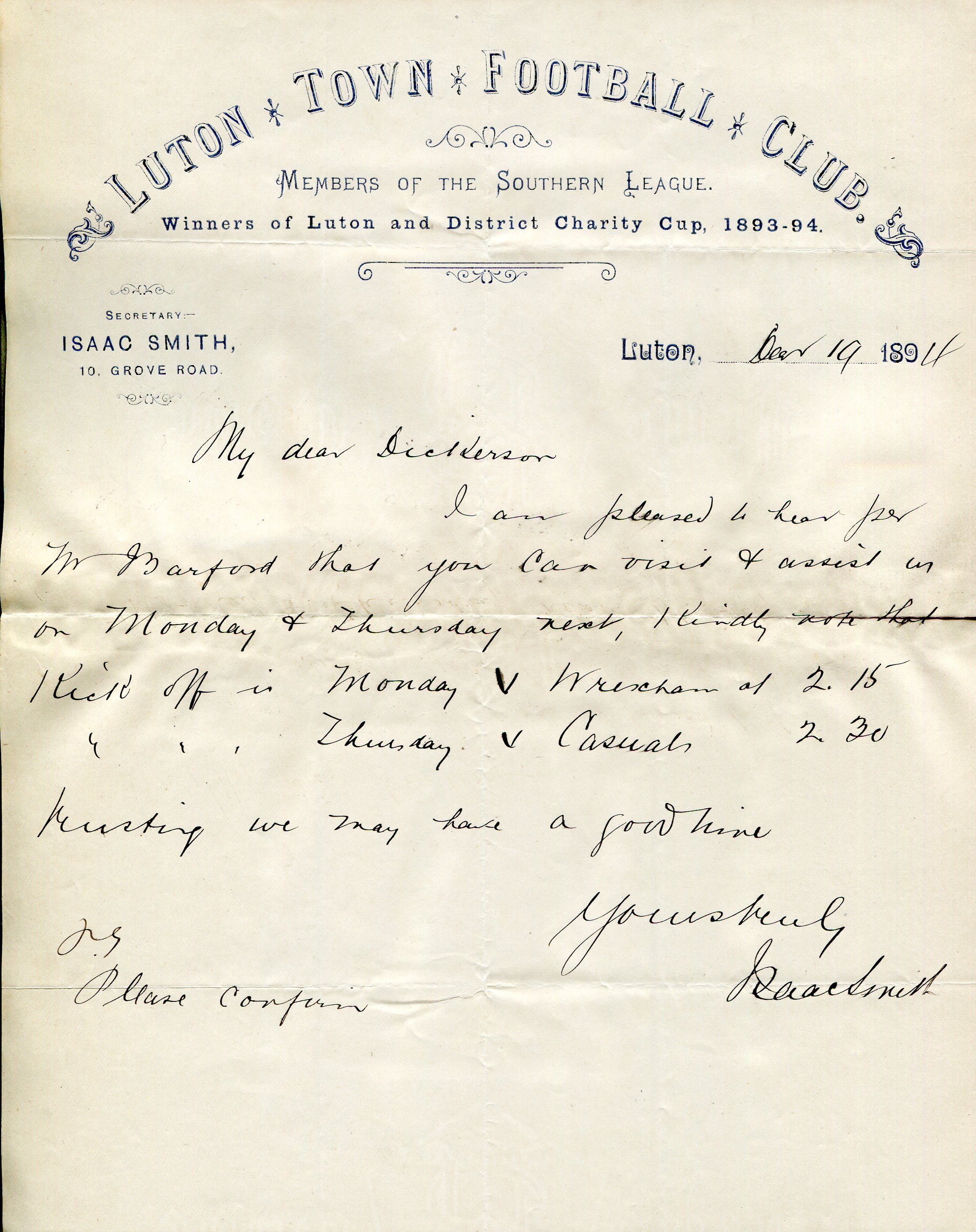
***
Football cards
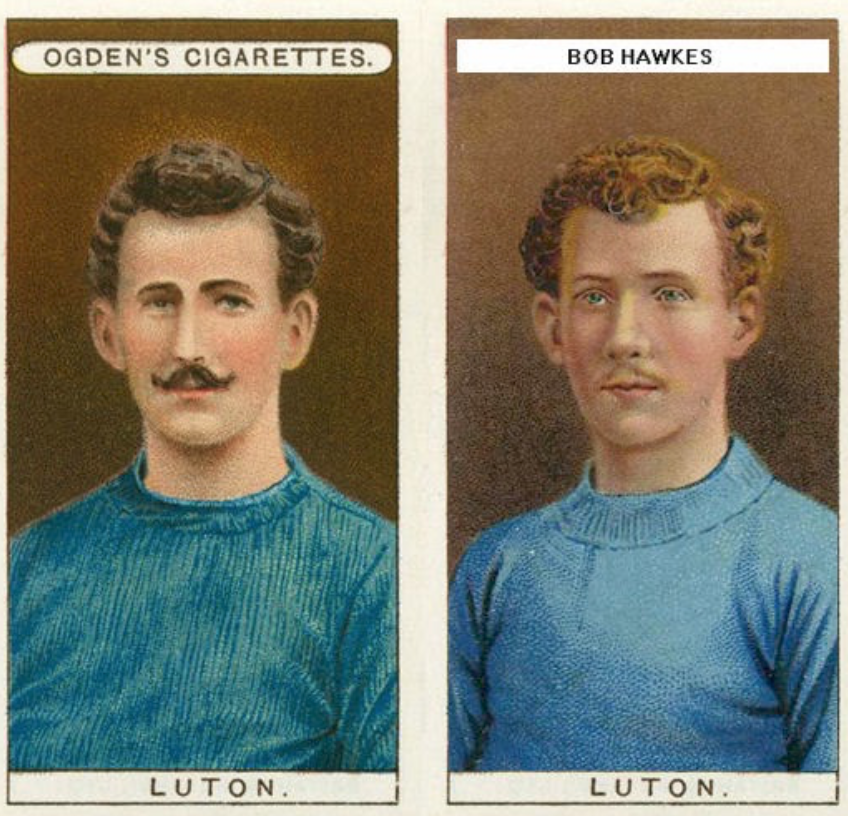 Many of us collected football cards of some sort during our childhood – Panini, A&BC, Topps and so on. Part of your pocket money would be allocated to a trip to the corner shop to make the selection. Would that selection give you the cards that you really wanted? The thrill of opening the packet was a big part in the collecting hobby – it could give you a thrill as a special card was revealed or a deflated feeling as you saw the same old cards appear from the packet. Then the questions would appear in your mind. Could the “doubles” be swopped in the playground for a card that you did not have? Should you show off the special card at the risk of a jealous rival taking revenge? Does the rich kid have the full set yet? The doubles that I could not swop were used for games of “fag cards” – flicking the card to win “furthies,” “onzies,” “German onzies’” knocksy downsies,” “knocksy backsies” – ah, the memories. But when did the hobby begin?
Many of us collected football cards of some sort during our childhood – Panini, A&BC, Topps and so on. Part of your pocket money would be allocated to a trip to the corner shop to make the selection. Would that selection give you the cards that you really wanted? The thrill of opening the packet was a big part in the collecting hobby – it could give you a thrill as a special card was revealed or a deflated feeling as you saw the same old cards appear from the packet. Then the questions would appear in your mind. Could the “doubles” be swopped in the playground for a card that you did not have? Should you show off the special card at the risk of a jealous rival taking revenge? Does the rich kid have the full set yet? The doubles that I could not swop were used for games of “fag cards” – flicking the card to win “furthies,” “onzies,” “German onzies’” knocksy downsies,” “knocksy backsies” – ah, the memories. But when did the hobby begin?
Cigarette cards were popular from the very late Victorian era. Many of us have seen cigarette cards of the Straw Plaiters superstar, Bob Hawkes, above. But the first card produced of a Luton Town player was that of Punch McEwen, below. John Baines of Bradford began the craze in 1885 and you got 6 cards for 1/2d – half an old penny. As an incentive, prizes were given for various collecting milestones – it got the kids hooked and collecting football card became very popular. The McEwen card is by another company, W.N. Sharpe. A few Luton Town ones were produced by Baines, below – the kits could be wildly inaccurate. Onzies anyone?
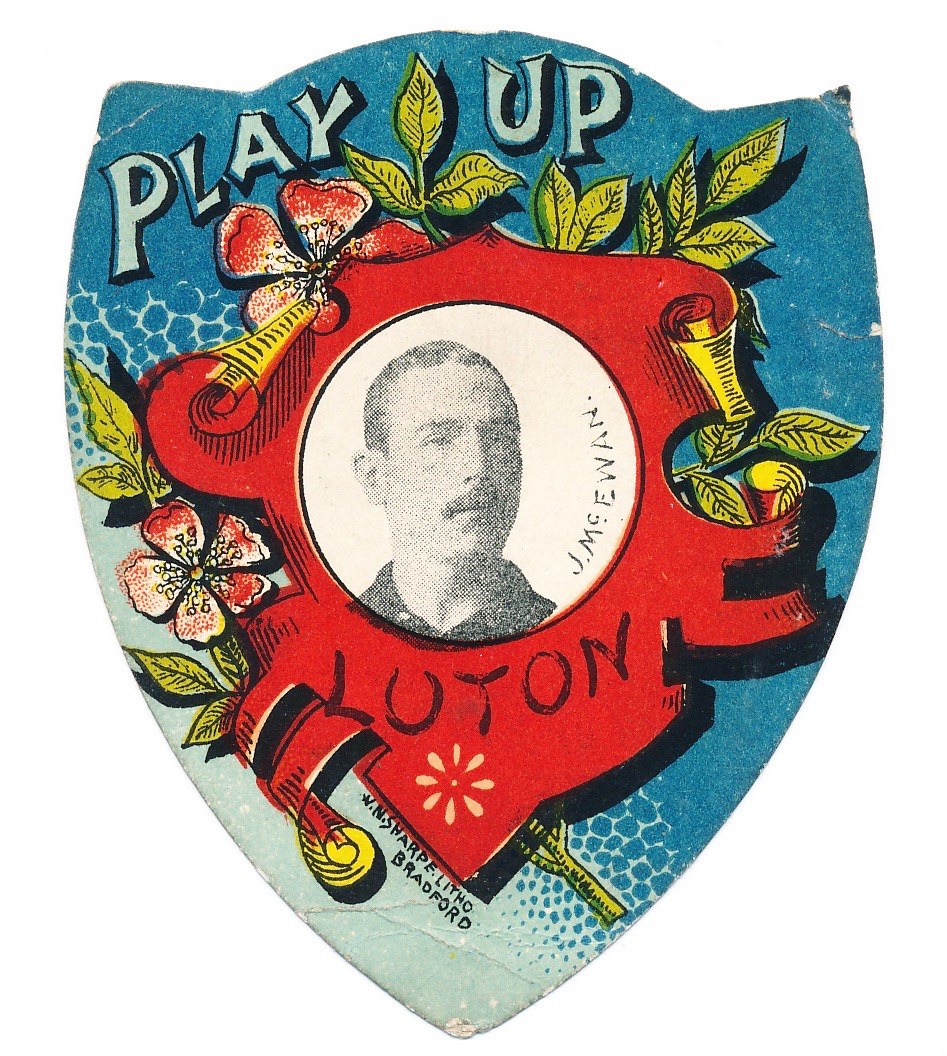
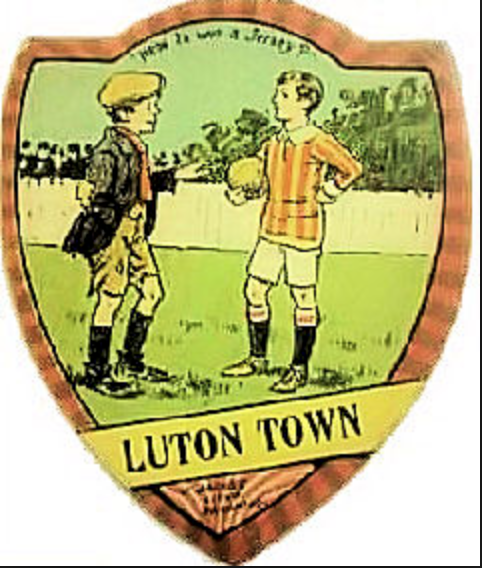
***
Summer Transfers
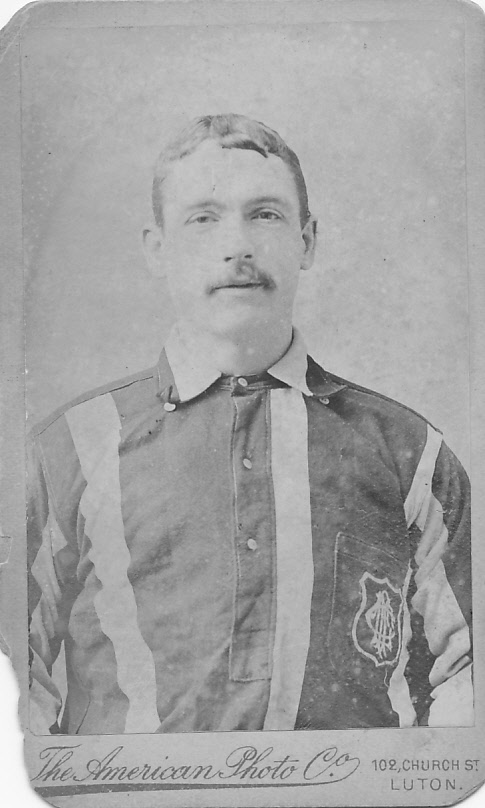 All clubs in the country are currently seeking to improve their squads before the season begins. 1894 was no different and Luton Town were after one of the best full backs in the country. The inaugural season of the Southern League was about to start and the Straw Plaiters needed to strengthen in order to compete with the favourites for the title, Millwall Athletic. James “Punch” McEwen, left, was playing with Liverpool South End after his previous club, Bootle ceased playing. The minutes of the Club Committee reveal their quest to sign Punch, comments in square brackets are mine.
All clubs in the country are currently seeking to improve their squads before the season begins. 1894 was no different and Luton Town were after one of the best full backs in the country. The inaugural season of the Southern League was about to start and the Straw Plaiters needed to strengthen in order to compete with the favourites for the title, Millwall Athletic. James “Punch” McEwen, left, was playing with Liverpool South End after his previous club, Bootle ceased playing. The minutes of the Club Committee reveal their quest to sign Punch, comments in square brackets are mine.
On 24th May 1894 the club committee wrote to McEwen offering £2 per week as follows –
“35 shillings per week and 5 shillings each for each extra match. In the event of there not being enough extra matches to produce the above amount the same should be made up at the end of the season.”
That offer having failed the meeting of 31st May resolved –
“to grant McEwen a bonus of £5 to sign on within a week of our last meeting.”
The meeting of 8th June agreed to take the unusual step of approaching the player directly. They also increased the bonus and resolved that –
“Mr Arnold [committee member, later Club Chairman and Mayor of Luton] should wait upon [visit] McEwen should he not reply by Monday and if necessary increase the bonus to £10.”
14th June committee meeting –
“Mr Arnold gave report of his visit to Liverpool which was considered very satisfactory and the best thanks of the committee was tendered to Mr Arnold for bringing the matter to so successful an issue.”
Harry Arnold and Luton got their man. A Hall of Fame entry for Punch McEwen is here.
***
The first badge
A topic to get a few Straw Plaiters’ fans drooling, badges. As early as October 1886, the club had commissioned a dozen badges for the committee to wear at games . The committee members had to perform various tasks at the early games including law and order. So the bright red badge was a mark of rank not support. There was little for the ordinary supporter to wear to show their support. The reports of the Kettering Charity Cup final in 1890 showed that supporters wore a photo of J.C. Lomax in their hats bearing the motto “Play up Luton” link here
It was not until 1897 that an enamel badge was produced for the fans. The Luton Reporter of the 15th January 1897 below gives the details. The club colours at the time were cardinal red, black and white.
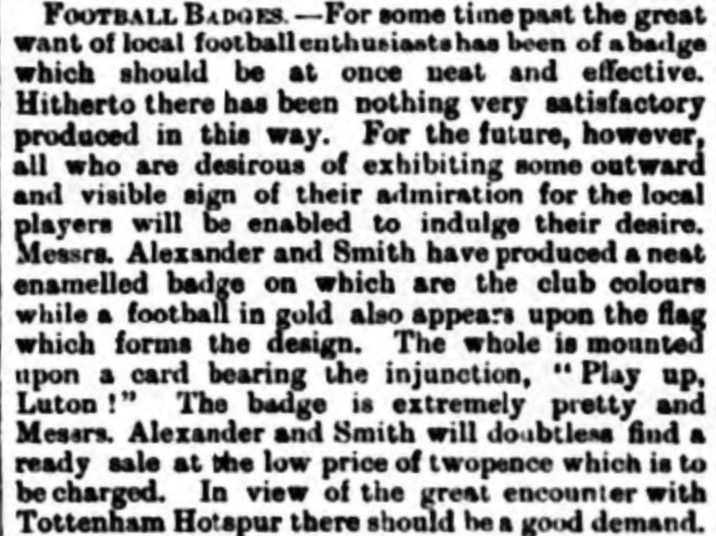
***
The Three Captains

“The Three Captains” by Tony Sussex. When I commissioned the painting I was quite specific in what I wanted so there was little artistic licence for Tony to get his teeth into. I am very grateful for his indulgence.
The scene shows the three captains on their way back after a goal has been scored against West Herts. As you look at the painting you have your back to the Dunstable Road. The railway line on the right is now the busway viewed towards Dunstable. The pavilion was paid for by J.W. Green, the brewer, at the cost of £50. It had seating on top and changing rooms and refreshments beneath (the atmosphere at games improved after the latter was installed).
The painting is an important one as it marks a crossroads in the early history of the club when three captain played in the same match. On the left is the star, captain and talisman of the early years, J.C. Lomax, who had drifted away from the club after his marriage in 1890. However, when he attended the funeral of John Long in Luton in the Summer of 1892 he briefly renewed his relationship with the club. He made a number of appearances early in the 1892/93 season.
In the centre is J.W. Julian, the ex Royal Arsenal captain who had just arrived at Strawopolis. He had been ousted from the Royalists’ first team by an influx of Scottish and Northern players when they joined the Football League. His signing was a great coup for the Straw Plaiters and he acted as player coach. His efforts, and those of the club committee, helped launch the team from also rans into the top three in the south of England.
The third captain is the old warhorse, Arthur Taylor, who was appointed the club’s first permanent captain in September 1891. He was the first player to join the club from outside Luton – living and working in Bedford. He was a great leader of men, an athlete and had represented Bedfordshire alongside J.C. Lomax.
The match is set at Dallow Lane on the 1st October 1892 and the report below comes from the Luton Reporter of 8th October 1892. The opponents are West Herts who would merge with Watford St. Mary’s in 1898 to become Watford FC. Read the match report here.
***
Glory

On Monday 22nd March 1897, the Straw Plaiters won the Kettering Charity Cup by beating Rushden 1 0 with a goal from Gallacher. After the presentation and tea in Kettering, the players and party returned to Luton. The Luton Times takes up the story, square bracket are my comments;
“The Luton contingent left to catch the 9 o’clock train. They had hoped to travel together in a saloon, but during the day it had been shunted about and had come to grief. Luton was reached at 10.19, where a huge crowd awaited their arrival. As they appeared with the Cup, deafening cheers were sent up. The Red Cross Band was waiting at the foot of the bridge steps in Bute-street, and struck up “See the conquering heroes come.” Mr Shackleton and Mr Barford had charge of the cup whilst Stewart [the captain, photo left] was carried shoulder high. Williams would have been shown similar attention, but declined the honour. The crowd had swelled to close on 3,000, and they cheered themselves hoarse as far as the Midland Hotel [LTFC headquarters on the corner of Manchester Street and Williamson Street] where the cup was uncased and filled with champagne. There were repeated calls, and in response Mr Barford said the team had had a hard fight, won a great battle, and the town was justly proud of them, for they were absolutely the best we ever had. They had won a magnificent cup (“won by Gallacher”). The cup was not won by one man, but by the whole team. They had all worked hard, and every one deserved the greatest credit (applause).
Stewart had also to appear, and elicited cheers by saying that the team now intended to get the championship of the United League. McCartney [future LTFC manager] was also hailed, and with great eloquence informed the assembly that he was intoxicated with delight and enthusiasm (cheers). He wished to make a prophecy (laughter), although he did not know if it would come true (renewed laughter), which was the Luton would not lose another match during the remainder of the season (loud cheers).
On Tuesday night, the Cup underwent further baptism at both Conservative and Liberal Clubs.”
McCartney’s prophecy did not come true as the Straw Plaiters lost out on the United League title by two points to their nemesis, Millwall. They did, however, win the Luton Charity Cup that season by beating Chesham 9 0 in the final. The reserves won the Bedfordshire County Cup. Players and supporters have to enjoy glory while it lasts.
***
Excelsior
I was contacted by the Bedfordshire F.A. after my last post and we met up for a cuppa and a chat. The Beds F.A. was one of the last county organisations to be formed, in 1894. They brought along their very first minute book and I had a quick glance at the first few pages. I was very excited to see the clubs entered for the first Bedfordshire Cup along with their colours. The photo below shows that Luton Excelsior played in orange and black in the 1894/95 season. Excelsior were formed in a block house in Wellington Street in 1879 and were the premier club in the town until the Lomax brothers joined Wanderers. Excelsior disappeared from the newspaper reports after Luton Town were formed on the 11th April 1885. They reappeared in December 1888. We do not know what colours they played in before 1894 but it is another piece in the jigsaw of Luton football history discovered. The second team in Luton, Luton Montrose played in light and dark blue stripes with Dunstable Town in light and dark blue halves.

***
The first mention of football in Luton
Short but sweet, the Luton Times of the 18th August 1860 carries the first mention of football in Luton that I have discovered.
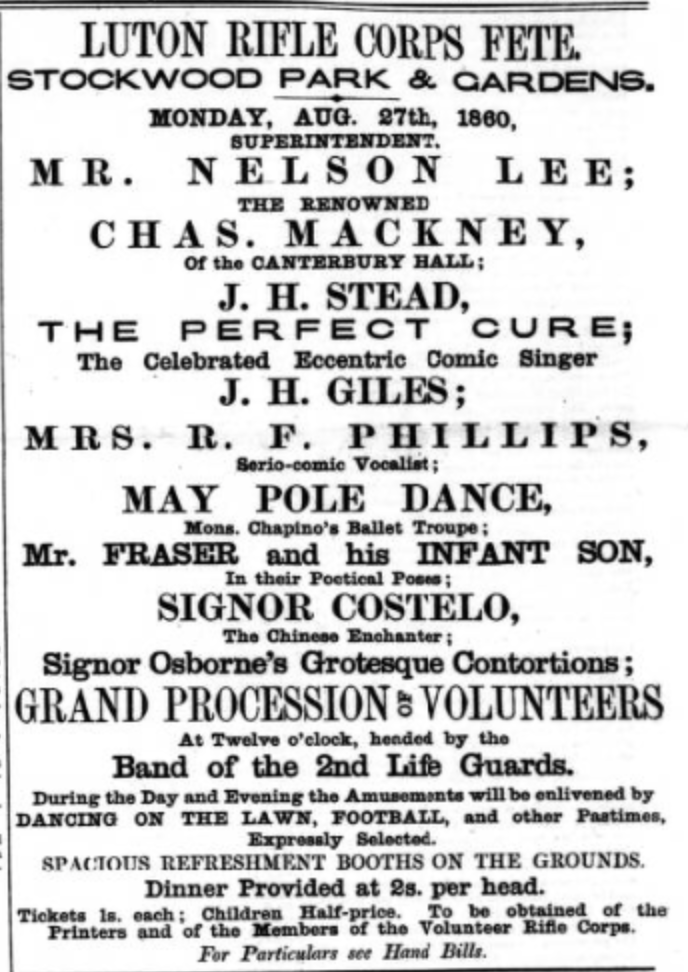
***
A game of words
Sheffield F.C. were formed in 1857 and their website says they were the first football club in the world. This statement appears to be a misunderstanding of the club’s actual place in football history. A simple search of the British Newspaper Archive reveals many references to football clubs before 1857.
The clip below is from the Leeds Intelligencer of 26th May 1778 and shows that a 10 aside game was played between two villages. The limit on the number of players indicates there were rules. Two separate villages or teams were involved so there was an association of sorts. Just because the rules they played to have not survived does not mean we should ignore them.

Football rules were recently discovered in Edinburgh dating from 1824 and we know that there was an Edinburgh Football Club at that time. The Hampshire Chronicle of the 7th December 1829, below, reveals that there was a Winchester Athletic Football Club. Beneath that is a clip from the Perthshire Advertiser of 10th July 1845 and then a third clip from the Windsor and Eton Express of the 20th October 1849. All three clips specifically mention football clubs.



No article on this subject should ignore the posh kids who played a form of football at educational establishments such as Eton, Winchester College, Marlborough College and various Universities.
We do not know what rules most of these clubs played under. Clubs adopted a form of the game they liked. Often Universities and clubs in a town used rules that its neighbours did not, which caused problems when a challenge was accepted. Games were played resembling rugby or soccer or a mixture of the two. There is not enough space here to tell the full story of the journey of the different codes.
As for Sheffield F.C., we know that the Sheffield rules they played under created a game of soccer closely resembling what we know today. However, there were also the Edinburgh Rules of 1824, the Eton Rules, the Uppingham Rules and Cambridge Rules that we know of – the latter two had an input into the Football Association Laws of the Game which were produced in 1863. However, Sheffield F.C. used their own rules and did not adopt Association rules until 1877.
Where does all that leave us? It leaves us playing a game of words to nail down Sheffield F.C.’s status. Perhaps the right wording would be to say that – Sheffield F.C. are probably the oldest known independent Football Club not associated with a school, hospital or university who played under rules closely resembling those of Association Football and who are still in existence but were definitely not the first club in the world.
***
What are we looking for?
 The number one item on my wish list is to see a photo of the navy blue and pink shirt worn by the Straw Plaiters from 1885 until 1889. Over 55 players played for the Straw Plaiters in the first season alone, so why has no photo emerged? I cannot believe that all have been lost over the years. I am certain photos exist but many are in the hands of collectors and hoarders and will not see the light of day – a great pity. However, someone may have a photo of the shirt but not know it. Why do I say that? Let me explain.
The number one item on my wish list is to see a photo of the navy blue and pink shirt worn by the Straw Plaiters from 1885 until 1889. Over 55 players played for the Straw Plaiters in the first season alone, so why has no photo emerged? I cannot believe that all have been lost over the years. I am certain photos exist but many are in the hands of collectors and hoarders and will not see the light of day – a great pity. However, someone may have a photo of the shirt but not know it. Why do I say that? Let me explain.
In an 1880’s photograph of the navy blue and pink shirt, the pink would appear as very light gray – correct. One would imagine that the navy blue would appear as a very dark gray, almost black – wrong. I am indebted to Dave Moor of the Historical Football Kits website for his help. See the colour comparison chart left. Dave’s explanation is very interesting;
“Orthographic film stock was widely used before modern panchromatic emulsions became available. Orthographic film was sensitive to reds and yellows, which appeared very dark. Blues, on the other hand, appear pale because the film was less sensitive to these frequencies. This can be seen on the colour comparison chart on the left. Panchromatic film, on the other hand, produces images that are more logical to the human eye.”
So what are we looking for? We are looking for a photo of a footballer in a halved shirt in the colours below. Blue on the left and pink on the right. Keep ‘em peeled.
***
We want Nine
We did not get a chance to sing “We want Nine” on Saturday as the eighth goal against Yeovil was scored with the last touch of the match. No-one in the pub after the game could remember Luton Town scoring eight in a game. But when was the first time we scored eight?
It was on Saturday 13th December 1890 in the second round of the Luton Charity Cup. The Luton Reporter newspaper carried only a short report;
“Luton Town v Park Terriers. This match in the second round of the competition for the Luton Charity Cup was played on the Dallow-lane ground on Saturday. The Town team were far too strong for their opponents, whom they vanquished by nine goal to none. The Town eleven was as follows: – Goal, T. Read; backs, A. Sanders and J.D. Seddon; half-backs, A. Taylor, A. Whitby and H.G. Spratley; forwards, S.F.P. Moore (centre), F.K. Whitby and H. Whitby (right), J.C. Lomax and W. Miller (left).”
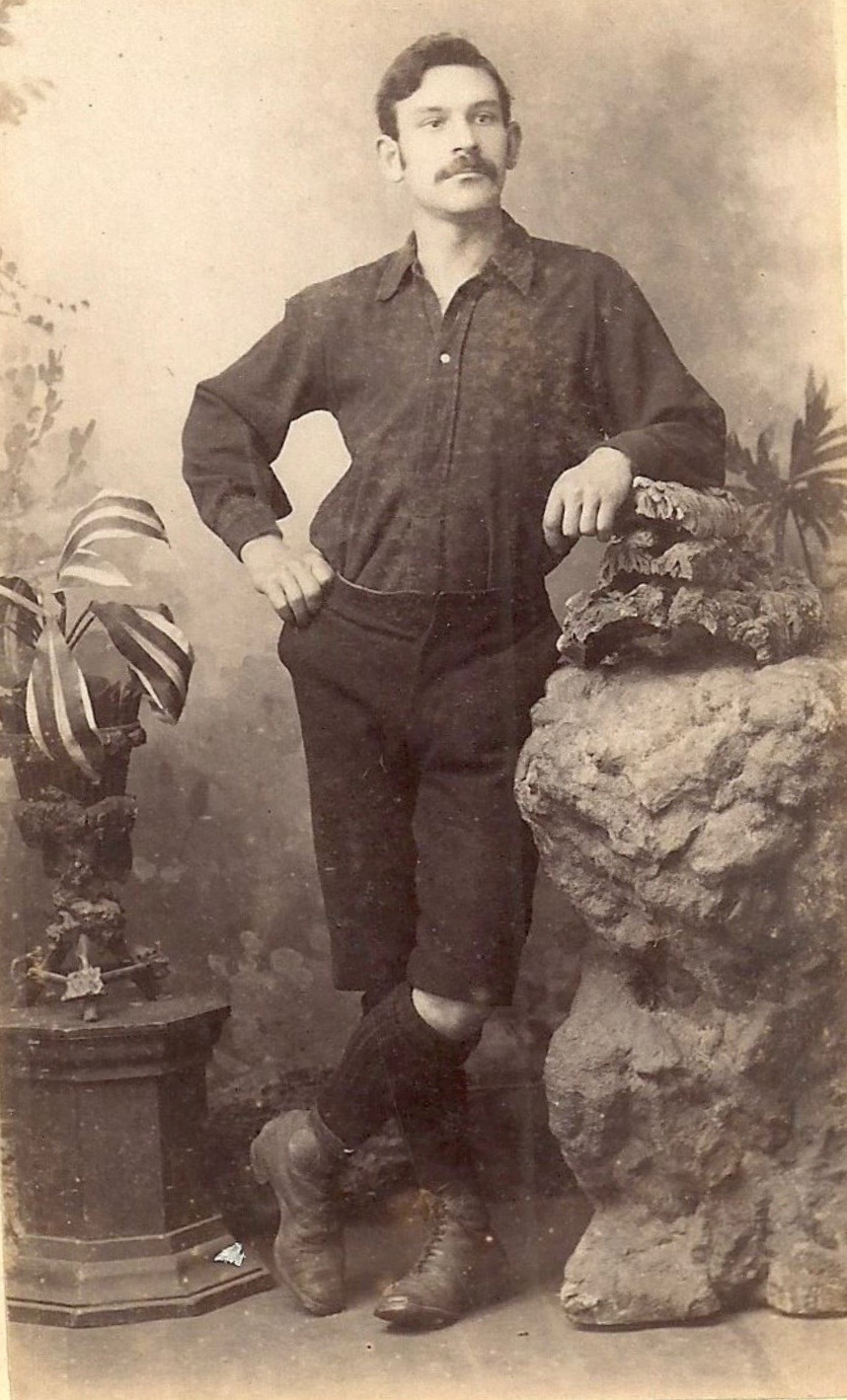 The Town team that day was an interesting group of players. Thomas Read, the goalkeeper, was a Luton lad who would be one of the first two players to sign professional in the South of England. The other was Harry Whitby, followed a month later by his brother Frank. A third brother Alfred played a number of games for the Straw Plaiters. The Whitby’s lived in North Street and worked in the family hat business (see Interlude 4). Three brothers in the same team had already been achieved by the Lomax brothers, Charlie, Ernest and D.A.N.
The Town team that day was an interesting group of players. Thomas Read, the goalkeeper, was a Luton lad who would be one of the first two players to sign professional in the South of England. The other was Harry Whitby, followed a month later by his brother Frank. A third brother Alfred played a number of games for the Straw Plaiters. The Whitby’s lived in North Street and worked in the family hat business (see Interlude 4). Three brothers in the same team had already been achieved by the Lomax brothers, Charlie, Ernest and D.A.N.
Albert Sanders, left, had been a founding member of the influential Luton Albany club with some Wellington Street school mates including Walter Miller. J.D. Seddon had impressed when playing for the Dunstable Grammar School (L.C.R. Thring was headmaster) a few weeks earlier. The club were never shy to ask players who had good games against them to try their luck with the Straw Plaiters. Another player who fell into that category was S.F.P. Moore who was a school master at St George’s School, Harpenden. Arthur Taylor, the old warhorse had impressed many years earlier when playing for Bedford – The “Grand Old Man” would give ten years service to the club. The line up is completed by Herbert Spratley, the notorious Luton Wanderer, who needs no introduction….but if you do, read Chapter Six.
This is the only mention I can find of Park Terriers – Luton Terriers make an appearance later so it may be that there was a change of name.
***
Challenges
Many of us have played football over the park – just a kick around between mates pretending they were their favourite player. My own haunt as a child was Popes Meadow in Luton – we usually had at least four Bruce Rioch’s in our games. Games amongst ourselves included “attack versus defence”, “headers”, “F.A. Cup” usually followed by the “European Cup.” These were warm up games for the main event – a game between all those present – usually around 5 v 5. However, some days a challenge was issued to a similar sized group of lads playing nearby. A challenge was more likely if we thought we could beat them, having sneakily kept an eye on them beforehand. Challenges are as old as the game itself.
The clip below is from the Sporting Life of 1st September 1884. Herbert Spratley, the new secretary of Luton Wanderers issued a challenge to play games at Christmas. Wanderers played Rugby as well as Association Football (Rugger and Soccer).
When Luton Town were formed, challenges were immediately issued. The club minute book reveals that at the first committee meeting on the 18th April 1885
“it was decided that the Secretary send amongst other challenges to the following clubs:- Old Etonians, Grove House, Old Forresters, Old Wykehamists, Wellingboro’ Grammar School, Prairie Rangers, Hendon, Old Westminster’s, Hotspur, Berks and Bucks, St Albans etc etc”.
The following clip from “The Sportsman” of 23rd December 1887 shows that newspapers had devoted spaces for clubs to issue challenges. Some clubs helpfully described their strength – to date I have not found a club describing themselves as “weak.”
Luton did find opponents for the 27th December 1887. Phoenix from London came to Dallow Lane and suffered a 4 2 defeat. The unwritten part of the challenge was the hospitality shown by the home club. Luton had a fine reputation in this respect. A tidy, attractive town in the Chiltern Hills was a draw for many especially smog ridden Londoners. Luton always sent a committee member to meet their opponents off the train. A dressing room, water and towels were provided. A fine after match tea was provided at the Club HQ at the Midland Hotel, on the corner of Manchester Street and Williamson Street. A sing song, recitations and poems rounded off the day. Friendships were formed which could prove very useful in the future.
***
A mystery card
 What was the purpose of this card? Credit card sized, it clearly is not a match ticket as it does not have the price nor the usual “this ticket will admit the bearer…etc” as per other match tickets of the era. I assume it was used as a method of advertising a game. The club produced a fixture list at the start of the season but some games could not be included such as F.A. and Charity Cup competitions. Friendlies could also be arranged at short notice as this fixture seems to have been. These games could be advertised in the usual ways – newspapers, billboards and sandwich boards. The club also hired the Town Crier on occasions. My guess is that these cards were produced to be handed out at pubs, events and around the town. I can imagine children collecting them spreading the word around playgrounds, streets and parks – the club had an admirable attitude from the beginning by letting children into games free of charge for many years. The Chinese/Japanese characters are trying to fit a hat on a very large head. Perhaps there was a series of these cards depicted countries around the world. If you have one or have any ideas on the card then please let me know via the contact button.
What was the purpose of this card? Credit card sized, it clearly is not a match ticket as it does not have the price nor the usual “this ticket will admit the bearer…etc” as per other match tickets of the era. I assume it was used as a method of advertising a game. The club produced a fixture list at the start of the season but some games could not be included such as F.A. and Charity Cup competitions. Friendlies could also be arranged at short notice as this fixture seems to have been. These games could be advertised in the usual ways – newspapers, billboards and sandwich boards. The club also hired the Town Crier on occasions. My guess is that these cards were produced to be handed out at pubs, events and around the town. I can imagine children collecting them spreading the word around playgrounds, streets and parks – the club had an admirable attitude from the beginning by letting children into games free of charge for many years. The Chinese/Japanese characters are trying to fit a hat on a very large head. Perhaps there was a series of these cards depicted countries around the world. If you have one or have any ideas on the card then please let me know via the contact button.
***
Shiny things (2)
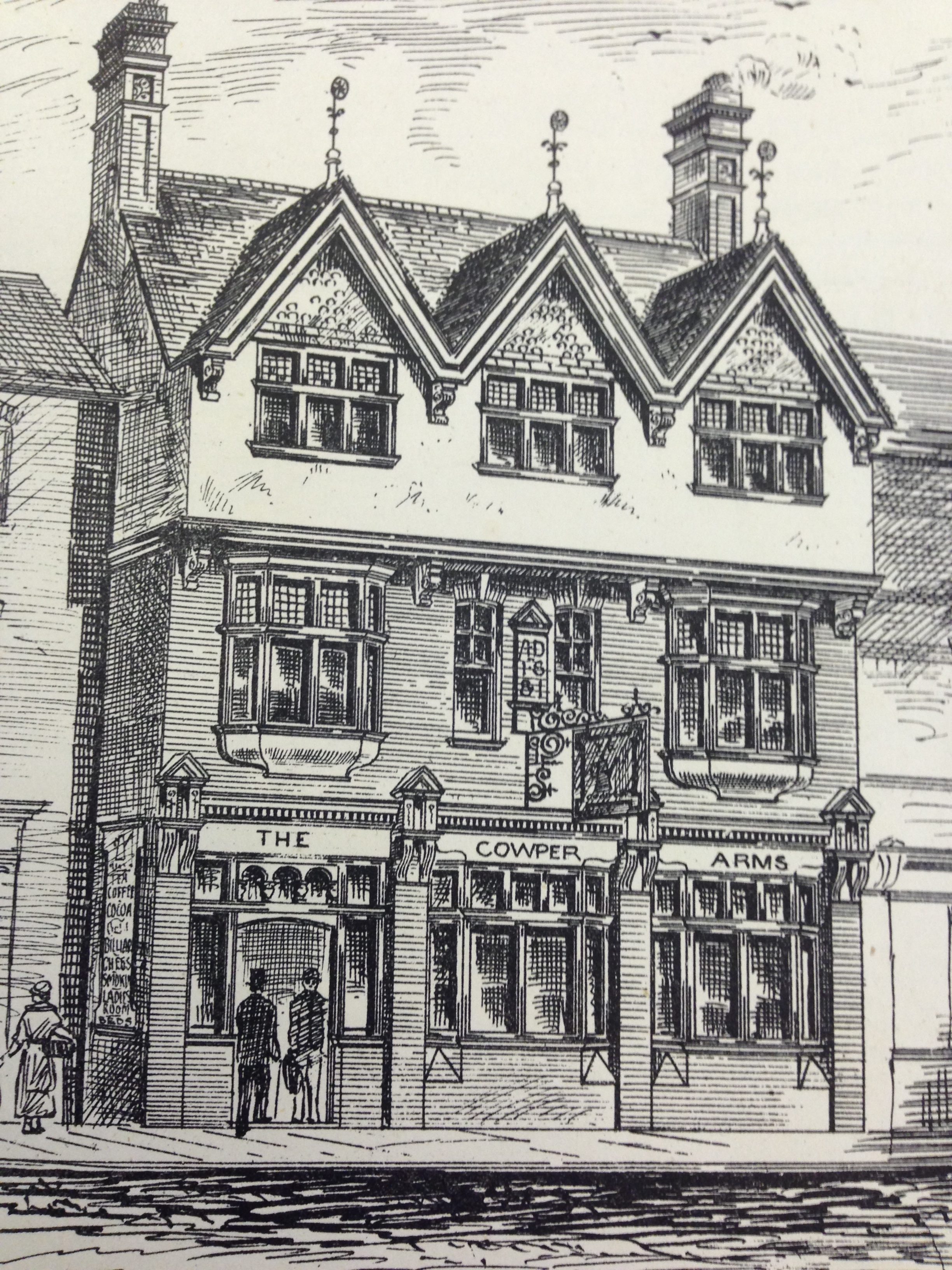 Bedfordshire was the last county in the country to form a Football Association. It was not until early 1894 that the Bedfordshire Football Association was formed at the Cowper Arms coffee tavern in Cheapside, Luton, photo left. The building will be recognised by many as a former very dark nightclub with many steps.
Bedfordshire was the last county in the country to form a Football Association. It was not until early 1894 that the Bedfordshire Football Association was formed at the Cowper Arms coffee tavern in Cheapside, Luton, photo left. The building will be recognised by many as a former very dark nightclub with many steps.
At last there was a Bedfordshire County Cup competition. Luton Town reserves entered the first competition for the 1894/95 season. The “Grand Old Man,” Arthur Holey Taylor had retired from first team football in the spring of 1894. He was, however, persuaded to coach and play for the reserves. In this first season, professional players were allowed to compete. Arthur led the Straw Plaiters’ reserves to victory. The following season, under pressure from other clubs, professional players were banned from the cup competition. I am very grateful to the Arthur’s great grandson, Mark Gardiner, for getting in touch and letting me display the medal won, below. They were made by Vaughtons of Birmingham, the famous company who made many of the medals and other silverware in this era, including the Luton Charity Cup.
Our first permanent captain, you can read Arthur’s full story here.
***
England 0 Luton Town 1
 It was recently revealed that Luton Town are the most successful F.A. Cup giant killers of modern times. I have always thought that our overall record would be hard to beat. But where and when did it start? Ironically our first giant killing occurred at Wembley on the 4th November 1893. Luton Town had been drawn away to the Old Westminsters, one of the top teams in the country whose line
It was recently revealed that Luton Town are the most successful F.A. Cup giant killers of modern times. I have always thought that our overall record would be hard to beat. But where and when did it start? Ironically our first giant killing occurred at Wembley on the 4th November 1893. Luton Town had been drawn away to the Old Westminsters, one of the top teams in the country whose line
up included six England international players – Ralph Tyndall Squire, Billy Moon, Alban Harrison, William Winckworth, John Veitch (photo left), and Rupert Sandilands. The Old Westminsters should have achieved more but they did reach the F.A. Cup quarter finals in 1884, 1886 and 1887. They were winners of the London Senior Cup in 1887, 1888, 1890, 1892 and 1893.
I thought you would enjoy the whole report taken from the Luton Reporter of 11th November 1893. My comments are in square brackets.
“LUTON AND THE ENGLISH CUP.
_______
A MAGNIFICENT WIN.
A stranger visiting the town on Saturday evening would have been at a complete loss to account for a roar of triumph which went up from a large crowd in the centre of the town and even a good many towns-people were unable to explain the outburst of enthusiasm. To the football lover the cheering served as an unmistakable indication that the Luton Town team had once more given a good account of themselves and had qualified for the third round of the qualifying competition for the English Cup. It may, perhaps, be explained that the club was not engaged in the first round, the ninth division (in which Luton is included) containing an insufficient number of clubs. The eight combinations who had entered were accordingly awarded byes, and these were engaged in mimic warfare on Saturday. When the result of the draw for the second round became known fear and dismay fell upon all football loving Lutonians, for it was found that the “reds” had been pitted against the strongest side in the division, the Old Westminsters. The usual predictions as to the probable result of the encounter were made prior to the fray, and these were invariably distinctly adverse to Luton’s chances of success ; indeed, the prophets confined their forecasts to the number of goals which would be registered against their players. The chances of the locals were not increased, to say the least, by the fact that they had to play away from home. In anticipation of a goodly number of admirers following the fortunes of the team both railway companies ran excursion trains to London, and a fairly satisfactory use was made of these opportunities to visit the scene of the encounter at Wembley Park. The Midland train was the more largely patronised, upwards of 100 taking tickets. The weather in this early part of the day was not of a very inviting nature, and the lengthy journey was not of the most pleasant description, but the travellers beguiled the time by discussing various interesting football topics—for nobody would be so venturesome as to intrude extraneous subjects upon the attention of enthusiastic partisans of any football eleven. Everything mundane has an ending, and the weary voyages rejoiced that this was the case with the journey to Wembley. The opportunity of rambling about the charming 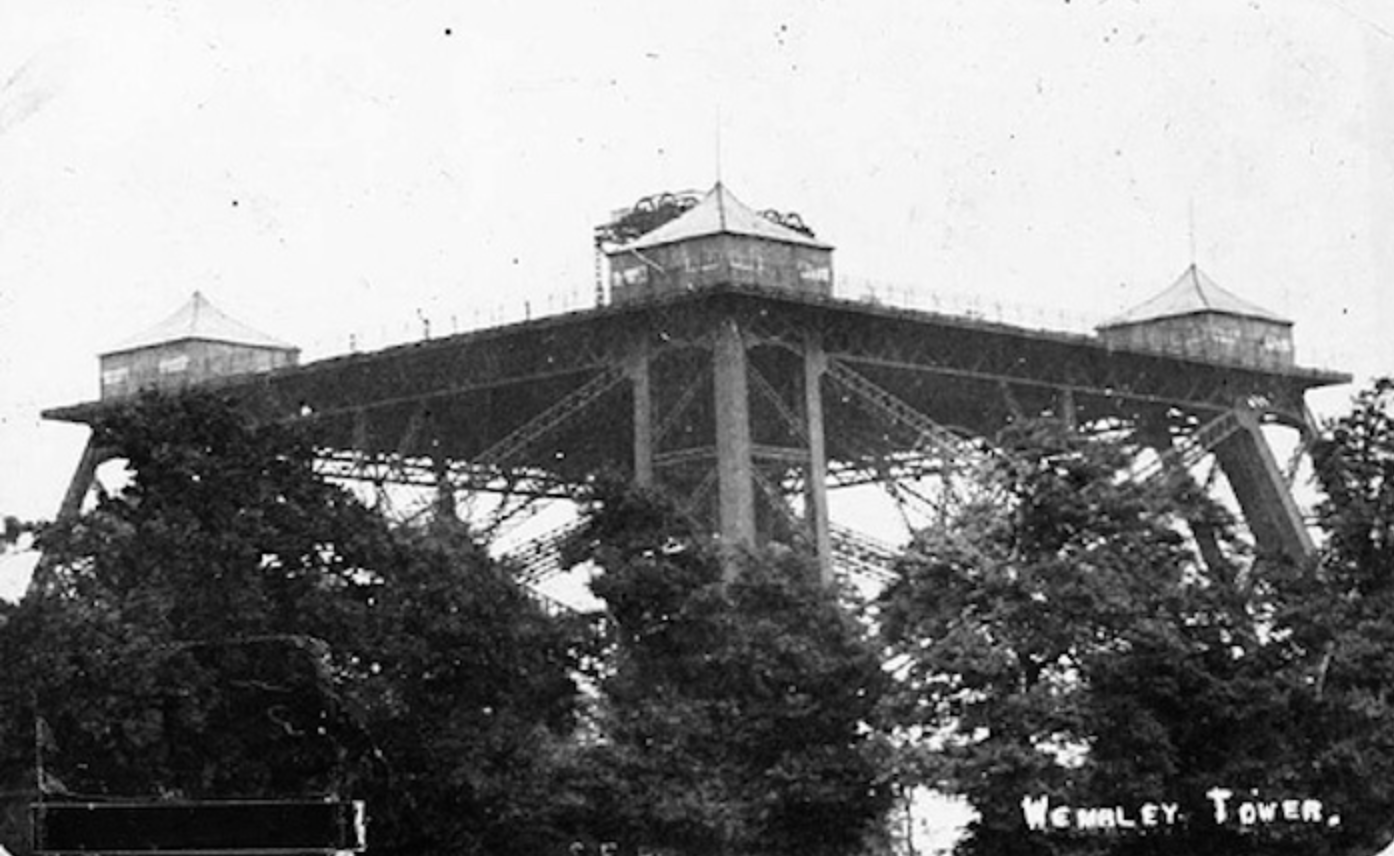 grounds and of inspecting the tower [Watkin’s Tower, above, to be taller than the Eiffel Tower but was never completed] which is to beat the record was, however, sufficient to compensate for any discomfort which had been experienced, to say nothing of the treat in store. The weather had improved somewhat, and the Lutonians were correspondingly jubilant. An inspection of the ground revealed the fact that the rain which had fallen during the morning had had the effect of saturating the turf, though not of rendering it slippery. The footballer’s vocabulary contains many curious terms, and as it is considered nowadays that no account is complete without the introduction of several of these it may at the outset be conceded that the ground was “on the heavy side”.
grounds and of inspecting the tower [Watkin’s Tower, above, to be taller than the Eiffel Tower but was never completed] which is to beat the record was, however, sufficient to compensate for any discomfort which had been experienced, to say nothing of the treat in store. The weather had improved somewhat, and the Lutonians were correspondingly jubilant. An inspection of the ground revealed the fact that the rain which had fallen during the morning had had the effect of saturating the turf, though not of rendering it slippery. The footballer’s vocabulary contains many curious terms, and as it is considered nowadays that no account is complete without the introduction of several of these it may at the outset be conceded that the ground was “on the heavy side”.
The start had been announced for 2.45, and a little later the teams took up their position in presence of upwards of 1,000 spectators. A piercingly cold wind swept over the ground , and the lot of the onlookers was the reverse of pleasant. Those who lined the railings, however, did not allow the cold to benumb their partialities, for the applause during the game ranged up in the following order :—Old Westminsters : Goal, *W. R. Moon ; backs, *A. H. Harrison and *R. T. Squire (captain) ; half-backs, A. W. Ferrers-Guy, *W. N. Winckworth, and E. G. Moon ; forwards. W. P. Winckworth and J. G. Veitch (right wing), R. R. Sandilands (centre), E. L. Clapham and F. Street (left wing). *International players. Luton Town : Goal, E. Bee ; backs, J. Taylor and J. Wilson ; half-backs, J. Watkins, J. W. Julian (captain), and A. J. Taylor ; forwards, W. Brown and J. Finlayson (right wing), H. Galbraith (centre), F. Allen and J. Dimmock (left wing). The referee was Mr. R. Evans, and the linesmen were Messrs. H. Wetton (Old Westminsters) and W. G. Wheeler (Luton). It will be noticed that Vickers and Hayes were missing from the Luton team. The former had not recovered from the injury which he sustained at Millwall in the previous week, and Hayes had been injured during the week. The “pinks” [the Old Westmisters team still wear pink shirts today] won choice of positions, and Galbraith started some minutes after the advertised time. The Westminsters went off with a rush, but the Luton defenders returned and the ball went out at the pavilion side. When the “reds” looked like getting near Moon’s goal Guy put himself in evidence and cleared with a terrific kick. The Luton forwards had apparently made up their minds to try their utmost, and a minute later they took the ball up the field by means of some good passing, Allen concluding the run by receiving the sphere when off-side. A little later the old boys had to kick off from their goal-line, the visitors having come unpleasantly close to scoring. Dimmock was showing capital style, and with Galbraith and Finlayson in the pink of condition the Lutonian forward string were giving the opposing half-backs considerable trouble. When they had had a spell in the homesters’ territory, however, Street raced away to the other end and Veitch secured possession, but he found the Town backs too strong for him. Brown experienced extremely hard luck a moment afterwards, a splendid shot from his foot travelling across the Westminsters’ goal in tantalising fashion. Next the home forwards visited Bee’s end and gave a display of neat passing in front of the ex-Arsenal man ; in fact, they passed too much and shot too little, and so failed to score. On one occasion Sandilands struck the cross-bar with the ball, but at no time were the “pinks” very dangerous. Hands against the homesters was followed by a corner against Luton off Taylor. Brown shortly afterwards tried Moon with a capital attempt, but the international managed to clear his goal-line. A corner followed, but this was not improved upon. The play was hereabouts in the neighbourhood of the homesters fortress and the “reds” looked like scoring. A first-rate centre by Brown presented Galbraith with an opportunity, but the centre man failed in his shot. A good display by J. Taylor was succeeded by a capable exhibition on the part of Bee, who on one occasion saved in marvellous style. Brown was penalised for lying off-side and a corner to the enemy was conceded by Julian, and thereafter the Luton end was the scene of operations for a space. The Bedfordshire men were not long content with this state of affairs and presently went away at a great pace. Their progress was checked, and in turn the “pinks” became invaders. Street got off splendidly but was pulled up by Wilson, who was exhibiting grand defensive ability, and then Veitch spoiled a fine opening by bad shooting, while Sandilands was similarly unfortunate. The home players attacked fiercely and corners fell to them in rapid succession, but the Lutonians bore themselves gallantly and no score resulted. Bee was sorely tried a trifle later, but he was on his best behaviour and could not be induced to let a shot pass him. Brown was most prominent in a rattling run by the visiting forwards, but Dimmock missed badly when the right winger centred admirably. A minute afterwards Veitch received from Sandilands and sent the ball in at a great pace, but it struck the bar and went over. Luton subsequently had a look in and from a capital pass by Dimmock Brown sent in a beauty which Allen had the misfortune to head over the bar. Harrison was evoking considerable applause by his sturdiness at back, and a mingled roar of laughter and applause saluted him when he tricked one of the attacking force very cleverly. Brown experienced hard luck by seeing the ball miss by a yard only, when he had sent in a capable attempt. Sandilands was well in evidence, and he again tested Bee’s ability, but that player demeaned himself gallantly, and the famous international failed in his attempt to give his side the lead. W. P. Winckworth tried hard, but again the Luton custodian frustrated the enemy’s designs. At this stage the hearts of the Luton supporters were filled with dismay by seeing Watkins writhing on the ground after colliding with Clapham. It was found that his right leg was injured, and he had to leave the field. The loss of a man seemed to render the “reds” more determined than ever to give a good account of themselves. Galbraith was especially prominent, but inasmuch as the whole of the forward line were at their best it is, perhaps, a trifle beside the mark to select an individual for commendation. Wilson at back was, however, displaying rare ability, while Julian and A. Taylor were working magnificently, the captain doing an immense amount of service. Veitch having kicked behind the Town Club’s line, Street was stopped on two occasions when he placed himself off-side. Watkins here resumed, the applause which greeted his re-appearance being both generous and general. Dimmock sorely tested Moon’s powers after a clever run, and next Allen muffed a chance presented to him by Finlayson, who centred finely after a tricky dribble. Half-time arrived with the score-sheet in the following condition : Old Westminsters, 0 ; Luton, 0. After a brief cessation the game was resumed, the Luton spectators being on fairly good terms with themselves, inasmuch as the play of their favourites had far exceeded their most sanguine expectations. After the re-start , the visitors had considerably the best of matters, and Harrison was compelled to display his best ability in order to stem several determined rushes. Finlayson sent in a beauty, which Moon fisted out, and it was only the magnificent back play of the Westminsters that stopped the Luton forwards more than once. Great dissatisfaction was caused by the referee pulling up Galbraith on the score of off-side, the general feeling being that the decision was unjust. Brown from a pass by Allen sent the ball over the bar, and a minute afterwards a great burst of cheering hailed the opening of the score by Luton, Dimmock taking advantage of a mis-kick by Harrison and sending the leather into the net. Stimulated by this success the “reds” showed splendid style and matters looked ominous for the old boys. Sandilands got within shooting distances subsequently, but he was too much hampered by Julian to be dangerous; indeed, it was the visitors’ captain’s fine tackling that took the sting out of the “pinks’” centre man during the whole of the game. Finlayson was badly fouled, and then Brown had a trial to himself, but Harrison cleared. Hands against Squire produced a stout tussle in front of the Old Westminsters’ uprights, but Moon behaved brilliantly. Corners were  credited to the homesters, and when hands had been awarded against Squire, Dimmock [photo left] was pulled up for alleged infraction of the off-side rule. Veitch was similarly visited, and a free kick against Luton in goal looked ominous, but no bad results accrued. For a considerable space thereafter the “pinks” maintained a steady bombardment of the Luton citadel, and Wilson and Julian were loudly hooted for kicking into touch when matters appeared dangerous. A few anxious minutes for the supporters of the Town men were experienced, for as the determined rushes were made in rapid succession a score seemed inevitable. By-and-bye the siege was raised, several shots by Street being ineffectual. Then the visitors had a turn at the other end, and when the game ended the ball was in mid-field. Before the finish loud cries of “Time” were heard from all parts of the ground, and when at length the referee blew his whistle it was found that he had allowed several minutes more than the proper time limit. When the struggle ceased and the “reds” were hailed as the winners of an exceedingly well-fought game an extraordinary scene of enthusiasm was witnessed near the pavilion, the Lutonians being delighted with their brilliant victory. The receipt of the news in Luton was attended with a like outburst, for the success had been altogether unexpected. The “reds” are entitled to the utmost credit, for the win is not only the most notable with which they have ever been credited but it
credited to the homesters, and when hands had been awarded against Squire, Dimmock [photo left] was pulled up for alleged infraction of the off-side rule. Veitch was similarly visited, and a free kick against Luton in goal looked ominous, but no bad results accrued. For a considerable space thereafter the “pinks” maintained a steady bombardment of the Luton citadel, and Wilson and Julian were loudly hooted for kicking into touch when matters appeared dangerous. A few anxious minutes for the supporters of the Town men were experienced, for as the determined rushes were made in rapid succession a score seemed inevitable. By-and-bye the siege was raised, several shots by Street being ineffectual. Then the visitors had a turn at the other end, and when the game ended the ball was in mid-field. Before the finish loud cries of “Time” were heard from all parts of the ground, and when at length the referee blew his whistle it was found that he had allowed several minutes more than the proper time limit. When the struggle ceased and the “reds” were hailed as the winners of an exceedingly well-fought game an extraordinary scene of enthusiasm was witnessed near the pavilion, the Lutonians being delighted with their brilliant victory. The receipt of the news in Luton was attended with a like outburst, for the success had been altogether unexpected. The “reds” are entitled to the utmost credit, for the win is not only the most notable with which they have ever been credited but it  was obtained by sheer merit. Every man played up to his reputation, from goal-keeper to centre forward. Excuses have been made for the moderate display by the Old Westminster forwards, but a complete explanation is to be found in the unceasing attention paid to them by the opposing half-backs. Julian stuck to Sandilands like a leech and has never exhibited better tackling ability, while A. Taylor exerted himself strenuously to stop the progress of Veitch. Watkins was unfortunate in being injured, but despite his injury he did really well. At back Wilson played magnificently, and he was little short of being the best back on the field; at any rate his mistakes were few and far between. J. Taylor showed up prominently, while Bee in goal
was obtained by sheer merit. Every man played up to his reputation, from goal-keeper to centre forward. Excuses have been made for the moderate display by the Old Westminster forwards, but a complete explanation is to be found in the unceasing attention paid to them by the opposing half-backs. Julian stuck to Sandilands like a leech and has never exhibited better tackling ability, while A. Taylor exerted himself strenuously to stop the progress of Veitch. Watkins was unfortunate in being injured, but despite his injury he did really well. At back Wilson played magnificently, and he was little short of being the best back on the field; at any rate his mistakes were few and far between. J. Taylor showed up prominently, while Bee in goal
exhibited superb style. Amongst the forwards there was little to choose, for all did well. Galbraith and Finlayson [photo left] repeatedly tricked the Westminster half backs, while Allen was as plucky as ever in the open field. Brown’s centres were very fine, and Dimmock was prominent both for dibbling and shooting. For the losers Harrison played in best style, his defence being grand. Winckworth was the best of the half-backs, while of the forwards the most successful were Street, Veitch and Sandilands. Moon effected some marvellous saves in goal. It should be added that the referee was by no means popular, many of his decisions being far from satisfactory.”
The victory rang round the country and the Straw Plaiter’s standard was planted firmly near the summit of the football world.
***
It’s in the net
 The title of this article was not uttered by Luton fans until the 8th October 1892. Until this date the club did not have any nets, nor did many other clubs. The advert left started to appear in 1891 and gradually clubs bought and installed them. They were long overdue and cost the club on more than one occasion, the most bitter against Watford Rovers in September 1891. Luton were 4 3 down when in the last minute;
The title of this article was not uttered by Luton fans until the 8th October 1892. Until this date the club did not have any nets, nor did many other clubs. The advert left started to appear in 1891 and gradually clubs bought and installed them. They were long overdue and cost the club on more than one occasion, the most bitter against Watford Rovers in September 1891. Luton were 4 3 down when in the last minute;
“…the ball was headed in from a “corner” and a great shout went up from the spectators who were clustering on the goal-line, but the referee over-ruled the claim for a goal.”
The ball had hit the crowd standing on the goal line and bounced back into play. The referee, Frank Pitkin from Luton, did not allow the “goal.”
A year later the club minute book entry for 5th September 1892 reveals
“A matter was then brought forward as to whether it would be wise to have Brodie’s nets attached to our goals. This was freely discussed but ultimately it was resolved to do without them at present.”
There was another discussion at the committee meeting on the 19th September 1892;
“Mr Hughes then brought forward the goal nets agains saying that after Saturday [I have been unable to find out what happened] everyone ought to be convinced as to the advisability of using them but as the club had already gone as far as practicably with regard to expense he, with the sanction of the committee would guarantee to find enough money for the nets and possibly for canvas to protect the ground from over lookers. It was therefore proposed by Mr Pakes and seconded by Mr Hackett and carried unanimously that Mr Hughes be allowed to collect subscriptions for the above object”.
A collection was made by the committee from the crowd at the game against City Ramblers. Enough money was raised and they were installed in time for the game on the 8th October 1892 against Royal Arsenal. J.C. Lomax was the first Luton Town player to “hit the back of the net” – in his last ever game for the Straw Plaiters.
The Sports Editor of the Luton Reporter said;
“The goal nets, which were used for the first time on Saturday, are a distinct improvement. They effectually prevented dispute as to the ball having passed between the posts. The thanks of all the spectators at the matches are due to Mr T. N. Hughes and those who assisted him for their exertions in collecting the necessary funds.”
I have given Thomas Nelson Hughes his own entry in the Hall of Fame. We must not forget the work done by the unpaid Luton Town committee members who ran the club from 1885 until 1897.
***
Shoot, Forward, Kick it, Wake up
The title of this article reflects some of the more basic instructions shouted to Luton players during matches at Kenilworth Road. Many of us have a good bellow during a game. My own favourite efforts are not directed at Luton players – “know your limits” is directed at opponents when they mess up. “It’s all about you ref” comes in useful with a fussy referee. Players today are supposed to be able to cope with such interjections from the crowd but it has not always been so. The following letter from the Club Secretary was published in the Luton Reporter on the 23rd December 1893. As far as I know the club have not withdrawn this request;
“THE LUTON FOOTBALL CLUB.
Sir,—Several of our prominent players complain that Luton spectators are too much in the habit of shouting out instructions to the various members of the team during the progress of the game ; in fact, our men go so far as to say that the superior displays given in our matches, to which all who have had the pleasure of witnessing can testify, is entirely owing to the absence of the distraction complained of. By this visitors will see that if we are to have good home football we must allow the men to play their own game. The committee therefore request that friends will refrain as much as possible from being too personal in this respect, as instead of being a help it rather detracts from the play.—Yours truly
ISAAC SMITH
Secretary Town Football Club.”
The following clip from a January 1894 report suggests that the request was not heeded;
“Had the Luton players obeyed the injunctions of their supporters, the Millwall men could not have been brought home except in pieces.”
***
Snow
When Luton Town drew Middlesbrough at home in the 1891/92 F.A. Cup, the committee of the club must have relished the prospect of making some serious money. However, the weather was not kind as four to five inches of snow fell on the Monday before the game. There were serious frosts each night leading up to the game on the 16th January 1892.
The Luton Reporter newspaper said that the club had decided to try to clear the pitch but it was slow work. They went on to say that;
“The Secretary of the Town Club informs me that he endeavoured to get the match postponed, but after correspondence with the Secretary of the National Association Mr Smith has been informed that the teams must meet on the field, and that if the ground is unfit to play upon the referee must order that no play shall take place.”
The pressure on the referee on the day, with the two teams present, to play the game must have been immense. It went ahead. The bad weather meant only 1,200 supporters turned up to witness a 3 0 defeat in what was the biggest game in the club’s history. The sports column of the Luton Reporter sums it up;
“The most unsatisfactory part of the whole business was the wretchedly small gate. I admit it was not an inviting day to stand about in – I have had rheumatics myself ever since – but the snow was dry. I have seen a much larger crowd of enthusiasts round the ropes in worse weather than that of Saturday. Perhaps the uncertainty of the fixture coming off had something to do with the paucity in the attendance. But those who saved their sixpence lost more than sixpence worth, for it was truly a well contested game.
It was a great pity that the match was proceeded with at all in such unfavourable circumstances. The laws of the Association are as unbending as those of Medea and Persians, but with less reason. Everybody must feel that it is unfair to compel men to play on such ground as that which presented itself of Saturday. It is true that a protest might have been entered, but there was a sort of moral compulsion on the home team, which might have been avoided had the referee been allowed to inspect the ground on a previous day and communicate with the visitors. It all added to the terrors which the Luton team had already magnified sufficiently in their own minds. I believe, therefore, it would have been wise of the Luton authorities if they had made the protest and had the fixture postponed.”
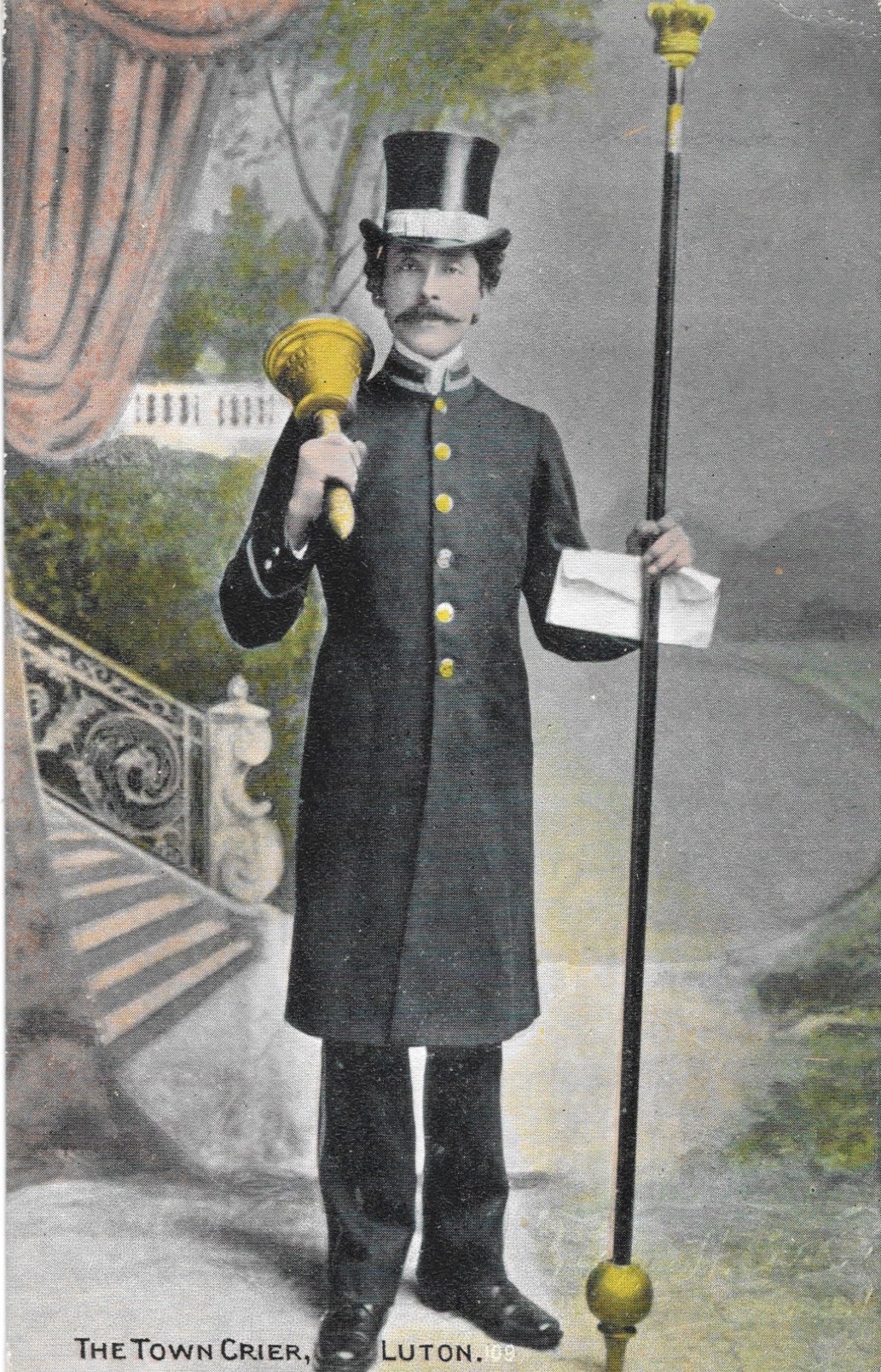 The club set out the expenses for the game in their minute book. It is interesting that this is just about the only mention in the club minute book of the Town Crier, Charles Irons, left. In light of the doubts about the game going ahead, he was probably hired to drum up support. The minute book entry is as follows;
The club set out the expenses for the game in their minute book. It is interesting that this is just about the only mention in the club minute book of the Town Crier, Charles Irons, left. In light of the doubts about the game going ahead, he was probably hired to drum up support. The minute book entry is as follows;
“Gate money for Sat 16th £28 1s 3d, Pavilion £1 7s 6d = £29 8s 9d.
Expenses of cup tie as follows
Referee £1 19s 0d
Linesman £1 7s 11d
Linesman £1 6s 9d
Clearing of ground £7 8s 9d
Printing £1 0s 0d
Posting, advertising and crier £1 2s 3d
3 gatemen @ 2/6 7s 6d
4 Policemen 10s 0d
Total £15 2s 2d
Travelling expenses for Middlesboro £13 18s 0d
Total expenses £29 0s 2d
This leaving 8/7 (eight shillings and seven pennies) for division, Middlesboro’s portion 4/3 1/2 (four shillings, three and a half pennies). A cheque for £14 2s 2 1/2 (£14, two shillings and two and a half pennies) be sent to Middlesboro.”
The cost of removing the snow, £7, eight shillings and nine pennies, meant Luton and Middlesbrough made a pittance from the game. That was not the end of the story. I have been unable to find a record of a protest by Middlesbrough but the Football Association rules were rapidly changed in respect of the expenses of preparing a pitch. The Council of the Football Association met on the 20th January 1892 as reported by the Yorkshire Herald;
“It was decided that in Cup ties expenses from clearing the ground from snow, and other preparation be borne by the home club.”
The change was confirmed in the Football Calendar for the following season, paragraph c below. The F.A. in paragraph a, says the referee can make a morning inspection of the pitch – which would have been too late to stop Middlesbrough setting off.
I will do another article on all match day expenses in due course.
***
Myth or fact?
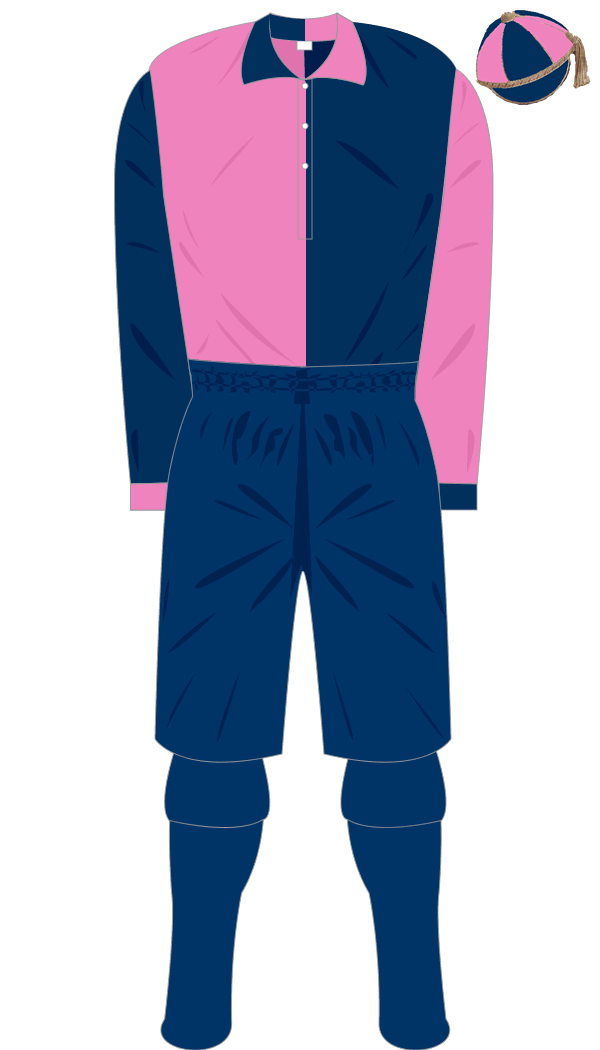 Luton Town F.C. were formed as a result of a merger/amalgamation between Wanderers and Excelsior. Myth – the meeting on 11th April 1885 advertised by placard and was a public meeting open to everyone. It was NOT a meeting of the Wanderers and Excelsior committees to thrash out a merger. Most football lovers in the town attended and were able to address the meeting. The only motion put forward and carried was “that this meeting establish a Town Football Club to be called ‘The Luton Town Football Club’.”
Luton Town F.C. were formed as a result of a merger/amalgamation between Wanderers and Excelsior. Myth – the meeting on 11th April 1885 advertised by placard and was a public meeting open to everyone. It was NOT a meeting of the Wanderers and Excelsior committees to thrash out a merger. Most football lovers in the town attended and were able to address the meeting. The only motion put forward and carried was “that this meeting establish a Town Football Club to be called ‘The Luton Town Football Club’.”
The first shirt was pink and dark blue. Fact – the newspaper report of the meeting and the club minute book confirms these colours were agreed on the 11th April 1885. The only mention I have found of the layout of the shirt comes from a 1926 Luton News article which stated that the shirt was pink and blue halves. There is no known photo of this shirt.
There was an agreement that the team after 11th April 1885 would be made up of 5 ex Wanderers and 6 ex Excelsior one week and the reverse the following week. Myth – There is no evidence to support this – the first game saw 8 ex Wanderers and 3 ex Excelsior players in the team.
Luton Town played on the Excelsior ground from October 1885. Fact – Dallow Lane had many meadows and it appears that Excelsior used the one nearest to Dunstable Road. Luton Town took it over. Luton Wanderers had the pitch next to it. The two grounds were separated by a temporary fence. Luton Albany also played in Dallow Lane.
J.C. Lomax scored Luton Town’s first ever goal. Fact – John Charles “Charlie” Lomax scored the first goal against Higham Ferrers Rovers on the 3rd October 1885 after 15 minutes play. In the second half he scored his second and together with a goal from Albert Deacon gave the Straw Plaiters a three nil win.
The first F.A. Cup goal scored in the town was by Edward Ellingham for Luton Town in a 3 1 defeat by Hotspur (not Tottenham) in October 1886. Myth – Luton Wanderers played the Old Etonians in November 1884 when Robert Ellingham scored in a 3 1 defeat at Dallow Lane.
Luton Town played in cochineal coloured shirts. Myth – the description “cochineal” was never used at the time. The two nearest shirt colours worn by the team were known as Cardinal Red and Claret.
There was a claret Luton Town shirt hanging in a pub in the town until the 1960’s. Unknown – Lots of pubs were demolished around the town in the 1960’s and 70’s. Did you see such a shirt? Do you know who has it?
Luton Town were the first professional club in the South of England. Fact – Arthur Taylor was paid 5 shillings in January 1886 for loss of wages so he could leave work early in Bedford to play in the away game at Dulwich. This payment probably breached his amateur status and was thus the act of a professional. The club also bought players shin pads in 1888 which was an additional breach of the amateur status. Three players, Tom Read, Harry Whitby and Frank Whitby were offered contracts paying 5 shillings a week in December 1890. These offers were accepted making them the first contracted players in the South of England.
Players regularly complained of smoke getting in their eyes on the Dallow Lane ground from passing trains. Partial – Having read all the newspaper reports I have only seen this mentioned once when an open goal was missed by a Luton player. The goal at the Dallow Lane ground backed on to the railway line to Dunstable.
Luton Town made a loss in the 1896/97 season so had to sell their Dallow Lane ground. Myth – The club did not own the Dallow Lane ground. The land was owned by the Crawley family of Stockwood House. As early as 1895 the council made known their wish to build a school on the site of the ground. The Crawley family agreed so the club had to seek an alternative ground.
In the first meeting of the clubs, the Watford players were chased from the ground all the way to the railway station by an angry mob of Luton Town fans who threw stones. Myth – This story comes from a book on Watford F.C. and contains no evidence in support. When researching this claim, I was not helped by the various dates of formation claimed by Watford – 1898 is the official year but 1892 and 1881 are also erroneously mentioned. From my research of the first games after all three of these dates, I have found no evidence of such a disturbance. At a time when the newspapers reported broken bones when someone slipped over on the ice, this incident would definitely have made the headlines. It may be that there was a minor incident which was exaggerated. It may also be a lazy way to explain the start of the rivalry between the clubs without doing the necessary research.
***
Youth
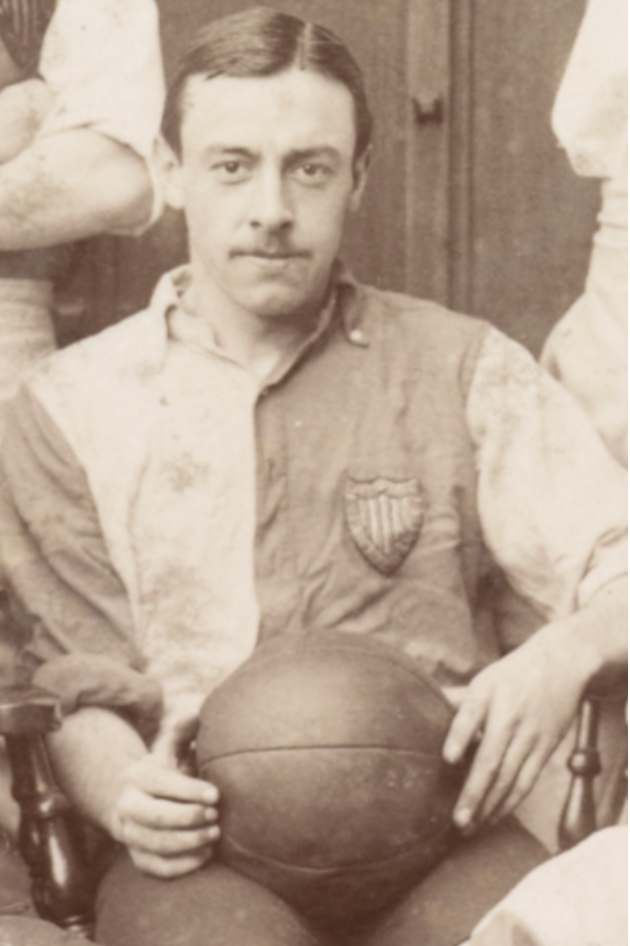 Any discussion today about the achievements of Luton Town F.C. will include a mention of youth development followed by a long list of players the club has produced. That list is longer than we think as it began in 1885. J.C. Lomax (photo left) made a prophetic speech on the 11th April 1885 – at the meeting when the club was formed;
Any discussion today about the achievements of Luton Town F.C. will include a mention of youth development followed by a long list of players the club has produced. That list is longer than we think as it began in 1885. J.C. Lomax (photo left) made a prophetic speech on the 11th April 1885 – at the meeting when the club was formed;
“Mr J.C. Lomax was called upon to give his opinion upon the proposed formation of a Town Club, said he was most emphatically in favour of a proposed Luton Town Football Club, not, however, for the breaking up of any other club. The reasons he advanced were that the proposed club would give more scope to find out who were really the best players to play in the town matches: it would give them more opportunity of showing what they were as football players; and it would form a good club for the training of young players, who could thus work up to play in the town matches.”
In the club’s first season 55 players turned out for the Straw Plaiters. Bert Sanders and Walter Miller were only 16 when they were trialled by the club in that first season. They went on to play for the club for 7 and 5 years respectively. If you were good enough, you were old enough. The youth policy continued into the early 1890’s as the club looked for local talent. When the great George Deacon retired in 1892 he was replaced by 17 year old Lutonian William “Tip” Brown.
The spread of professionalism to the south of England in 1892 pushed back the local talent in much the same way as TV money has in the Premier League today. Luton looked to acquire off the shelf players from the north including many Scots. However, money worries meant that the homegrown players were not excluded for long. In the late 1890’s local schoolboys such as Jack Durrant, Bob Hawkes, Herbert Holdstock, Fred White, Fred Hawkes and Herbert Moody all forced their way into the reserves then the first team. They would play a total of 1647 games for the Straw Plaiters.
I find the clip above, from the Luton Times of 21st January 1898, fascinating. The first ever mention of a Football Academy? It would not surprise me if the idea did originate from Luton. A real football town producing real footballers since 1885.
***
Shiny things
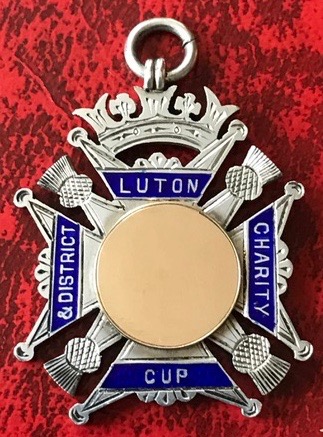
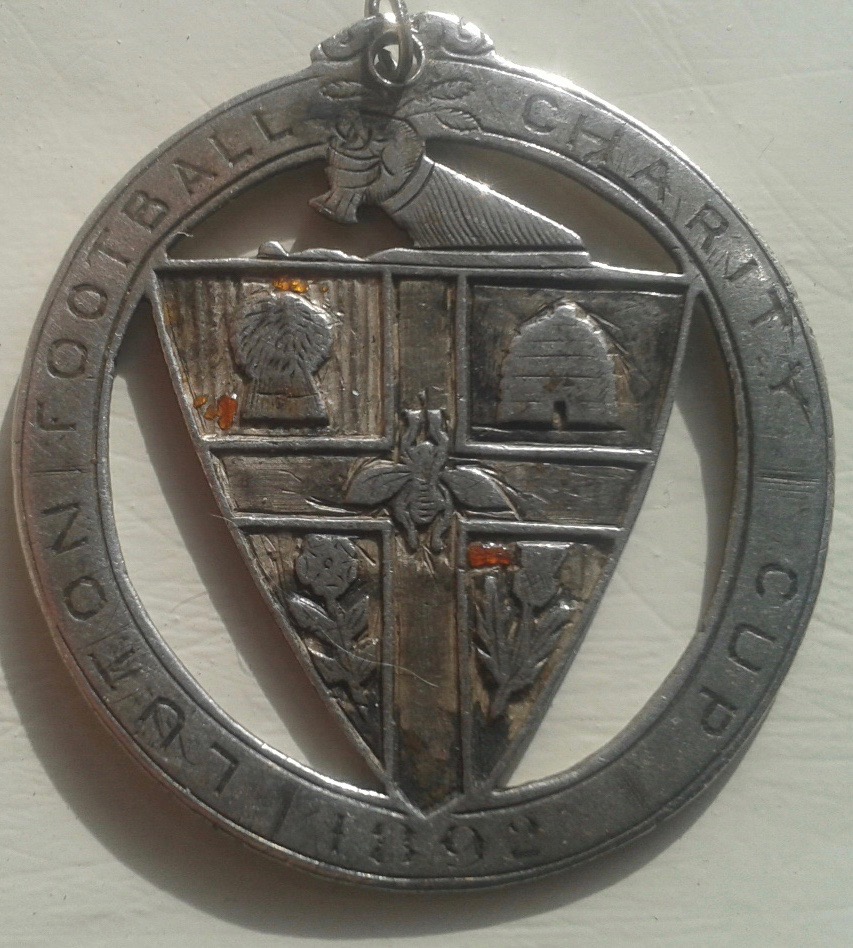 The F.A. Cup aside, the first cup competitions the Straw Plaiters entered were the Kettering and District Football Charity Cup in 1889 and the Luton and District Charity Cup in 1890. The Straw Plaiters were runners up in the 1889/90 Kettering Cup and winners in 1897. The Luton Cup was won in 1894, 1896 and 1897 and runners up in 1893.
The F.A. Cup aside, the first cup competitions the Straw Plaiters entered were the Kettering and District Football Charity Cup in 1889 and the Luton and District Charity Cup in 1890. The Straw Plaiters were runners up in the 1889/90 Kettering Cup and winners in 1897. The Luton Cup was won in 1894, 1896 and 1897 and runners up in 1893.
The Luton Charity Cup medal near left was won by Millwall’s F. McCullough in 1892. The enamel has largely worn off. The design was changed for later competitions and the popular 8 pointed star was adopted for the 1893/94 competition. The Luton Charity Cup medal far left is from 1894. This was awarded to by “A. Bailey” of Rushden who lost to the Straw Plaiters. Bailey was described as the most difficult defender that the great Luton forward Hugh Galbraith ever met. The medal was made by Vaughton and Sons of Birmingham.
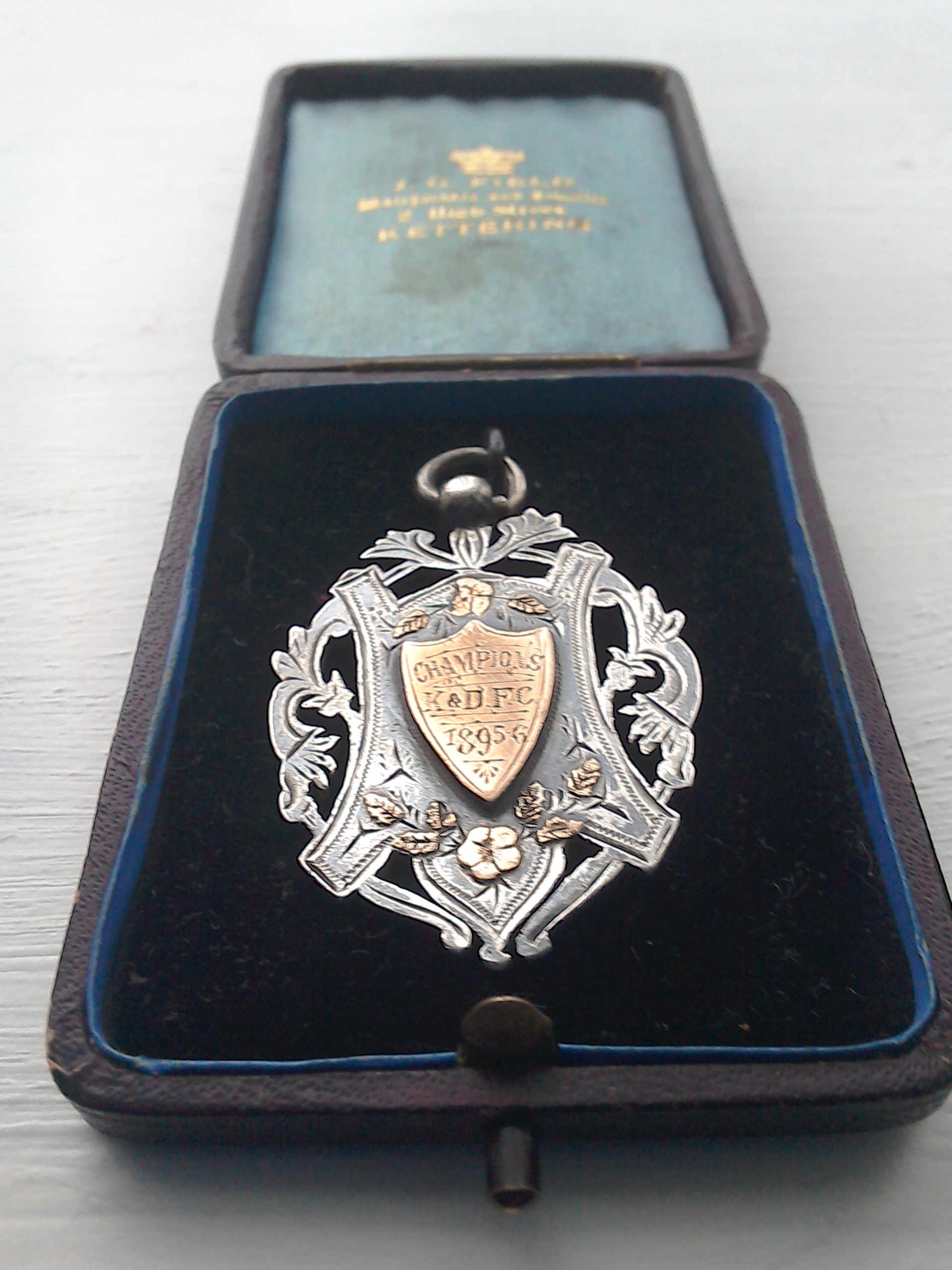 I am pleased to say that this website helped Ian Bagguley of Buxton acquire a Kettering Charity Cup medal, left. Ian saw a medal in a box with the initials “K. & D. F. C. A.” for sale on an auction site. He did not know what the initials stood for but a quick search and this website provided the answer to the initials – Kettering and District Football Charity Association, so Ian bought it. It is a winners medal from 1896 so won by a Kettering player. This shield type medal was another popular design. Note the rose gold highlights. It is a medal I had long been hoping to find so I am very grateful to Ian for letting me share the image with you.
I am pleased to say that this website helped Ian Bagguley of Buxton acquire a Kettering Charity Cup medal, left. Ian saw a medal in a box with the initials “K. & D. F. C. A.” for sale on an auction site. He did not know what the initials stood for but a quick search and this website provided the answer to the initials – Kettering and District Football Charity Association, so Ian bought it. It is a winners medal from 1896 so won by a Kettering player. This shield type medal was another popular design. Note the rose gold highlights. It is a medal I had long been hoping to find so I am very grateful to Ian for letting me share the image with you.
Finally, we have George Frederick Ekins winners medal (above) for the United League1897/98. This was the club’s first league title. Thank you to Wardown Park Museum, part of Luton Culture, who hold the medal.
***
Forward
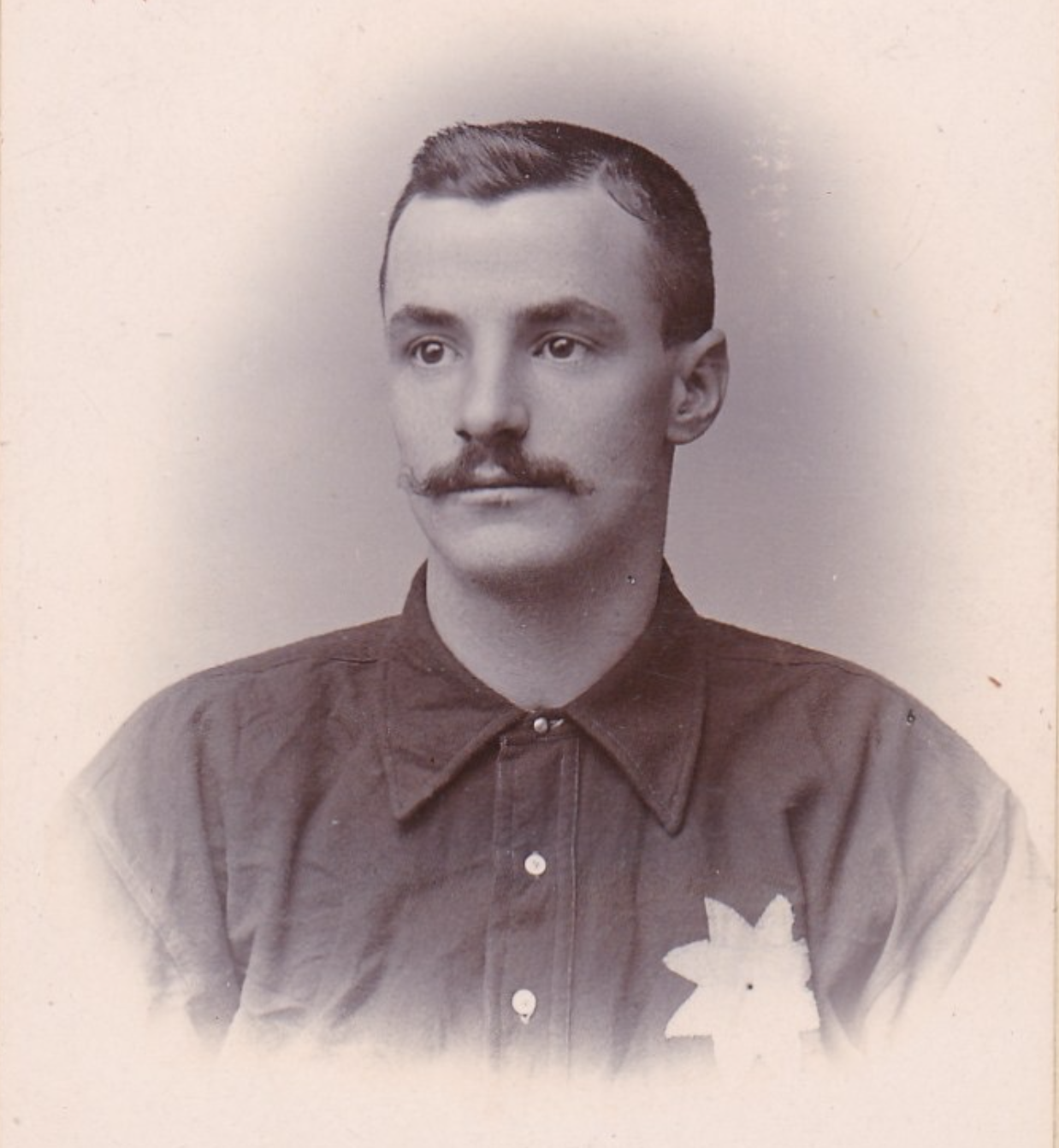 “Forward” – a shout often heard when the crowd is nervy about play in defence and want to see some attacking. It might not have been heard that often during the 1895/96 season when the Straw Plaiters first team scored a massive 247 goals with just 50 against. You know you have entertained your fans when your sixth highest scorer gets 21 goals and one of your half backs scores 25. The top 6 scorers were;
“Forward” – a shout often heard when the crowd is nervy about play in defence and want to see some attacking. It might not have been heard that often during the 1895/96 season when the Straw Plaiters first team scored a massive 247 goals with just 50 against. You know you have entertained your fans when your sixth highest scorer gets 21 goals and one of your half backs scores 25. The top 6 scorers were;
Hugh Galbraith – 46
James Coupar – 39
William Gallacher, photo left – 31
Edwin Birch – 28
William Stewart – 25
George Ekins – 21
The five forwards scored a total of 165 goals in the season. Stewart was a half-back and scored many headers.
The team scored;
10 goals – once
9 goals – three times
8 goals – twice
7 goals – 5 times
6 goals – 7 times
5 goals – 5 times
4 goals – 5 times
The first team gained 51 victories, 5 draws and just 9 defeats in all matches – Southern League, Luton Charity Cup (which they won) and friendlies.
***
The Govan goal-getter – Hugh Galbraith
 We have been fortunate to have some great goal scorers since 1885, Joe Payne, Andy Rennie, Ernie Simms, Herbert Moody, Mick Harford, Malcolm Macdonald, Steve Howard, Alexander “Sandy” Brown, Brian Stein, Jesse Pye, Hugh Billington and Hugh Galbraith. The latter player might not be well known to us today but the following statistics should raise his status. Hugh Galbraith, born in Govan, Scotland, was signed from Burnley in 1892. He was the second fully professional player to turn out for the Straw Plaiters and was paid 30/- a week (£1.50 in today’s money). The club minute book also notes that they promised to help him look for employment in the town.
We have been fortunate to have some great goal scorers since 1885, Joe Payne, Andy Rennie, Ernie Simms, Herbert Moody, Mick Harford, Malcolm Macdonald, Steve Howard, Alexander “Sandy” Brown, Brian Stein, Jesse Pye, Hugh Billington and Hugh Galbraith. The latter player might not be well known to us today but the following statistics should raise his status. Hugh Galbraith, born in Govan, Scotland, was signed from Burnley in 1892. He was the second fully professional player to turn out for the Straw Plaiters and was paid 30/- a week (£1.50 in today’s money). The club minute book also notes that they promised to help him look for employment in the town.
In his first game against Millwall he was immediately surrounded by three “Dockers” every time he received the ball. Having such a reputation from the off, it is a wonder that he scored so many goals. While only of medium build, he was strong on the ball, fast and ran with his elbows out. He had a fierce shot and when he got 25 yards from goal the cry of “Shoot Gally” went up from the Luton fans.
Gally’s goalscoring record was impressive – all the following are first team goals;
1892/93 – 30 goals
1893/94 – 28 goals
1894/95 – 42 goals
1895/96 – 46 goals
1896/97 – 28 goals
1897/98 – missed the entire season due to rheumatism.
1898/99 – 3 goals – 1 in the F.A. Cup and two against Watford in a first team friendly. Hugh played mainly in the reserves this season. His health broken, he retired from “futba” at the end of the season.
Gordon Turner scored 276 in 450 matches. Gally is second with 177 goals.
Games include the Southern League, United League, F.A. Cup, Luton Charity Cup, Kettering Charity Cup and first team friendlies. The latter category were very important as there were only 18 Southern League games in a season and the players needed other games to keep them sharp. The friendlies included games against some of the top league clubs in the country such as Nottingham Forest, Newcastle United, Wolves, Preston, Derby County, Everton and Sheffield United (whose goalkeeper Bill “Fatty” Foulkes broke the crossbar making a save).
174 goals in just 5 seasons is the best scoring ratio the club has ever had over such a period. When Gally arrived, the club was a middling ranker, in the pack along with many other clubs. It was said that Gally above all others helped raise the club to one of the leading clubs in the South of England. He helped the club win the Luton Charity Cup in 1894,1896 and 1897 and the Kettering Charity Cup in 1897.
Gally the “Govan goal-getter” died in Luton in March 1930 aged 62.
See Gally’s Hall of Fame entry here
***
End of year review
When I looked at the News page I realised that it has been a successful year as many new items have come to light. I look daily for items of interest on the net and a visit to Leicester resulted from one such search. I noticed a new photo of Derby County on a website belonging to Leicester University. I contacted them and arranged a visit to trawl through a little known local newspaper. Unfortunately the search produced nothing new as far as the Straw Plaiters were concerned. However, it did help as I found some other interesting items about Victorian football. I have changed policy during the year by widening my coverage of Victorian football to help to attract general football enthusiasts to the website, not just those of Luton Town.
I have made many new friends who have contacted me about their ancestors. It is quite daunting compiling a Hall of Fame entry on a player whose descendants will view the results. But it has gone well so far. I have added some short Hall of Fame entries (more details will be added later) as I find that photos can help when descendants make a search of the net. One example occurred when I was contacted by a descendant of John Finlayson who kindly provided me with the superb Carte de Visite of Finny in his “red with star” shirt.
The quest to locate a photo of the Luton Town pink and blue shirt worn from 1885 to 1889 continues. The lack of a photo is very frustrating as no less than 55 players wore the shirt in the first season alone. There must be team and individual photos out there – I will refrain from going into a rant about secretive collectors…sorry hoarders. Why do they buy important items just to hide them away from everyone! If they want an investment then collect something else. Back to the shirt, look at the photo below of the Luton Melrose team of 1906/7. Look at the one player in the halved shirt. Why is he wearing it when all the others have solid blue/red shirts? Is it his fathers old LTFC pink and blue shirt?
The quest to unearth more Victorian history of our club continues. Please play your part by spreading the word, asking relations and keeping your eyes peeled. Thank you for all your support.
***
Excelsior, Wanderers….
Rovers or Christ Church Institute ….or Luton Town? Which team did the player in this carte de visite represent? I do not know. I do know it is the earliest known photograph of a footballer from Luton. The photographer Frederick Thurston took over the business of Gregson in 1880 and the photo is around from around that date.
The player wears 1870’s style jersey and knickers (short for knickerbockers) which would have been worn into the 1880’s. The shirt was known as striped even though it is hooped. Vertical striped shirts did not arrive until about 1883. His shin pads are worn outside his stockings. He wears a wide belt which is based on an army stable belt. Sports manufacturers made these wide belts in club colours. Caps to match could also be purchased and it looks like this player has tucked his through his belt.
The cost of his kit is as follows in old money – there were 20 shillings to a pound and 12 pennies to a shilling. Shilling = s. Pennies = d. 3/11 means 3 shillings and 11 pennies.
Jersey 3/11
Knickers 5/11
Stockings 2/3
Cap to match 9 1/2d
Belt to match 10d
Shin Guards (special cork) Chamois 1/11 or leather 2/11 per pair.
Football boots 10/3
This player looks like he is wearing his everyday shoes for the photograph.
Christ Church were the first Association Football (Soccer) club formed in Luton in 1879. Excelsior and Rovers followed later that year. Wanderers were formed in 1880. The odds are that this player wears the shirt of one of those four teams. However, he is very well outfitted so there is a possibility he is an older pupil or Master at St. John’s College which was in Old Bedford Road. This college (which took boarders and day pupils) attracted wealthy pupils from all over the Empire including the three Lomax brothers, J.R. Benavides, the Beldam brothers, Edgar Wright and Locke Narburgh who all played for the Straw Plaiters.
Luton Town played in a pink and dark blue jersey from 1885 until 1889. We only have a Luton News article from 1926 which says the shirt was halved. That article was not contradicted by a letter to the editor in the weeks after publication so we have to presume it is correct. We must therefore discount this hooped jersey at the moment. However, the photo is important and it is another piece slotted into the giant jigsaw of Victorian football in Luton. I am confident more missing pieces will surface in time including a photo of that elusive pink and dark blue shirt.
***
Concessions
This article was inspired by a debate on a Luton Town message board about one of the most hated clubs in the world and their concessions. Concessions are not new. Clubs have always had to think about encouraging and rewarding their fans. From its creation in April 1885, Luton Town was run by a committee consisting mainly of local businessmen and shop owners who knew a thing or two about pleasing customers. From the beginning Luton Town allowed boys and presumably girls into their games free of charge. This gesture tapped into the huge wave of enthusiasm in 1885 for the game amongst youngsters. This concession helped the new club build up the fan base which was essential to survival. There is an account of young lads getting into the Dallow Lane ground free by following the railway line from the other side of Dunstable Road, across the bridge and into the ground. Why walk in free when you can enjoy the thrill of sneaking in past stewards and the police?
The winters were usually severe which hindered attendances as did the basic nature of the Dallow Lane ground. Dallow Lane was an open meadow with no shelter until 1890. The only “comfort” the club offered was “foot racks” (duckboards) which they constructed (and protected with tar) to keep fans out of the mud. A further gesture rewarded the loyalty of season ticket holders whose families were allowed free entrance to games – after all if you had paid 2/6 (12 1/2 pence) for a season ticket you wanted some perks.
Concessions were extended to important occupations that served the community. The club minute book entry dated 9th September 1895; “Resolved that as the lamplighters and postmen find it impossible to see the whole of a match they be charged half price.” The duties of a postman included at least six deliveries throughout the day. John Long the committee member was a postman and a keen cricketer. He was known to run off from a game of cricket to perform his postal deliveries when the opportunity arose, and return (hopefully) in time to take his place on the field.
Presumably the lamplighters had to walk to all parts of the town to light the gas street lamps (such as the one left which still stands in Hart Hill Drive, Luton) so had to leave the game early to perform their duty. In a small town it would have been a relatively easy task for the turnstile operators to identify those men.
Victorian Britain fought against at least 80 different enemies. This forged a strong bond between the people and the armed forces. The club committee recognised this bond when in November 1895 they decided to allow soldiers in uniform entry to games at half-price. Their former hero, D.A.N. Lomax, was in the 41st Welch Regiment and would pay the ultimate price for Queen and Country in a far off land in 1900.
***
Riff Raff
The two serious instances of hooliganism that I have come across in the Victorian era both involve Kettering. The first came in March 1892 when the Ketts met Millwall in the semi-final of the Luton Charity Cup at Dallow Lane. The attendance was 3,000 including a thousand who made their way to Luton by special excursion from Kettering. The Luton Reporter takes up the story;
“The game was one of the roughest I have ever witnessed. It had been anticipated that the Londoners would be the first to introduce this element, but they played a quiet, gentlemanly game until several of their men were badly fouled, and then they retaliated. The tactics pursued by the Kettering men are indefensible; they imported an unnecessary display of brute force, and in the second half this became intensified.
The matter culminated in one of the “reds” [Kettering] forwards being ordered off the field, after two warnings by the referee, whose decisions had been characterised by the utmost fairness. The player had been guilty of foul play and the use of bad language, and refused to obey Mr Maynard [the referee] when requested to go off. The captain was appealed to, but he also declined to bow to the referee’s ruling until a threat of suspension was held before his eyes. The game was suspended during the argument and the referee was freely hooted by the malcontent portion of the crowd.
The disorder reached its heights after the whistle blew, when a blackguardly scene took place. Some hundred of the worse types of roughs made for Mr Maynard with the evident intention of assaulting him. A strong body-guard of police and officials succeeded in preserving him from the fury of the mob, but it was only by dint of using considerable force. As it was, Mr Maynard sustained several bruises, and I dare hardly think what might have happened had the police not been present. The outrage was the most dastardly and unwarrantable that I ever saw committed on a football field.”
Even the Millwall players and official rushed to protect the referee at the final whistle. The referee’s report absolved the people of Luton and laid the blame firmly with the riff-raff of Kettering.
The second incident was much more serious and involved the Luton Town players in a game at Kettering in March 1896. A clash between Docherty of Luton and Hoskin of Kettering resulted in a broken leg for the latter. The sober view was that it was Hoskin’s fault but the Kettering crowd saw it differently. To further anger the crowd, Luton won the match. The Luton News takes up the story from the final whistle as told in an interview with the Luton captain, William Stewart;
“The spectators swarmed across the field, and the referee disappeared. As they made for the dressing pavilion, the Luton players were mobbed and pelted with mud. The Kettering President, however, managed to pilot them through, and the crowd was eventually cleared. Meanwhile, the news soon spread in the town, and a huge crowd rapidly collected outside the Park. After about 20 minutes’ wait, a small party of Luton players comprising Stewart, McEwan, Finlayson, Coupar, Williams and Docherty, with Lawson (the trainer), were conducted through the back gate of the Park, over some fields and gardens. Speedily discovering their whereabouts, the crowd rushed frantically down the hill and intercepted them. So menacing was the mob that the Luton players took refuge in a cottage close by, which was at once surrounded by over 800 people armed with missiles of all kinds, and in a state of angry excitement. Some windows were smashed, and the Lutonians were cooped up inside for an hour and a half, until half a dozen police came to the rescue. With truncheons drawn, they conducted the Luton men a short distance, until Docherty, who was the butt of the popular rage, and one or two others, could be driven smartly away in a cab to the station. Both Stewart and McEwen were struck by stones. Galbraith and Gallacher made a detour of a mile or two by ploughed fields, and Watkins escaped unobserved with Mablestone. McCartney and Ekins boldly went out by the front gate and got off with some hustling, “Mac” being at first taken for Docherty.
The return of the men at 10.19 was awaited at Luton station by a large crowd with considerable anxiety.”
***
The Straw Plaiters and Cricket
In Chapter 5, page 3, I set out the strong links, including a photograph, between football and cricket in Luton. Luton Wanderers were founded in the Cricketers’ Arms, High Town Road in 1880 by cricketers who wanted to play a winter game. Luton Excelsior had their own cricket team and some of their players such as Gilbert Small also played for Luton Town C.C. The clips above are from the Luton News of 2nd September 1897 and shows that the link was still there. In the batting averages we can see the footballers, William Stewart, Charles Brown, Fred Ekins, George Deacon*, Gilbert Small, Frank Hoy, Herbert Hucklesby*, Oliver Small and Edward Mouse. Edward Mouse remained a keen fan and became the football club’s Vice Chairman in the 1930’s. The other clip, above right, shows many of the then current players plus “R. Brown,” who is actually William Brown* and Arthur Martin who were ex players.
* see Hall of Fame entry.
***
Victorian pragmatism
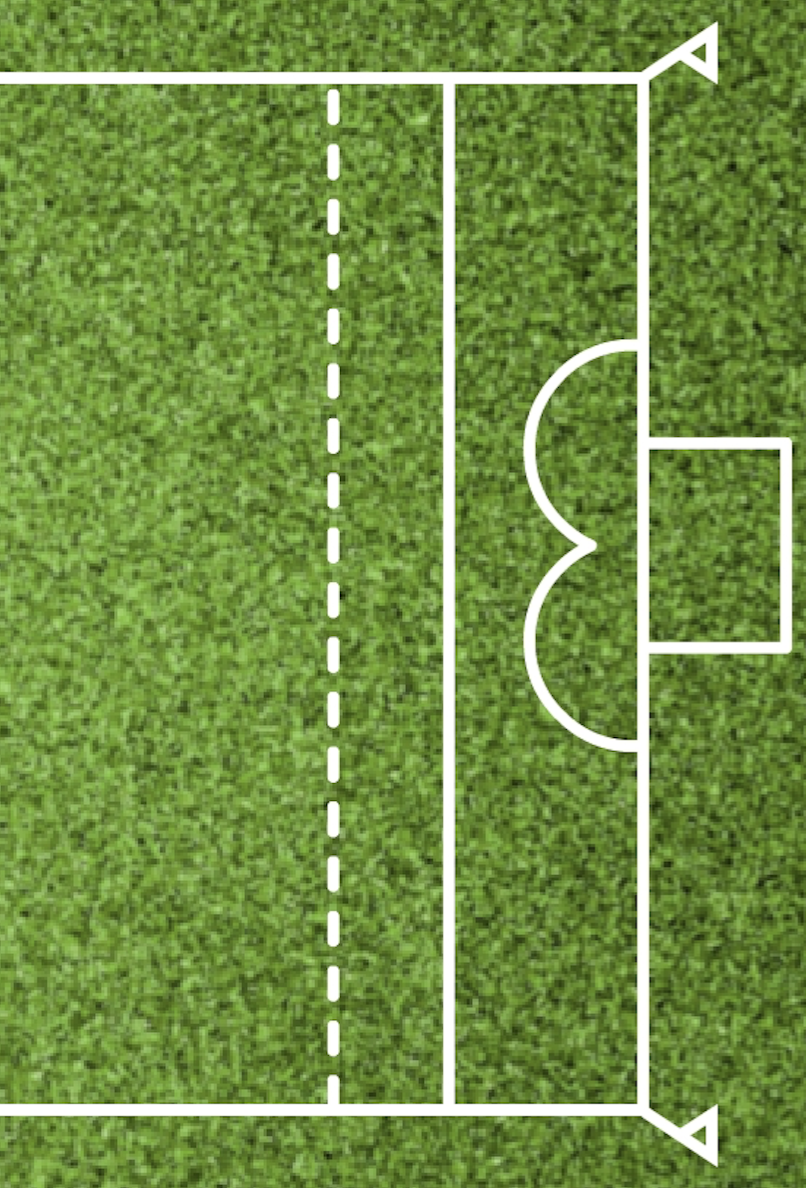 The Laws of the game and various F.A. rules set out what must happen in a football match. However, the Laws did not always set out what should NOT happen. I get the impression that the Victorians took a common sense view of the game and innovated as required – letting the rules catch up as and when. There are a number of significant examples such as a substitution during a game in 1895 which is set out in an article further down Onlooker. Another example surrounds the myth that goalkeepers wore the same colour jersey as the rest of the team until 1909 when the Laws were changed (see the article in the Library). There are many examples of keepers wearing different colour jerseys before this date. It was obviously very useful for a referee to know who was in goal so some teams obliged.
The Laws of the game and various F.A. rules set out what must happen in a football match. However, the Laws did not always set out what should NOT happen. I get the impression that the Victorians took a common sense view of the game and innovated as required – letting the rules catch up as and when. There are a number of significant examples such as a substitution during a game in 1895 which is set out in an article further down Onlooker. Another example surrounds the myth that goalkeepers wore the same colour jersey as the rest of the team until 1909 when the Laws were changed (see the article in the Library). There are many examples of keepers wearing different colour jerseys before this date. It was obviously very useful for a referee to know who was in goal so some teams obliged.
When I researched the penalty kick I discovered a problem that the referees of the time must have encountered. The plan on the left shows a football pitch from 1890 when the penalty kick was introduced (1891 in Football League games). The solid white line across the pitch is the penalty kick line, 12 yards from the goal line. A penalty kick was taken on the penalty line at a point chosen by the kicker – usually in front of goal. The bra shaped arcs are the six yard lines, measured from each post. Players had to be 6 yards from the kick so the dotted line was to keep outfield players back.
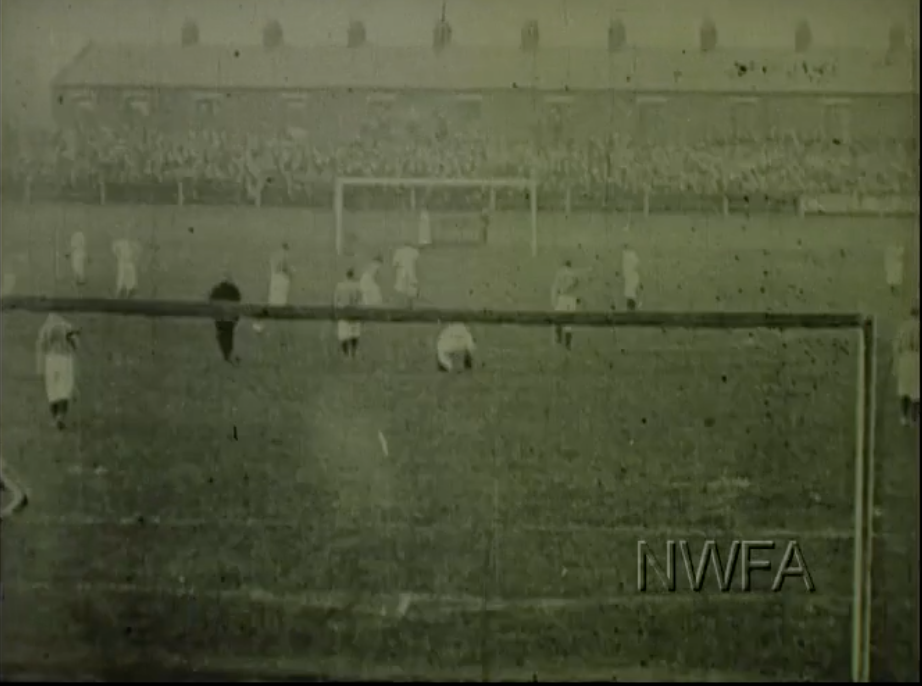 What happened when a penalty kick was taken right in front of goal? The bra shaped 6 yard area did not help the referee ensure that the keeper was six yards away from the kick. I wondered if a line was ever drawn across the two arcs thus making a six yard line (and a stepping stone to the rectangular 6 yard box). I looked at many photos of the era which were inconclusive but I then came across footage of an 1898 League game between Blackburn Rovers and West Brom. Look at the still from the footage, above. There is a line linking the two arcs thus giving the referee some help in the penalty taking process. There is also a central line marking the centre of the goal which looks like a pitch marking but it may be a scrape by the keeper.
What happened when a penalty kick was taken right in front of goal? The bra shaped 6 yard area did not help the referee ensure that the keeper was six yards away from the kick. I wondered if a line was ever drawn across the two arcs thus making a six yard line (and a stepping stone to the rectangular 6 yard box). I looked at many photos of the era which were inconclusive but I then came across footage of an 1898 League game between Blackburn Rovers and West Brom. Look at the still from the footage, above. There is a line linking the two arcs thus giving the referee some help in the penalty taking process. There is also a central line marking the centre of the goal which looks like a pitch marking but it may be a scrape by the keeper.
Addendum. Since publishing this article I have been given a newspaper clip from 1901 which states that
“It is advisable to draw a dotted line showing the distance which the goalkeeper may come out to face a penalty kick. Most clubs do this, but the laws of the game do not make it compulsory.”
The following year the rectangular six yard box that we see today was introduced.
See the article in the Library for the full story of the penalty kick.
Thanks to the North West Film Archives.
***
Rise, Luton, Rise!
After newspapers decided to support football they began to devote ever increasing column inches to the game. Without photographs to fill the page, gossip, in depth analysis and even poetry made the back page. In the second half of the 1893/94 season, the Luton News published a number of poems.
J.W. Julian signed for the Straw Plaiters in 1892 as player coach. He had a storming game in the 1894 victory over Wolverton.
“Old Luton glories in her sons, her champions, and no wonder,
For, standing nobly to their guns, their foes have knuckled under.
When sturdy rivals fell away and fairly seem’d to falter,
Fam’d Julian and his men stood firm—they never seem’d to alter.
Proud Wolverton, their latest foe, are wiser men and sadder;
Down, in the final test they go, whilst Luton top the ladder.
Pure courage brings its own reward—‘tis still the same old story,
Your local pets by working hard have covered you with glory.”
The rivalry with Hertfordshire, especially Watford clubs, was well established by 1894. This poem, published the day before the Straw Plaiters played West Herts of Watford, sums up the mood.
“Call me in the morning early,
Call me early mother dear,
For to-morrow’s to be the grandest day
In all the football year.”
It was a grand day as the Straw Plaiters beat the “ham chewers” 3 1.
The Luton Charity Cup of 1894 saw the Straw Plaiters meet the 1st Scots Guards in the semi-final. A 4 0 win saw off the soldiers, whom they would meet again a few days later in a friendly.
“The Soldiers came down with designs on the Pot,
And thought to give Luton a beating,
But the homesters woke up and gave it to them hot;
And the Guards were quickly retreating.
Their hopes fell a little when Galbraith first scored,
And those hope still further were fleeting,
When Julian and Allen put chalks on the board;
Finny their disaster completing.
The Soldiers, however, knocked out of the Cup,
Seem rather to like the “Reds” meeting,
For on Friday next they’ll again line up,
To try to give Luton a beating.”
Arthur Taylor, the GOM (grand old man) was retiring from first team action and had a benefit match. The following poem was written about him;
“He has never shirk’d his duty, but perform’d it like a man;
And shown more knowledge of the game than most good players can.
Old Luton needs such sturdy lads, when dark foreboding comes,
Right good at heart, and priz’d by all, especially by his chums.
You need not sound your comrade’s praise by cymbals, fifes or drums.
Hard toiler! With both heart and soul he bangs into the fray,
On, on, and never flags until they’ve lost or won the day.
But if old Luton fails to win, he sits not down to sigh ;
“Away with sighing,” Taylor shouts, “let’s have another try.”
Rise, Luton, rise! and guard your boys; they’re worth their weight in gold;
Your veteran’s worth to Luton Town has never half been told.”
***
Ham Chewers
“Ham chewer” was slang for an amateur and used as an insult.
My attention was drawn to this story by a Luton News article from 1957. A Mr Harry Ashby of Stopsley recalled a referee named Whittaker being mobbed after a game against Millwall in 1894. What did Whittaker do that made Mr Ashby remember it 63 years later? I decided to investigate.
The Straw Plaiters made huge advances in the 1893/94 season, defeating major clubs such as the Old Westminsters, Chatham, Derby County (strong reserves) and Millwall Athletic. The defeat of the latter caused quite a stir in the South of England as the “Dockers” were considered strong favourites for the Southern League which would begin in October 1894. The men from Strawopolis had improved enough to be considered equal favourites.
The formation of the Southern League was not all plain sailing – there being a strong neutral voice that Millwall and the Morning Leader newspaper, were controlling operations. The second strongest club in the new Southern League, Luton Town, had no place on the controlling committee. Perhaps in an attempt to redress the balance, Mr Henderson of Millwall Athletic, stood aside as Secretary of the Southern League in the Summer of 1894. However, he was replaced by Mr Nat Whittaker. Let me introduce Mr Whittaker – he is photographed below with the Millwall Athletic team in the Summer of 1894.
With only 18 games in a season, everyone knew that the games between the two clubs would be vital. The fixtures pitted Luton against Millwall in the first game of the season at Dallow Lane. After the above photo was published, Mr Whittaker was appointed to officiate in that first game on the 6th October 1894. He would go into that game having refereed seven out of the last ten Millwall games. The Straw Plaiters formal objections were rejected.
Millwall won 4 3 with Whittaker’s decisions greatly favouring the Dockers including bizarrely giving a free kick to Millwall when their player had handled and blowing the final whistle several minutes before the allotted time. Mr Whittaker was mobbed by Luton fans at the end, but not touched. The club formally objected against Whittaker but the Southern League were not going to find against their own Secretary.
Sour grapes from the Straw Plaiters? A Millwall fan wrote to the Luton News to put on record his disgust at the refereeing. The Royal Ordnance club, who were also in the Southern League, wrote to the Straw Plaiters later in the season to say that they understood why an objection was made about Whittaker. To rub salt into the wound, in the return match Millwall equalised with the last kick of the game thus ensuring the title for the Dockers.
Someone once said “never assume malice when stupidity will suffice.” The polite verdict would be that the Southern League and Mr Whittaker were Ham Chewers.
***
Badges
 I got hooked on enamel club badges when my Dad bought me one when I was 8. I was ill and could not make an evening Luton Town game. I managed to stay awake until he arrived back from the game at about 9.30pm (as kick was at 7.30pm, short half time break and little added time in those days). Luton had won and as a consolation for missing the game Dad gave me an enamel Luton Town badge. After I launched this website, I commissioned the badge, photo left. It features the first known club badge, the 8 pointed star, set on a cardinal red background. I ordered 200 and gave away many in order to promote the website. At first many wore their badge with pride. Unfortunately the appearance of the badge coincided with one of the worst home seasons in modern history. The badge therefore had a Jonah label attached to it and has been consigned to the back of many a drawer.
I got hooked on enamel club badges when my Dad bought me one when I was 8. I was ill and could not make an evening Luton Town game. I managed to stay awake until he arrived back from the game at about 9.30pm (as kick was at 7.30pm, short half time break and little added time in those days). Luton had won and as a consolation for missing the game Dad gave me an enamel Luton Town badge. After I launched this website, I commissioned the badge, photo left. It features the first known club badge, the 8 pointed star, set on a cardinal red background. I ordered 200 and gave away many in order to promote the website. At first many wore their badge with pride. Unfortunately the appearance of the badge coincided with one of the worst home seasons in modern history. The badge therefore had a Jonah label attached to it and has been consigned to the back of many a drawer.
***
John Charles Lomax….probably
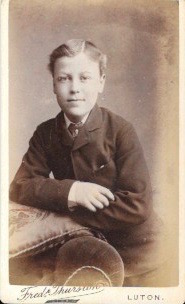 Cartes de Visite became popular in the mid 19th century as photography equipment and techniques evolved to make it more widespread. Many photographers sprang up in Luton, the most famous being Frederick Thurston – the image left is one of his. As the cost dropped the public got hooked. A quick visit to the local photographer and you had an image to give to your loved ones and friends. Typically most do not have the name of the sitter.
Cartes de Visite became popular in the mid 19th century as photography equipment and techniques evolved to make it more widespread. Many photographers sprang up in Luton, the most famous being Frederick Thurston – the image left is one of his. As the cost dropped the public got hooked. A quick visit to the local photographer and you had an image to give to your loved ones and friends. Typically most do not have the name of the sitter.
I have been collecting them for a few years now and I am always hopeful that I will recognise the sitter. The image on the left looks remarkably like the Straw Plaiters legend, J.C. Lomax. He came to Luton in about 1878 as a boarder at St. John’s College. He was born in 1864 so he would have been 13 or 14 when he arrived – and it may be he had his photograph taken shortly after arrival.
I have put his image from 1886 alongside for comparison. The mouth, chin, hairline and parting all match. Wishful thinking on my part?
…And just for fun
Just for a bit of fun I have (crudely) altered this 1930’s cartoon from the Luton News.
***
Training
In the Summer of 1895 the Luton Town committee (who were responsible for running the club including team selection) were recruiting trainers for the first team. They wanted opinions on the best training methods and the club minute book entry for 21st August 1895 shows that the committee asked four of their professional players for their views. Ekins, McCartney, Docherty and McEwan came before them and all gave the same method.
“All recommended the bath, short sprints, plenty of walking, less seen of the ball during the week the better.”
The committee therefore resolved;
“that Secretary and McCartney should draw up a course of training and place it in the dressing room where it could be read by the players. Training to commence Friday 23rd at 10.30.”
The committee received four applications for the two positions of assistant trainer and the minute book of 26th August 1895 says;
“The following offering their services, Sid Wright at £1 per week, G Deacon 12/- per week and 2/- Washing, Lawson 10/-, J. Wright 10/-.”
The photo below (the 1895/96 team) shows that George Deacon (left) and Billy Lawson were appointed – the towel being their badge of office. George Deacon had 9 children by his first wife so how they coped with washing the team kit is a mystery – perhaps he employed the kids to stomp on it in their tin bath!
I found a telling quote in the 26th September 1935 edition of the Luton News – Billy Lawson’s view of the role of a trainer was;
“I’ll make ‘em fit if they’ll be made fit, but they are supposed to know more than I do about play.”
I can think of quite a few modern managers who appear to have the same philosophy.
Work with the ball, tactics etc, appears to to have left largely to the players. It is interesting to note that between 1892 and 1894, J.W. Julian (see his Hall of Fame entry) had acted as Luton Town player coach – a period when the team rocketed from a middling position club to the top three in the south of England.
Billy Lawson remained Luton Town trainer until retirement in 1922.
***
The First Substitution?
The attached clip is from the Luton Times of the 1st November 1895. It covers the Straw Plaiters match at Southampton St. Mary’s in the Southern League. Further down this column I wrote about the Kettering Charity Cup Final of 1891 being runied when a Luton player was seriously injured. Down to ten men, the Luton team lost the match 3 0. It was not until 1965 that a substitute was allowed once a match had started.
However, this report shows that the Southampton players agreed to McCrindle of Luton replacing the injured goalkeeper. The players had travelled to Southampton on the Friday and stayed overnight. Luckily, McCrindle had gone as twelfth man in case Docherty pulled out prior to kick off. McCrindle was allowed to go in goal but he was a half-back and not able to prevent the Saints winning 2 1.
Is this the first ever substitution during a game?
***
Street Football
I haven’t seen many children playing football in the street in recent years. When I played outside my house in the 1960’s there were fewer cars and garages were used more. Of course I, and my mates, pretended we were Luton Town players – we regularly had two or three Bruce Rioch’s on the pitch. They were not great games as the kerbs got in the way and a fall hurt, but they were close to home. Pope’s Meadow, the local park, was down a steep hill – which meant an uphill walk home.
The popularity of football in Luton rocketed with the formation of the Straw Plaiters on 11th April 1885. The town at last had their own team whose heroics were emulated by children all over the town. The Luton Reporter of 22nd May 1886 reported that;
“among the younger generation, who seem to have caught the infection most severely of all, the number of bands of little “kickers” is simply legion.”
I can imagine kids pretending to be J.C. Lomax, George Deacon or Tricksey Martin in the parks and streets.
However, street football was not popular with everyone as this court report from the Luton Reporter of 10th February 1894 shows;
“Ernest Jeakins, 94, High Town-road and Frederick Froud, 13, Cardigan-street on Friday.—P.s. Kitchener saw the two lads kicking a ball about the street.—The Head Constable intimated that he did not wish to press the case, but he had received so many complaints about lads playing football in the street that he had been forced to place men on duty in the streets in plain clothes.— The lads were fined 2s. 6d. each.”
***
Teaching the French a lesson
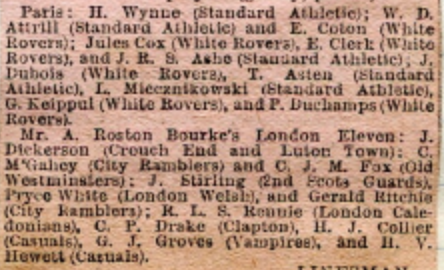 The French national team was formed in 1904. However, a representative side came to England in 1895 as part of their learning process. Arthur Rostron Bourke (see Library, Referees for a biography and interview) the famous referee, gathered a representative team together and played “Paris” who were made up of players from various clubs. The English won 11 nil. The Luton Town goalkeeper, Jack Dickerson played a part. Well, he would have played a part had the French had an attack. The sketch below demonstrates his part in the game.
The French national team was formed in 1904. However, a representative side came to England in 1895 as part of their learning process. Arthur Rostron Bourke (see Library, Referees for a biography and interview) the famous referee, gathered a representative team together and played “Paris” who were made up of players from various clubs. The English won 11 nil. The Luton Town goalkeeper, Jack Dickerson played a part. Well, he would have played a part had the French had an attack. The sketch below demonstrates his part in the game.
***
Six a side football
It will be no surprise that a shortened version of the game became popular in the Victorian era. After all, children had played football in the parks and streets and found that the game was just as thrilling with fewer than 22 players. Some might argue that the experience is more intense in the shortened version of the game. With fewer players there is no hiding place, no time to take a rest for a few minutes. Every man must play his full part for the whole game or the team will suffer.
The first six a side competition I can locate took place in April 1880 at Mirfield. It was advertised that each member of the winning team would receive a gold scarf pin. The first mention of a six-a-side game in Luton was a tournament which took place on the August Bank Holiday 1889. Athletic A team beat Montrose B in the final. Frank and Harry Whitby, Herbert Spratley, and other Luton Town players such as Garrett, Monroe, King, Burley, Hoy, Barrett and Ellingham all played in the tournament.
The widespread popularity of the game is highlighted in the clip below from the Hampshire Chronicle of 13th April 1889. It looks like all the major clubs in the county entered, which shows how seriously the six a side game was taken.
Even soldiers appear to have played the six a side game. The photo below is said to be from the Boer War. It may be a little later judging by the pitch markings.
Looking at newspaper archives it appears that the six a side version of the game was still popular in the 1950’s.
***
Teetotalism
In the 1893/94 season, Luton Town were drawn away to the Sherwood Foresters who played in Colchester. The club minute book shows that a Temperance hotel was chosen for the players overnight accommodation. Having disposed of the Foresters, the draw for the first round proper was not kind. The Straw Plaiters were drawn away to Middlesbrough Ironopolis which meant another overnight stay. The club committee decided upon Liddle’s Hotel, at 10,11 and 12 Bridge Street West. It was one of three Temperance Hotels in Middlesbrough. There were also five Temperance bars in the town.
I investigated the Temperance Movement and found that it was a powerful and well supported organisation in the country. Various groups under the Temperance umbrella lobbied against alcohol and tried to persuade people to take the pledge not to drink. So popular was the movement that there was an explosion of new Coffee Taverns, where people could meet in a safe environment for a chat, food and non alcoholic beverage. Luton was no exception and the Luton Town Football Club committee often held their meetings in a coffee tavern or at a place where there was no alcohol. (See Chapter 3, pages 2 and 7 for further mentions of the Coffee Tavern Movement in Luton). Temperance meetings regularly took place in Luton such as the one in the clip above left referring directly to footballers. It is taken from the Luton Times of the 23rd November 1894 and reports on a Luton Temperance Federation meeting.
The photograph, left, shows that the Temperance Star has 8 points, similar to the star worn on Luton Town shirts from 1892 to 1896. There is no evidence that this is the origin of the star, but it is worth consideration (I have therefore added it to the eight pointed star badge article in the Library). It can be certain that there were teetotallers in the Luton team as well as on the committee. How far their influence went is a matter of conjecture. Their patience would be sorely tested when the Straw Plaiters signed some hard drinking players from north of the border for the 1894/95 season.
***
Luton in the newspaper spotlight
Luton has suffered prejudice from certain parts of the media for many years but there was a time when matters were reported fairly. The start of the Southern League in 1894 meant that the Straw Plaiters, and the town, reached newspapers in every corner of the country. The clip left is from the Exeter and Plymouth Gazette of 9th October 1894. It reports on the first league game of the season between Luton Town and Millwall which the latter won 4 3. The two clubs were the favourites for the title so this was a key game. The referee was “mobbed” by Luton fans at the end of the game (a long story), but not touched. The Gazette therefore did not therefore include this minor issue but concentrated on informing its readers about the game and the town. The reference to Zaccheus highlights the small stature of the Luton team at the time – “the midgets” was an informal nickname at this time. The support of the people of the town for the “reds” is described as “extraordinary.” The Gazette also highlights the high ratio of women to men in the town which was due to the nature of the work in the hat industry. Sewing paid a very decent wage and women from surrounding villages flocked to live and work in the town.
***
Colour Clash
The predominant shirt colour for working class teams in the Victorian era was white as they were cheap and plentiful. Clashes were inevitable. 22 players wearing white shirts (goalkeepers wore the same shirt as the rest of the team) would cause problems for the participants – especially the umpires/referee. 4/6 (four shillings and six pence) would buy you a ready made football shirt of any colour, but this was not always an option where money was tight. With little credit available for most, rent, food, heating etc had to come first. The cheap answer to the colour clash was coloured sashes, sometimes known as bands. The photo below shows an unknown team wearing white shirts with sashes.
***
Mystery Team
I have been defeated by the photograph below which was published in the Saturday Telegraph (Luton) on the 7th May 1955 and purports to show the 1891 Luton Town team. They published the wrong photograph as the names did not match any of the faces.
Newspapers in the 1950’s kept files of hard copy photographs for use when an article required it. At first I thought that the mystery photo must have been of an obscure team and there was no chance of finding out any more. After some reflection, it occurred to me that if the newspaper photo archive was in alphabetical order then the mystery one could be a Luton one. Perhaps a photo of Luton Montrose or Luton Terriers was taken from the filing cabinet instead of Luton Town which would have been next to them.
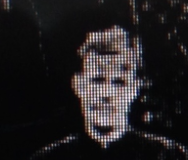
 I then looked more carefully at the players faces. The players at the front on the extreme left and right look familiar. The player on the left looks like Thomas Read or perhaps his brother – see Thomas Read’s hazy photo far left. The player on the right in the team photo looks like Walter Dimmock, photo near left. Clubs came and went very quickly during this period but it is possible that this is a photo of Luton Terriers. When running the first team and reserves became too much for the Luton Town committee in 1892, they agreed that the Terriers could become the reserves.
I then looked more carefully at the players faces. The players at the front on the extreme left and right look familiar. The player on the left looks like Thomas Read or perhaps his brother – see Thomas Read’s hazy photo far left. The player on the right in the team photo looks like Walter Dimmock, photo near left. Clubs came and went very quickly during this period but it is possible that this is a photo of Luton Terriers. When running the first team and reserves became too much for the Luton Town committee in 1892, they agreed that the Terriers could become the reserves.
If anyone recognises any of the men in the photo please get in touch via the contact button.
***
Restoration
I have worked as a volunteer at Wardown Park Museum, Luton, since 2010. After discovering a few football items in the collections, I wondered what other delights were stashed away behind the scenes at the Museum.
The tasks I perform at the Museum are mundane ones which free up the salaried staff to do more important jobs. A break from these tasks is essential. As I knew my way around behind the scenes, I ventured down to one of the cellar store rooms one day to see what I could find. One store room had lots of darkened corridors where there did not appear to be any lighting. The torch on my phone helped me locate a light switch to a dark corridor. The lights worked and revealed a 40 foot long corridor packed with “stuff.” There were hundreds of donations to the Museum which had been stored in this corridor awaiting processing by the staff. My first rummage revealed some great items but nothing football.
The following week I visited the darkened corridor again and found an old Tesco bag and saw a familiar sight peeking out- an 8 pointed star badge. It was a photograph, but in pieces. I took the bag to the office and pieced it together. I had never seen the image before. I therefore sent a photo (below) to the club historian Roger Wash who confirmed it was a new discovery and was the earliest photo of Luton fans. It dates from the 1895/96 season and was taken in April 1896. (My colleague later found a copy of the photo which is in “Looking back – newspaper reports” in the Library).
The Museum staff managed to translate my excited explanation of the importance of the photo and sent it away to be professionally stabilised which meant that it was pieced together, remounted and the damp removed. The result is shown below.
Cleaning the photo and recreating the missing pieces was the next stage. I said I would pay for this but did not know how to go about it. The Museum photo expert, Chris Grabham, advised me to approach DWP Imaging in Luton. This took some time to organise but I persevered. DWP first used filters to take out much of the dirt and the result is shown below.
DWP then recreated the missing parts of the players, crowd and the background using photos from this website. The photo was cleaned as much as possible. The location of the gable end of the building in the background is a guess as we cannot make out where it ends. The final results are shown below.
I have included this photo in “Luton Town Team photographs” under the Gallery button. It is the earliest known photo of Luton Town fans. As the photo was taken in April there is only one man wearing a boater, which was Summer headgear. I have given a copy to the Club Historian.
***
Challenging history – the good, the bad and the ugly.
Challenging history is a necessary but difficult task. The initial spark for this website was my doubt about the “merger” of Wanderers and Excelsior to form Luton Town. Hundreds of hours looking at newspapers of the time, the club minute book and consultation with the club historian led me to the conclusion reached in Chapter 6. I have put all my findings onto this website for public scrutiny. My conclusion, that there was no merger or amalgamation of Wanderers and Excelsior to form Luton Town, has not been challenged.
Sadly, it appears, others are not so careful. Stoke City were formed in 1908 yet they claim 1863 as their founding date and include the date on their badge. 1863 is not even the date a football club was formed in the city. It is the year that the newspapers first reported a game of football in Stoke – on Shrove Tuesday. It was played by every man and boy who wanted to join in. It appears that one of the men who introduced this first game of football to the city, may have later formed a football club – it is not known whether this is true or even what club he may have formed. This is a bizarre reason to claim 1863 as a date of formation. “Stoke,” who were founder members of the Football League, were formed in 1868. “Stoke” played their last game in March 1908 and soon thereafter went bust. All the players left for new clubs. A new club (newspapers consistently refer to a “new” club), the modern “Stoke City,” were formed later in 1908.
Watford F.C. give their date of formation as 1881 when a club called Watford Rovers were formed. There followed a merger with the West Herts Club and then in 1898 an amalgamation of West Herts and Watford St. Mary’s. The amalgamation was required because the town could not support two clubs. It was an amalgamation between two separate organisations into the new, larger stronger organisation. A new club, Watford F.C. was formed. The clip below reports on the full F.A. Council meeting in May 1898 and confirms an amalgamation took place.
The club says the following:-
“1898 – Rival club Watford St Mary’s is absorbed by West Herts, and the name ‘Watford’ is adopted.”
As I have already demonstrated, Watford St. Mary’s were NOT “absorbed.” 1881 is given for the date of formation and two mergers/amalgamations and other club’s histories are conveniently ignored. No doubt players moved from one organisation to the next but that does not justify the 1881 conclusion. By all means include the interesting history of early football in the town of Watford. However, it is clear to me that they were formed in 1898 – Watford F.C. played their first game on the 3rd September 1898 against Reading Amateurs – what more proof is required.
I understand there are murmurs of a change to the date of the formation of Newcastle United from 1891 to 1882 or 1881 based on similar lines to Watford.
If anyone would like to enter into a discussion on these issues please get in touch. I applaud anyone who challenges history because poor research, copy and paste and manipulating findings to suit an agenda are not new. A challenge must be undertaken with an open mind and reproduce ALL known information so that the reader can make their own decision. Chapter 6 of this website does just that concerning the formation of Luton Town. It would be absurd for me to follow the logic demonstrated in the examples set out above. For instance, we know from John Cotchin, the former Mayor, that he played football in Luton in his youth in the 1820’s and 30’s. Should we follow Stoke’s logic and use 1829 as our date of formation? We know that Luton Excelsior and Luton Rovers were formed in 1879. Both clubs contributed players to Luton Town F.C. in 1885 . Should we use Watford’s logic and use 1879 as our date of formation? No, Luton Town F.C. were formed on the 11th April 1885 – that date will never change.
***
The first action photograph
Most Luton Town fans are familiar with the photo below of the Dunstable Road ground (1897 to 1905). What has been a mystery is who was playing and where was the photograph taken from.
There was a theory that it was taken from the top of the Dallow Road school. I was not convinced because the angle and height were wrong. A visit to the Dallow Road area with the Club Historian resulted in viewing the site from the pedestrian walkway over Hatters Way. The angle did indeed prove to be wrong so the photo was not taken from the school. We agreed it must have been taken from the top of a chimney. When I got home I found the following clip in the Luton Times dated 17th September 1897.
The chimney at Henry Brown’s Timber yard was being constructed on the site of the Dallow Lane ground. There must have been scaffolding up and some fans and an intrepid cameraman scaled the heights for a better view.
It is therefore highly likely that the game in the photograph is Luton Town v Gainsborough Trinity which the Straw Plaiters won 4 0. It was the first home game in the Football League Second Division played on the 11th September 1897. The attendance was 4,000.
***
Recreating the past
Last year I commissioned a painting from Luton artist, Andrew Naish. The result is shown below.
It is an accurate recreation of Luton Town v Notts County played on the Dallow Lane ground, Luton on 7th November 1885. Luton won 2 0 in front of 2,000 spectators. I chose this game because County were the first big club to come to the town. It also helped that we know the colours of County and that we won of course. Frank Whitby is in the forefront in the pink and blue shirt. All the football research I have done has come to life in the painting. In addition, I had to research other matters such as what 1885 gas holders looked like. The train is on the old line to Dunstable and there is a record of a Luton player missing an open goal because of smoke from a passing engine.
***
The Boy’s Own Paper
The Boy’s Own Paper was introduced to take lads away from the Penny Dreadful publications that were popular. The paper consisted of dashing stories with lashings of appropriate morals, hobby and sports articles. Football could not be left out – the clip above is from the 1895 annual. Note the lad jumping with clenched fists after scoring.
***
The dribbling Vicar
The first football team in Luton was the Christ Church Institute which formed in 1879. Christ Church is still standing today in Upper George Street although it is now offices. In 1879 there were three parish churches, St. Mary’s, Christ Church and the relatively new St. Matthews in High Town. The church played a huge role in the lives of people by helping the poor, putting on plays and concerts, organising day trips and sports and keeping the young out of trouble. We know that Christ Church opened up the first recorded Youth Club in Luton around 1879 with two rooms, one with books and magazines and one with games. They already had a cricket team and in 1879 the Reverend E.H. Lowe (photo left) helped set up the first football team in Luton. From the Luton Times of 17th November 1905 when reporting his death;
“As curate of Christ Church…he is remembered for his energy and hard work, in which he was ably assisted by his wife. At Cambridge [University], he stroked his College boat, and when the old Christ Church Institute was founded, Mr Lowe inspired the members with such enthusiasm for football that the first Association team was formed in Luton under his guidance. He excelled as a “dribbler,” and older patrons of football recall his clever play on the right wing with Mr J.Gates, the solicitor. The late Vicar played for the old Excelsior club….”
***
Passion
Some of my favourite memories as a Luton Town fan are of last minute winners which send me leaping and shouting in utter ecstasy. Two such goals was scored in one match against Oxford United in 2010. One nil down going into injury time, two goals were scored and the game was won pushing the Town into the play-off zone. After the game, I spoke to my friend’s sister who had just started supporting the club. She said that before those goals she didn’t know that feeing of ecstasy existed.
Her comment made me think. If we go back prior to the formation of the club in 1885, what games produced that feeling for the working class of the town? Competitive games were played in cricket, cycling, chess, and track and field. Although the town of Luton was represented in these sports, none produced such passion and loyalty. Luton Town Football Club filled that gap. As the years went by and the players and fans went through many ups and downs together, a bond was formed.
There are very few references to the fans in the early newspaper reports. One of the first I came across was from January 1894 when Luton came from behind to win with two late goals at home to Millwall.
“After a tremendous struggle in front of the Athletic’s goal Luton equalised, Dimmock putting on the finishing touch. This result was received with an extraordinary outburst of enthusiasm by the onlookers, the occupants of the grandstand rising and shouting vociferously. The sight at this stage was the most extraordinary which has been witnessed on the ground for some considerable period. The excitement was intensified, however, a minute later when Galbraith broke through and scored again, the shouting and waving of hats and sticks being of the wildest possible description.”
A London reporter for the Morning Leader said of the game;
“I found myself at Luton on Saturday, a humble unit in a crowd of the noisiest spectators it has ever been my lot to mingle with. The rain did its best to keep off, but the awful vibrations caused by the deafening shouts of the straw-plaiters left it no alternative, and it had to come down. Their “little lot,” when trotted out, is a very blood-curdling affair. Had the Luton players obeyed the injunctions of their supporters, the Millwall men could not have been brought home except in pieces.”
Note – “little lot” is a reference to a song by Herbert Campbell, a Music Hall performer of the time. “Up I came with my little lot” is on youtube if you would like to listen to it. It is the first reference to a song by Luton fans. Major figures in the early years such as J.C. Lomax, George Deacon and Walter Miller were all small men. Even in the 1894/95 Southern League season, the unofficial nickname for the team was “the midgets.”
***
Advancing years have done nothing to quench my enthusiasm for football. When walking through the local parks I always take an interest in any game of football. I cannot help wishing that the ball will be kicked towards me so I can kick it back. The desperation can reach embarrassing proportions. Even if the ball goes a long way from me, I will shout ‘it’s Ok” and run after it. The lads whose ball it is, seem to understand the need of an old man to kick that ball once again. I run very slowly with each step reminding me of injuries sustained in my “swashbuckling” years. The lads are always grateful and I continue on my way, satisfied and recalling past glories. The following clip refers to a tea party given in Houghton Regis for the schools of the neighbourhood. It is from the Bedfordshire Mercury of the 25th August 1849 and demonstrates that my passion is nothing new.
“Mr Gibbs then appeared…….and ran off to the centre of a tumultuous crowd of some hundreds of boys………and who was loaded with footballs. Directly the footballs touched the sward [grass] of the park away went scores of boys after each one; while from among the spectators in the park, who were at least twice as numerous as the children, men ran out in numbers, scattered the light troop of boys, and kicking, running and scuffling with the greatest eagerness: even grave seniors, with corpulent stomachs, forgetful of their dignity, and unable to resist the temptation, ran and kicked vigorously at it whenever an opportunity offered.”
***
Not everyone had a passion for football as this early 1890’s poem demonstrates.
***
The Penalty Kick
The pitch markings of 1891, left, were a mystery to me for a long time. On reading the Laws of Game I learned that if a penalty kick was awarded then the kicker could take the penalty anywhere on the 12 yard line. All opposing players, including the goalkeeper had to be 6 yards away. The dotted 18 yard line was therefore introduced for the outfield players. However, as the kicker usually opted to take the penalty in front of goal, the 18 yard line was often drawn only in front of goal.
A search on the web and in the record books shows that the first penalty kick was in 1891 – for Airdrieonians at Broomfield Park and in England by Wolves against Accrington in September 1891.
Why then, did I find the following in the following extract in the Luton Reporter about a game played on the 22nd November 1890 at the Dallow Lane ground between Luton Town and Old St. Mark’s?
“Presently, however, the home goal was attacked and in clearing Read [the Luton goalkeeper] ran several yards with the ball in his hands. This being an infraction of the rules a penalty kick was accorded to the visitors in front of the home uprights, but after a stiff struggle the ball was got away.”
Was this a trial of the penalty kick? Was it the first penalty in the world? I decided to contact the Football Association for clarification. After all, they are the governing body and should have the full history. I must admit I have lost faith in the F.A. following the minus 30 points inflicted on the club. I therefore had low expectations and my instincts were correct as the F.A. were unable to help.
Undaunted I continued my research. The clip (left), from the Sunderland Gazette of 4th June 1890 explains the reference to a penalty kick a year before the record books. Many other newspapers covered this story.
Another quick look at the newspapers at the start of the 1890/91 season shows that the penalty kick was introduced in friendly and Midland League games. The first penalty kick took place at Turf Moor on the evening of the 1st September 1890. Darwen’s penalty was saved by the Burnley goalkeeper Kaye. According to the Sheffield Daily Telegraph of Monday 8th September 1890, the first penalty kick in the world was scored by McGinnes of Burslem Port Vale. It proved the winner in a 2 1 victory over Staveley in a Midland League match.
I hope the record books are amended in order to recognise the men mentioned above. I also hope that the history books are amended to reflect that many football pitches were marked out as above for the start of the 1890/91 season.
***
Tripping
One of the annoying parts of the modern game is the practice of players stopping, waiting for contact from behind then going down for a free kick. You can visualise the scene – the ball is slowly going towards the corner flag but will not go out, so the defender stops, waits for the slightest touch and goes down. Free kick to the defender is the result. My view is that the defender chose to stop so he gets what he deserves and play should continue, or if the attacker goes down too, then the latter should get the free kick.
An interesting part of the rules from 1885 deals with this issue and appears to agree with my view. The clarification of the law on tripping says;
“TRIPPING is throwing an adversary by the use of the legs, or by stopping in front of him.”
The Laws of the Game are always open to interpretation and definitions have to be given to help the officials. But it seems in 1885 that the law makers had sussed out the sudden breaking trick – a reference to “crash for cash” motor car “accidents” appears appropriate here. If a player has an opponent behind him and stops running then surely he has deliberately manufactured a trip upon the opposing player.
***
Substitutes
The Kettering Charity Cup final replay in 1890 between Luton Town and Grantham Rovers turned on a serious injury. (Although some say that Grantham were the better team before the injury). It was 0 0 with Luton playing well when there was a serious injury to Humphrey, the Luton half-back which caused him to leave to field (and prevented him from playing for over six months). No substitutes were allowed once the game had started and Grantham went on to win 3 0 against ten men. Many other games had been ruined by such an injury. Substitutes had been allowed before a game started, since records in Luton began. It seems only a small step for the rules to be changed to allow a substitute once the game had started. That small step would take another 75 years. A series of F.A. Cup Finals in the 1950’s and 60’s were ruined by injuries before the rules were changed. The authorities first allowed substitutes during the game in 1965 in the English League.
***
Nicknames
As a child I was fascinated by the nicknames of clubs. I learned as many as I could for a good reason. One of my childhood games was the football quiz in the street with my mates. One kid would stand on one side of the street and be quiz master and the rest would stand on the other side. The quiz master asked a question on football, often a nickname, ground name or the initials of a player. If you knew the answer you had to sprint three times across the street and the first to arrive called out the answer. While conducting my research I have gathered some clubs nicknames so I thought I would share them. The Town of Luton – had two nicknames at this time – “Strawopolis” and “Plaitopolis” (pronounced Plattopolis). Here is the list of clubs nicknames;
Luton Town F.C. – “The Straw Plaiters” given by London Newspapers in 1889. Also the “reds” due to their shirt colour.
Cambridge Granta – the “Cams” in 1889.
Clapton F.C. – the “Doggies” – their ground was behind the Spotted Dog Pub in Upton.
Grantham Rovers – the “Gingerbread men” in 1890. They played in Amber and Black.
Grimsby – The “Fishermen” in 1898
Kettering – “Ket”, the cry of “Play up Ket” was heard in 1892.
London Caledonians – the “Calies” in 1892.
Loughborough – “The Luffs” in 1897.
Luton Excelsior – the “Ex’s”
Middlesbrough Ironopolis – the “Nops” and the “Washers”.
Millwall Rovers/Athletic – the “Dockers” from 1888 onwards.
Newcastle United – The “Coalies” in 1898.
Newton Heath – “The Heathens” in 1897
Notts Forest – the “Lacemakers”, in 1889
Old St. Stephen’s – the “Old ‘uns” in 1893. Also the “Old Collegians.”
Old St. Paul’s – the “Saints” in 1890
Old Westminsters – the “Pinks” on account of their pink shirts.
Reading – the “Biscuitmen” or the Biscuit Boys” in 1896 – related to the Huntley and Palmer Biscuit factory.
Royal Arsenal – the “Royalists”, up to 1893 when they became Woolwich Arsenal.
Rushden – the “Russians” from 1889 onwards
St. Albans – the “Pinks” after October 1893 when they changed their shirt colours to black and pink (before this they played in amber and blue). Also the “Saints.”
Sheffield United – the “knife grinders”, in 1889.
Vampires – the “Vamps”.
West Herts/Watford Rovers – the “Ham-chewers” given to them by the Luton press in 1894.
Windsor Phoenix – the “Blues”, after the colour of their shirts in 1891.
Wolverton L. & N.W. – the “Wolves”. Also the “Railwaymen”.
***
Terminology
The terms used by an uncertain press in the early days can be amusing as they try to work out what is happening. Being Victorian, brevity is not a desirable asset. For me, typing up the hundreds of match reports, this was not good news. A short sentence today would be a three line description in this era. I have set out below some of the terms used by the press.
The ball was started – kick off.
Homesters – home team
Citadel – the goal
Custodian – goalkeeper
Plucky – brave
Fortress – the goal
Sphere – ball
Leather, the – ball
Screw shot – curler
Lowered the colours of – scored
Call of time – final whistle
Love – nil
put it through – scored
Side kick – Cross, or pass from the wing
Knickers – Football shorts
Stockings – socks
***
Blind football
This clip from 1890 shows that blind football is nothing new.
***
Goalkeepers
When I began my research I was surprised to learn that until 1912 goalkeepers could handle the ball anywhere in his own half. Further reading revealed the eccentric antics of keepers such as Leigh Roose and Arthur Wharton. How wonderful to be able to run around your own half intercepting passes and running up to the halfway line and launching a kick towards the opposing goal. Further investigation revealed a very different attitude from the vast majority of goalkeepers. Caution appears to have been the watchword of the custodian for two reasons. Firstly, the ball could not be carried more than two steps. Bouncing could extend the distance but a muddy, uneven pitch would make this a risky undertaking. Secondly, until 1894 keepers could be charged by opponents whether they had the ball or not. We must bear in mind that five forwards were the norm so there were plenty of bodies looking for an opportunity. This made the keepers job particularly difficult and the protection of a (full) back was often required. Catching the ball was therefore a particularly risky business. In 1889 Luton Town reserves scored two goals against Caddington when Spratley twice barged the keeper with possession of the ball across the line. In the same game, as a tame shot came in, Spratley barged the keeper out of the way resulting in a goal.
Fisting the ball out was often the safest way of dealing with shots and crosses. The illustration below from 1895 demonstrates the fisting away of a shot. It also shows that keepers did dive to save the ball. Some people take the view, which I think has been formed through watching old football clips, that keepers did not dive, but stood there and waved the ball goodbye if they could not reach it.
In 1892 Luton Town reached the first round proper of the F.A. cup and a London Newspaper printed a pen picture of each player prior to their game against Middlesbrough.
“The important position of goal-keeper is filled by J. Burley, this being his second season with the team. A cool and clever custodian is Burley, ready for anything that may turn up, and always happy when he has plenty of work to do. He is a sure kick, but he prefers using his hands when he can, and is very clever in getting the ball out of danger. “
Edmund “Teddy” Bee had a narrow escape in September 1893 against Ilford as reported by the Luton News;
“On one occasion he threw himself on the ball and cleared just as the visitors were preparing to do a war-dance on his body.”
And from the Luton Times of 9th February 1894 against the 2nd Scots Guards
“Immediately afterwards, Fraser sent in a swift, low shot and Bee fell forward on the ground with the ball firmly in his grasp. The Guards made desperate efforts to deprive him, and there seemed at least a pile of a dozen men above the Luton custodian’s body. Despite this, Bee got the ball away at last, and the referee awarded him a free-kick for a foul.”
Goalkeepers were from the beginning, very much a breed apart.
***
Humour
This humour may appear dull to us today, but remember that football was a new game and this humour was new.
The following cigarette cards are from 1895.
The following clips are from early 1890’s newspapers.
***
The following clip is from “The Polytechnic Magazine” of 18th September 1891 and published by the kind permission of the University of Westminster http://www.westminster.ac.uk/about-us/facilities-and-services/archive-services
F


